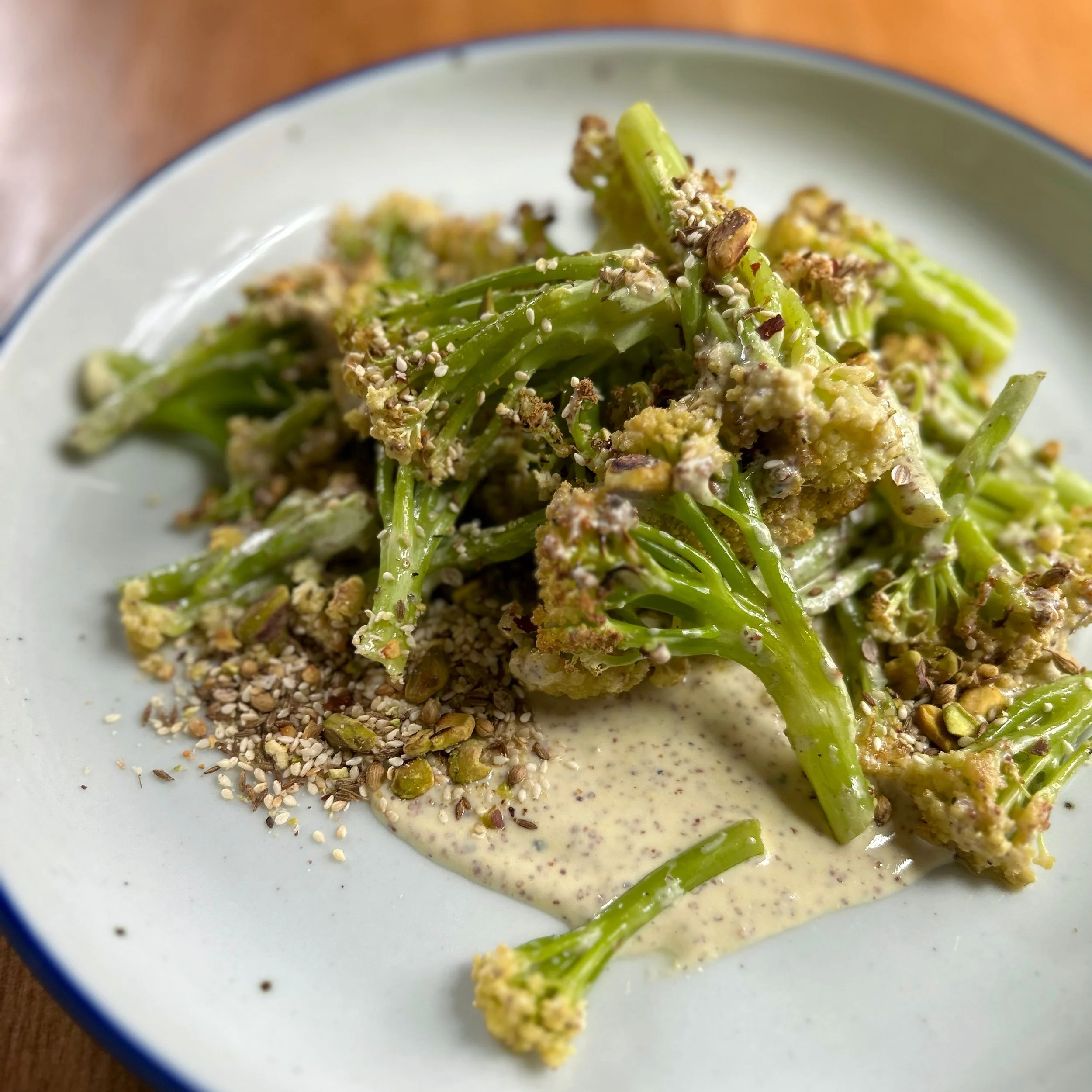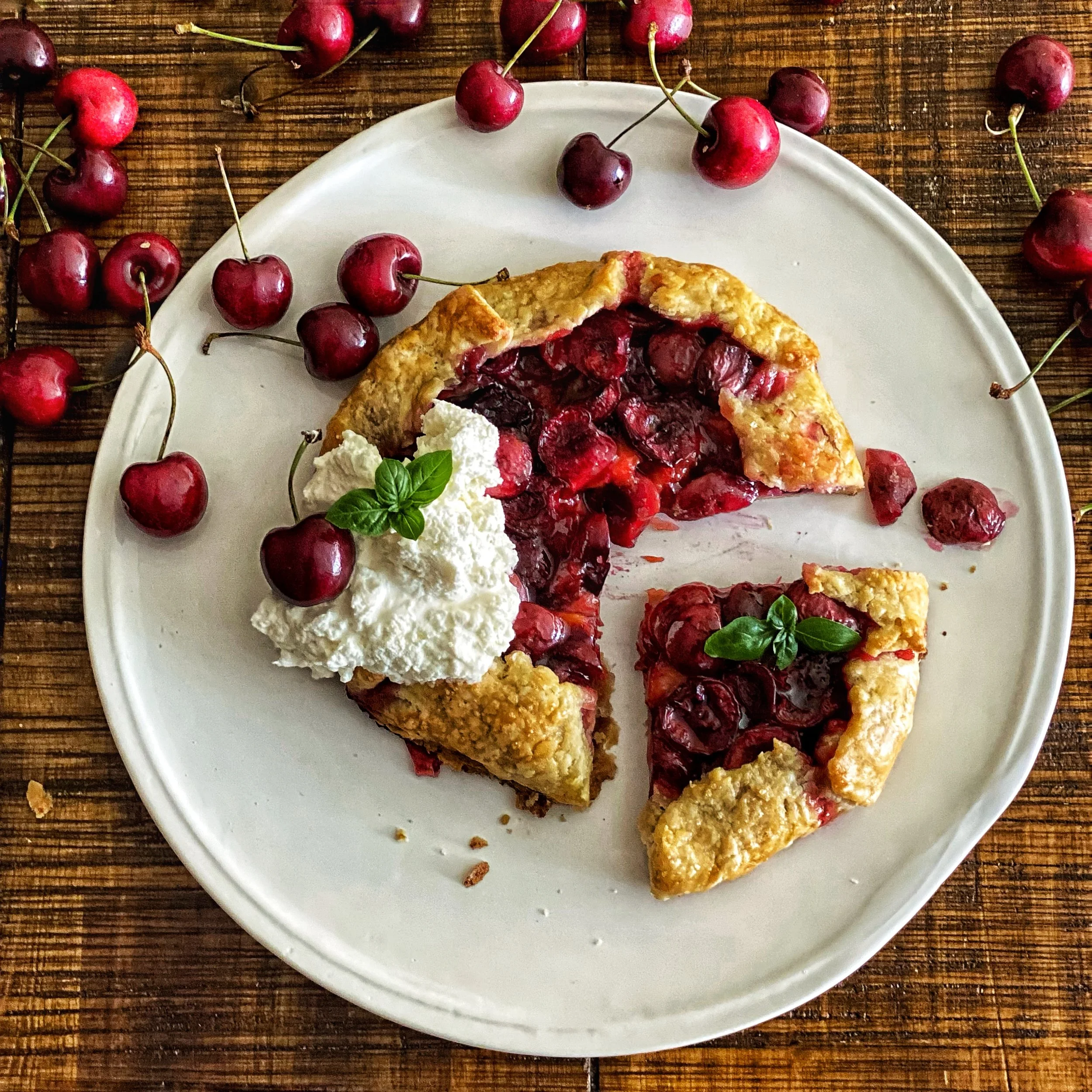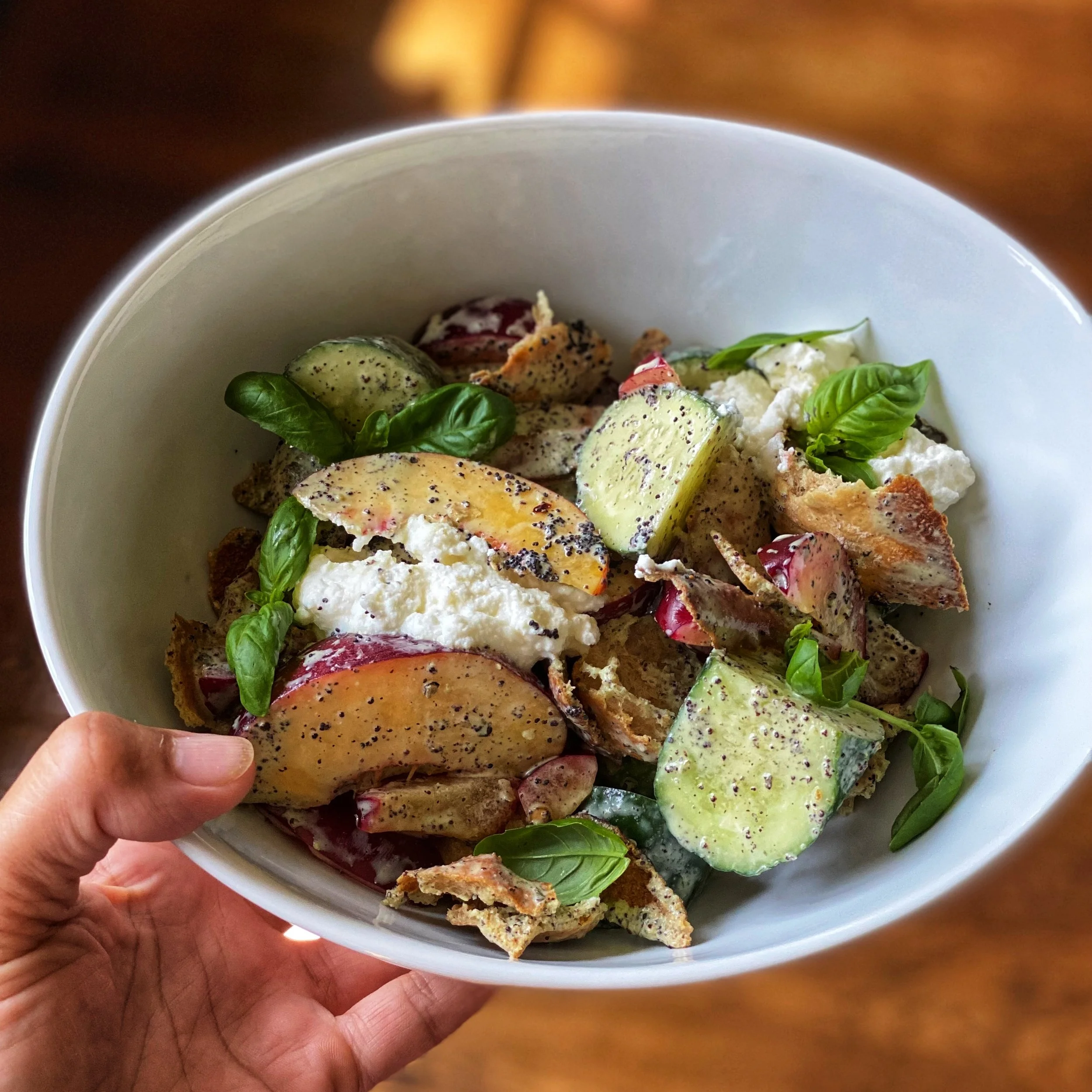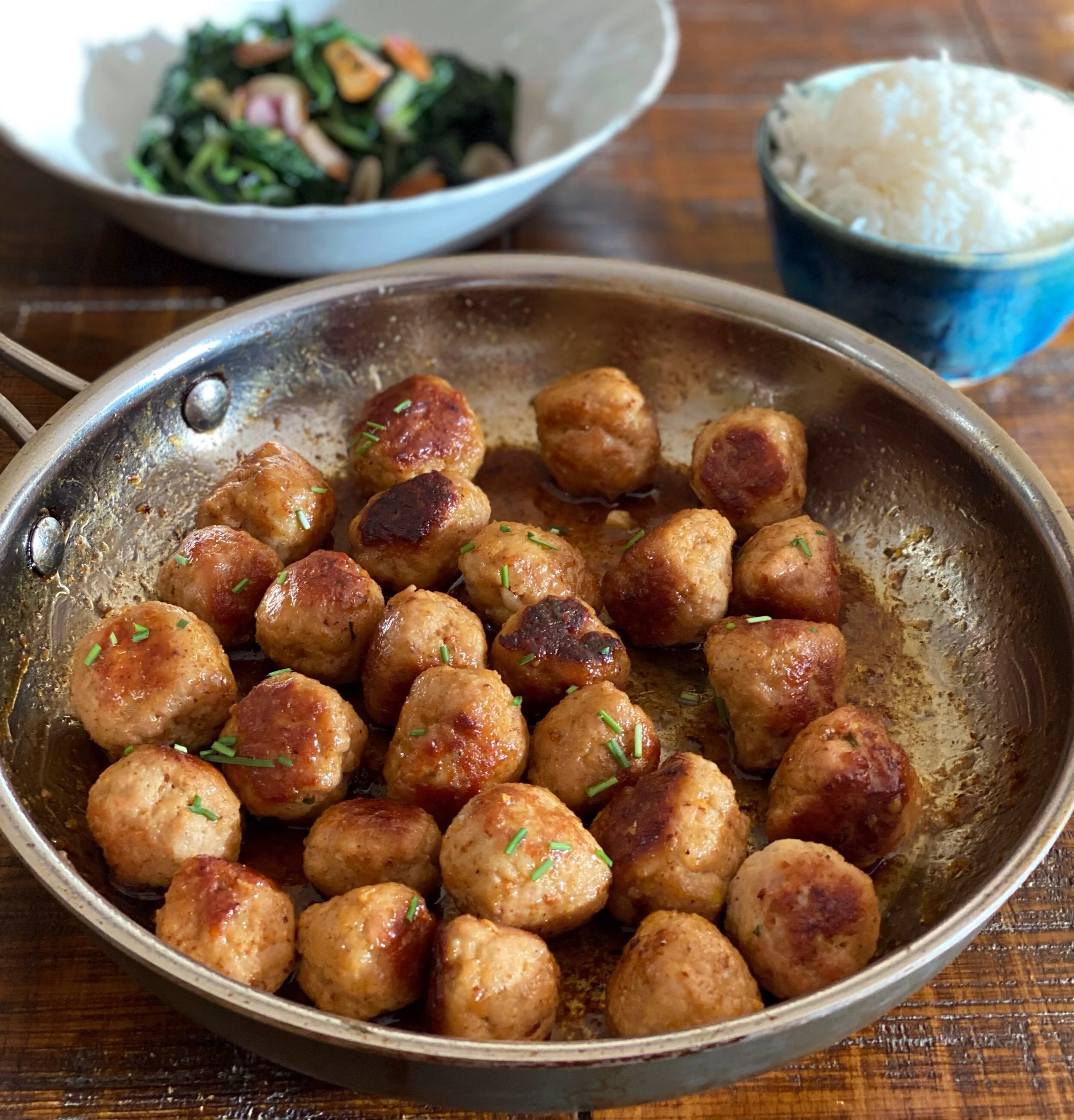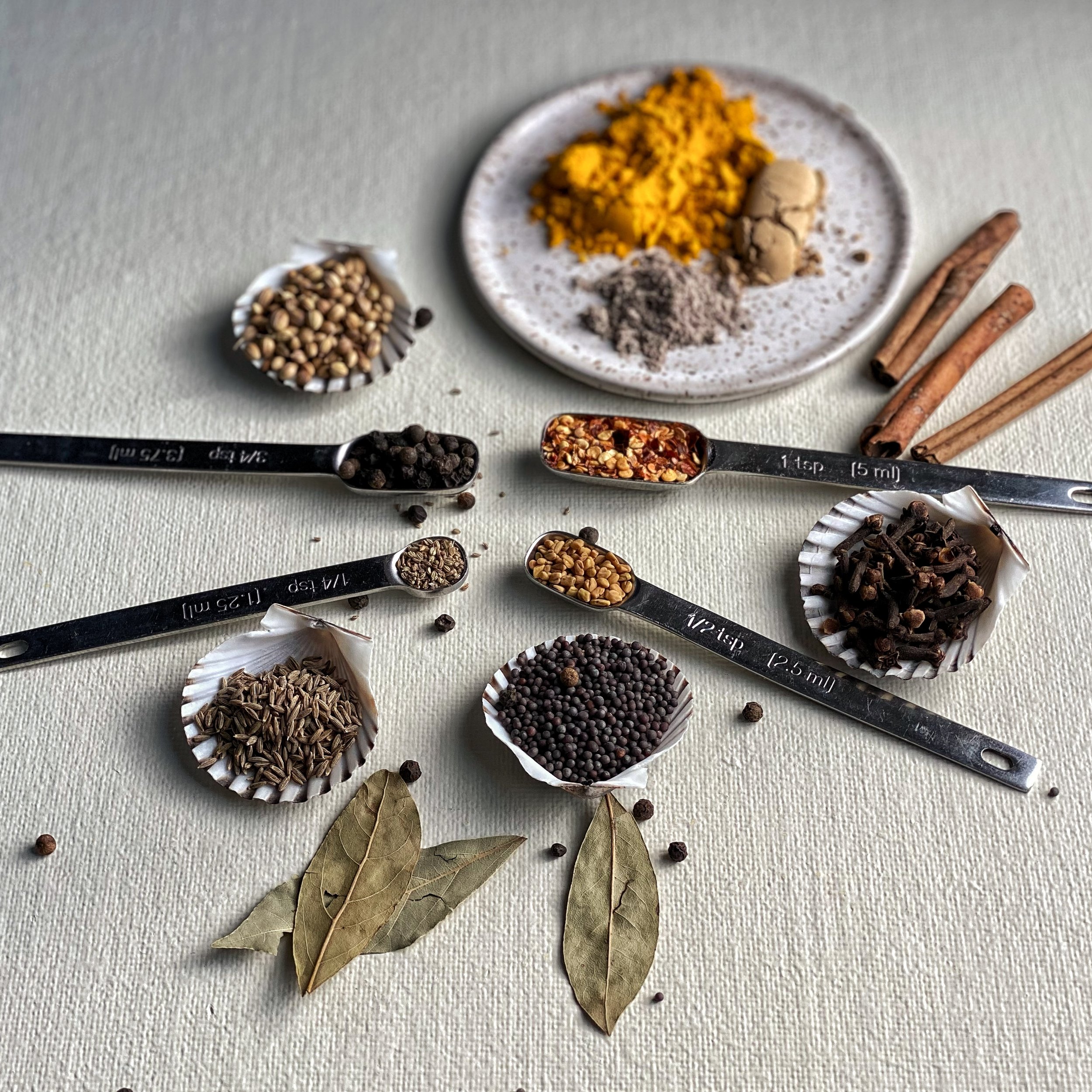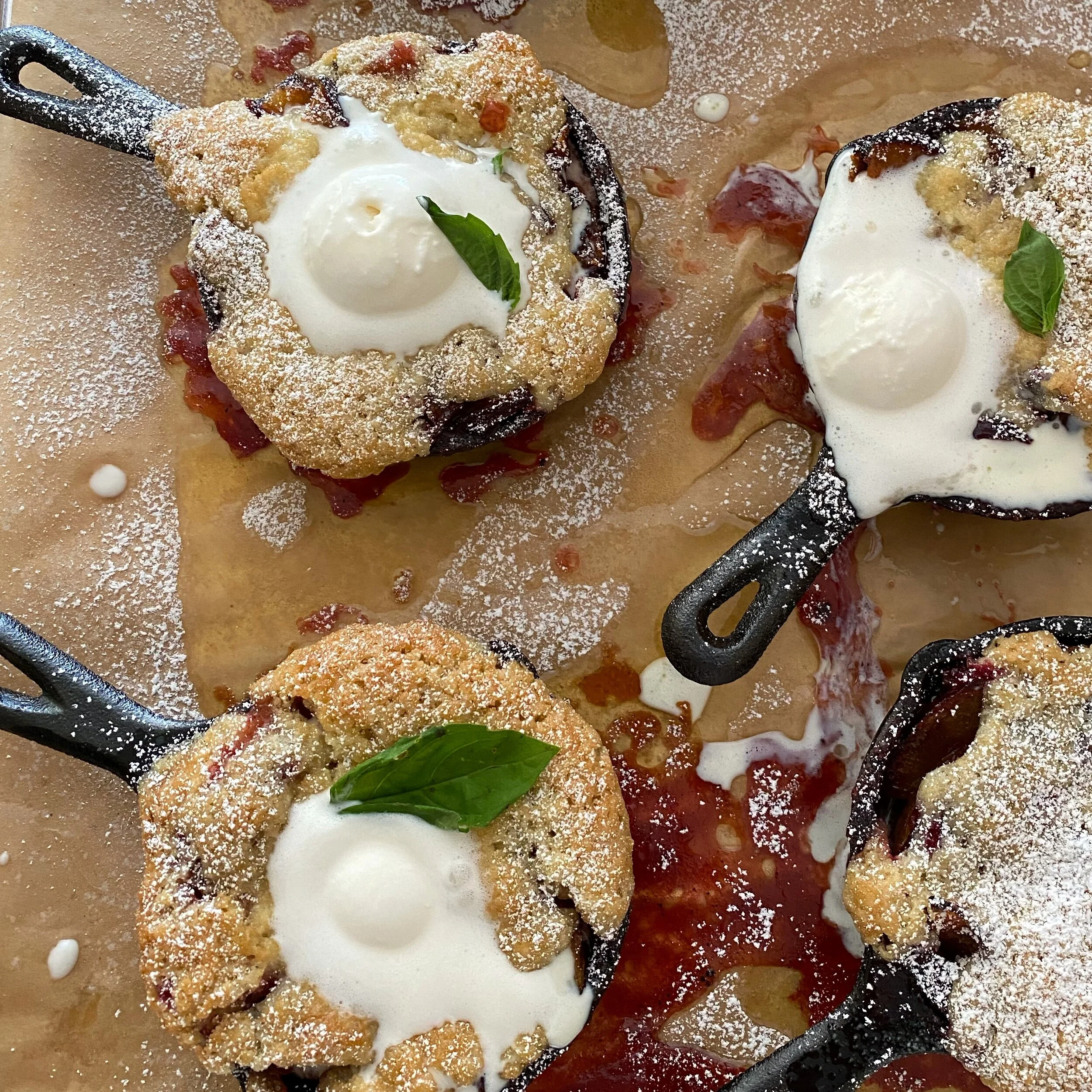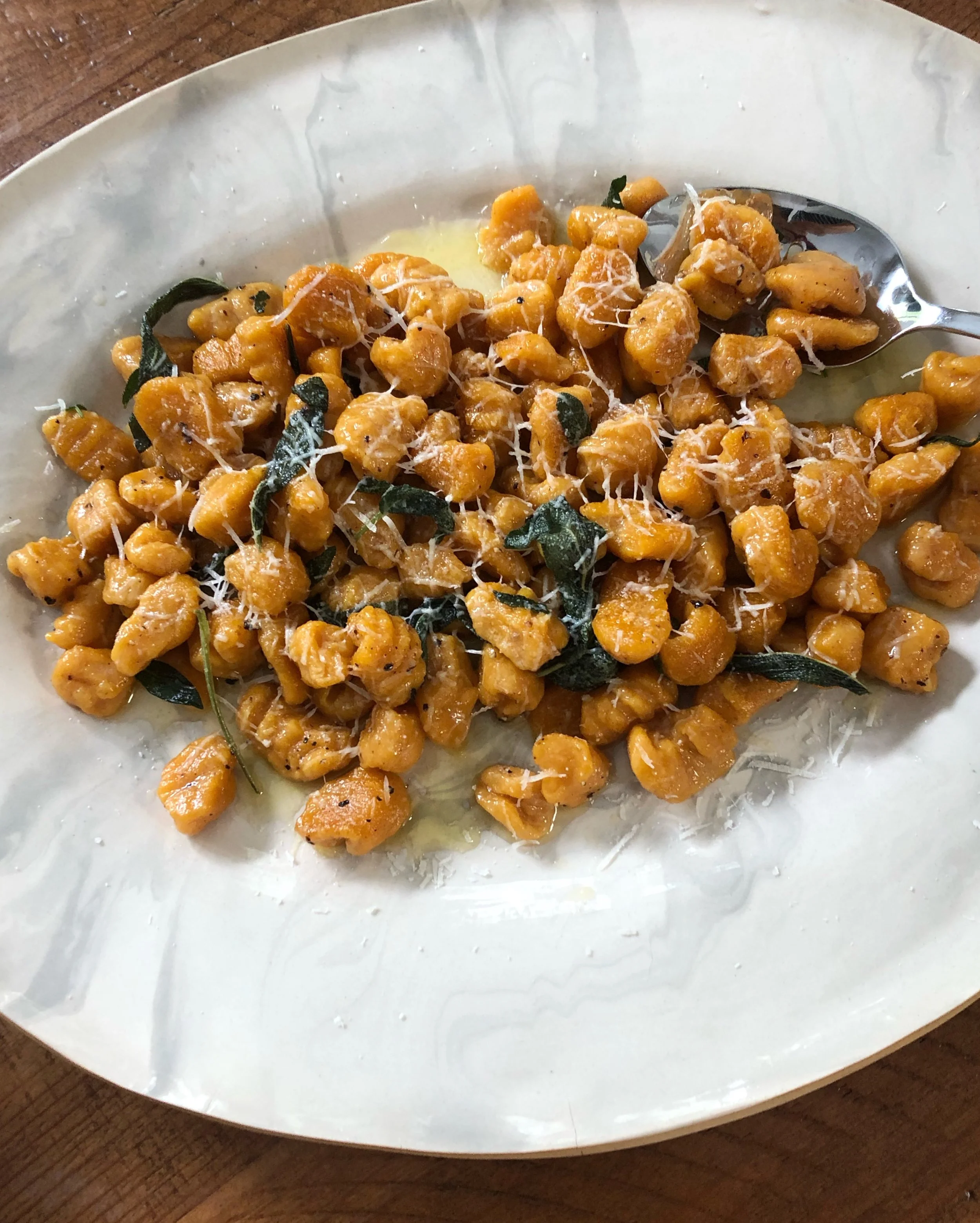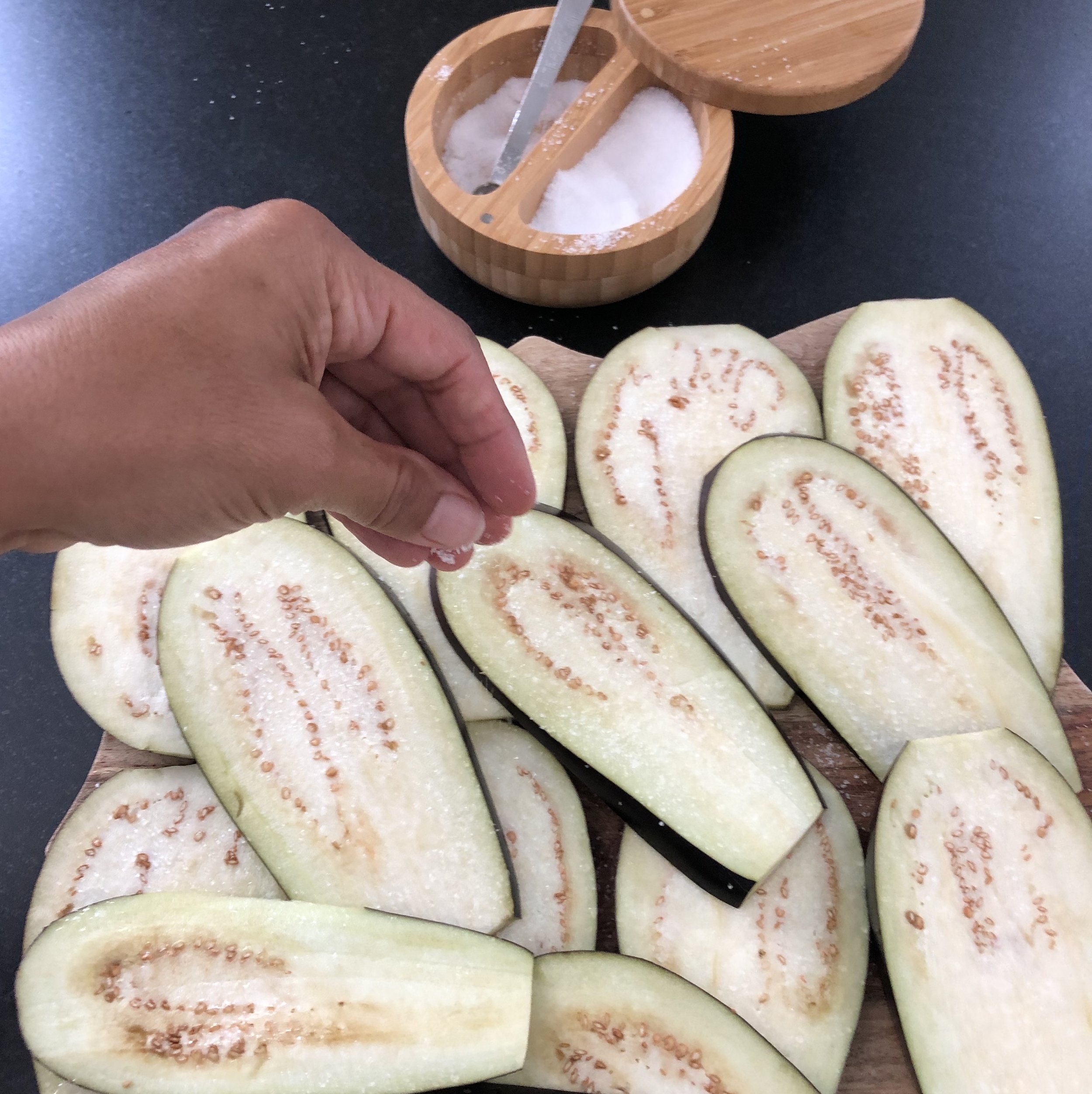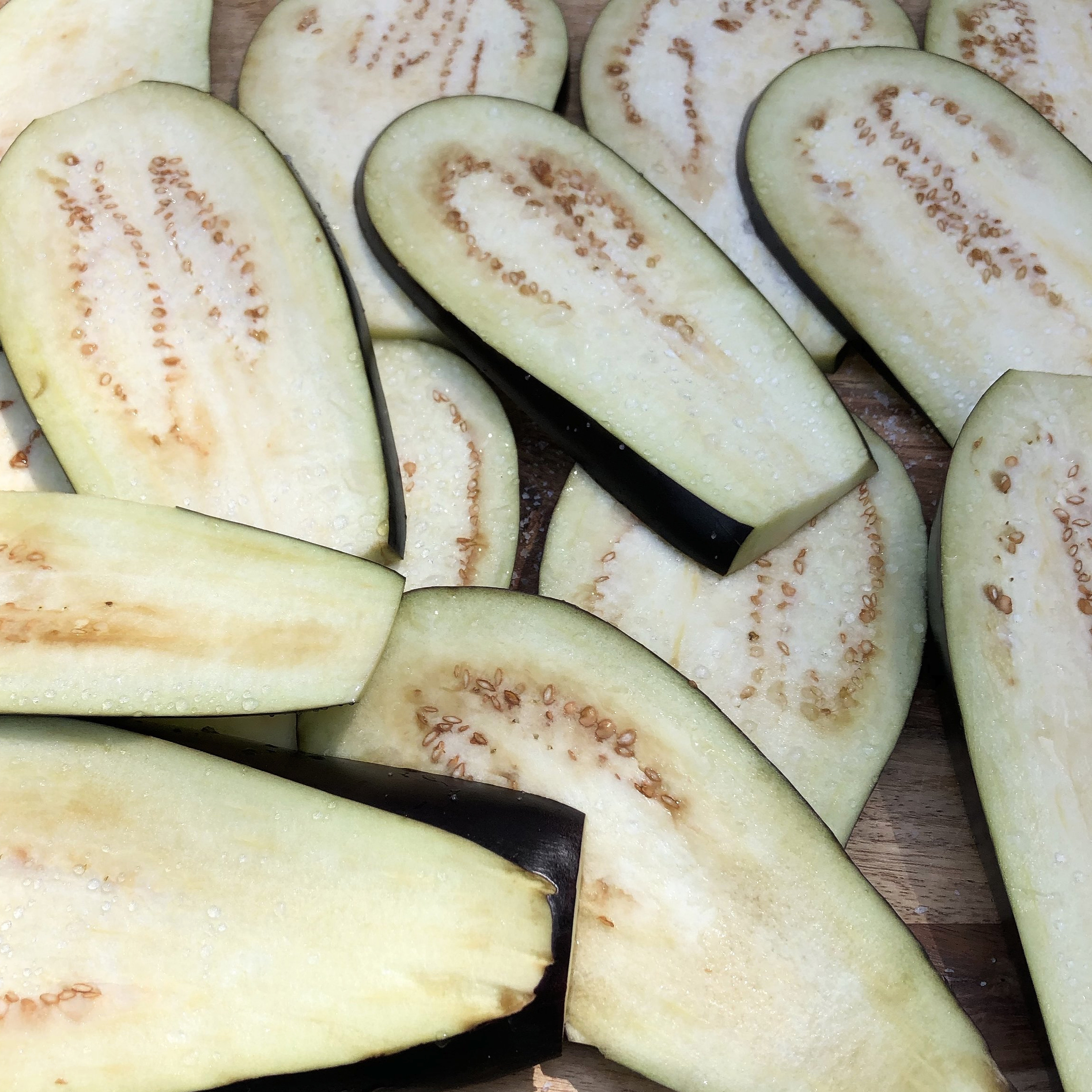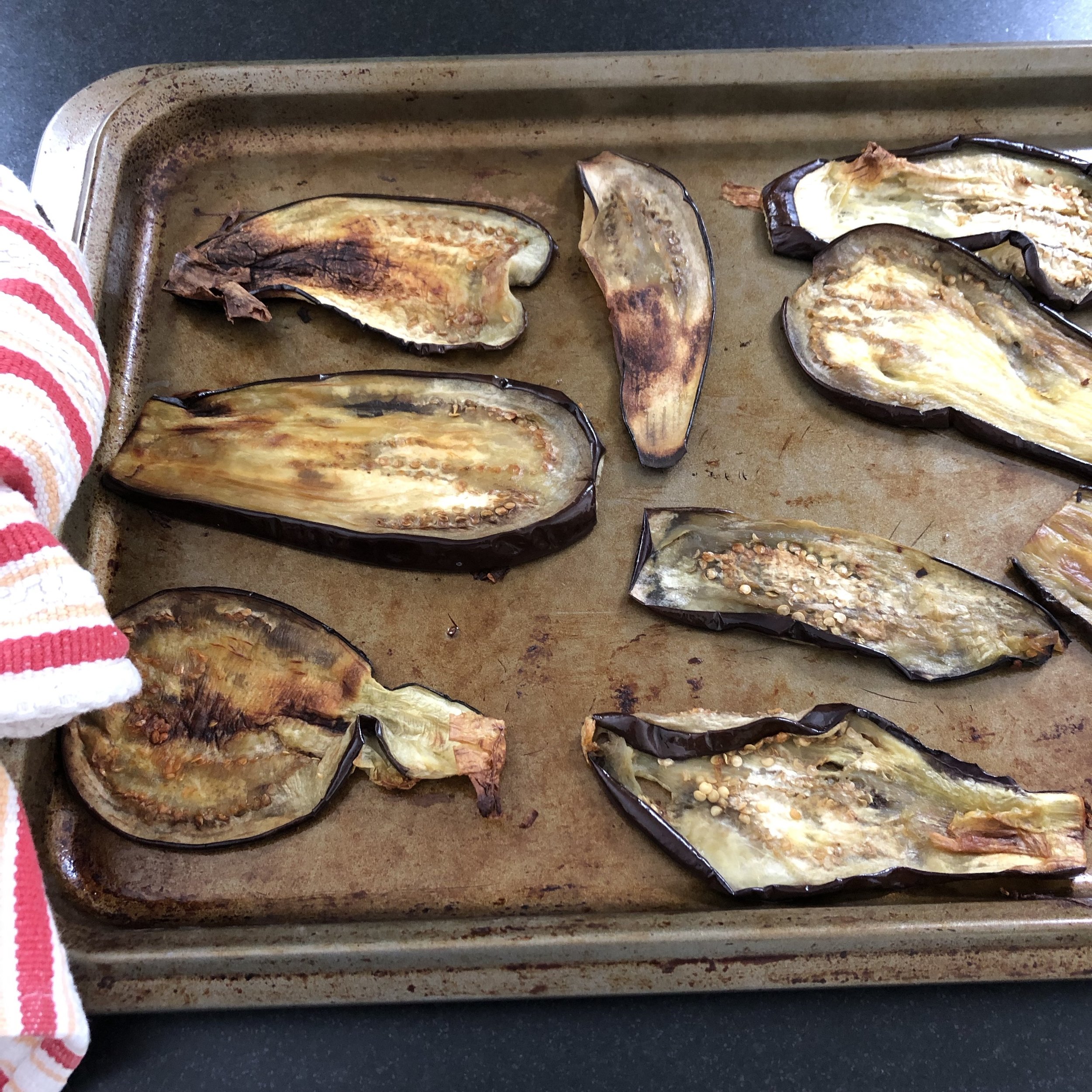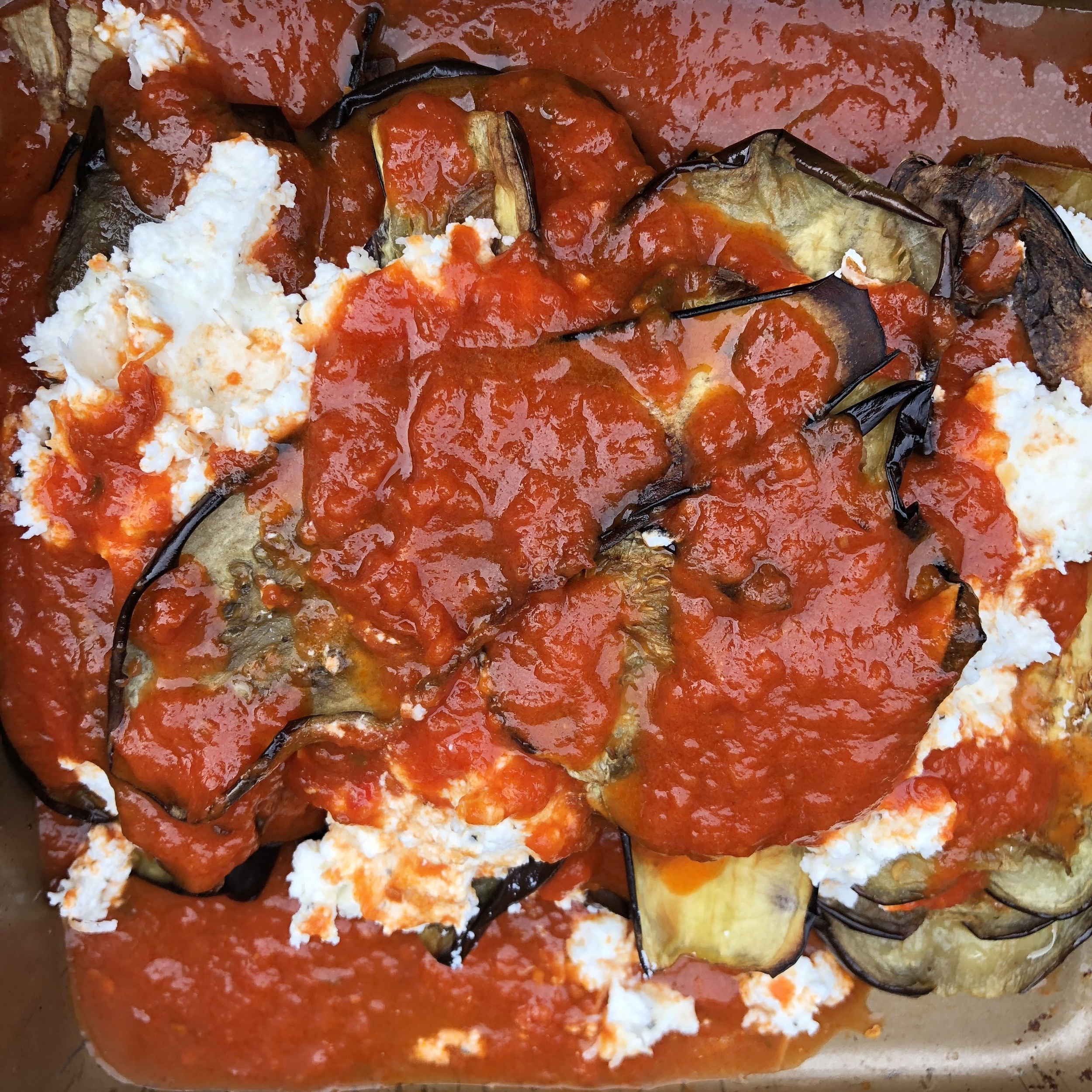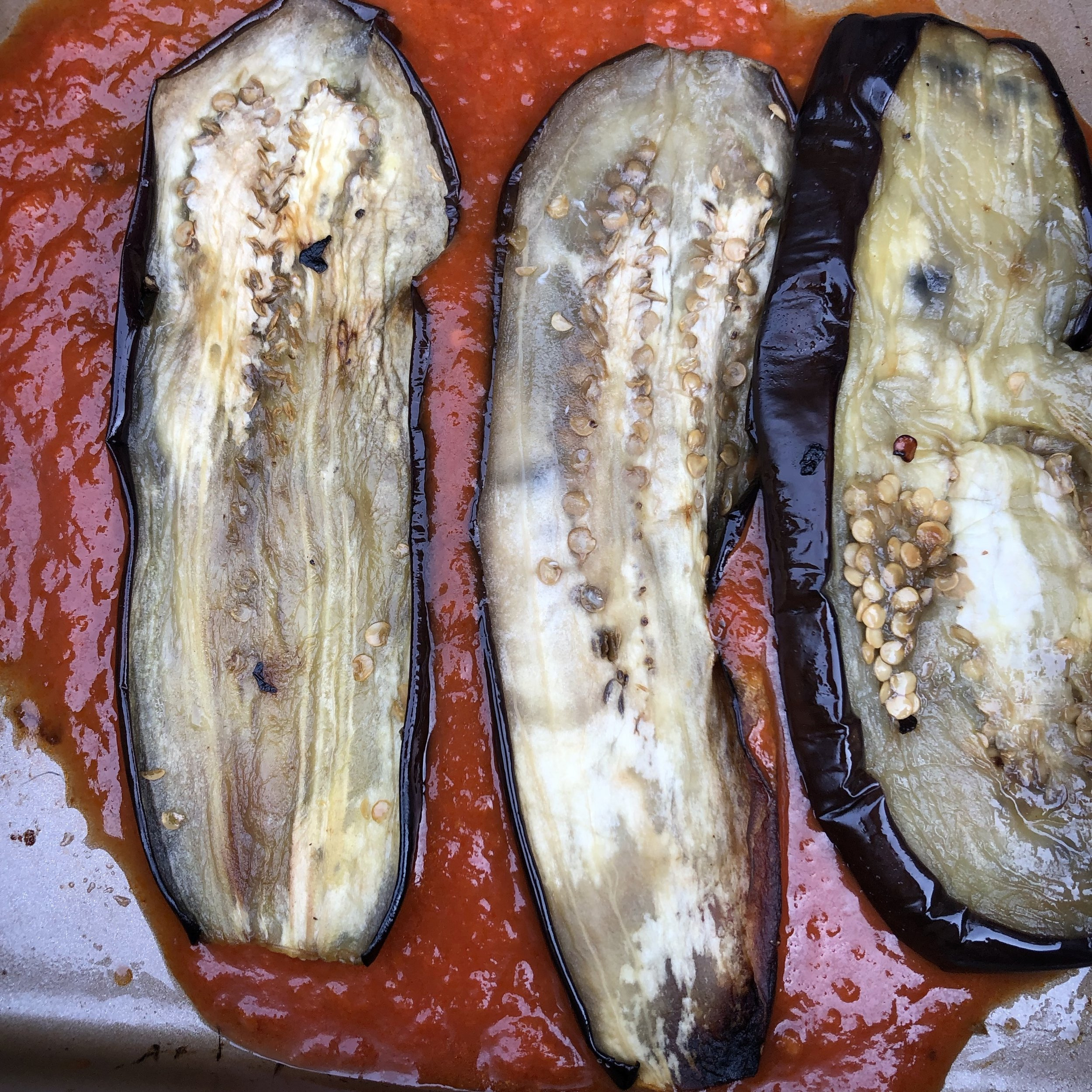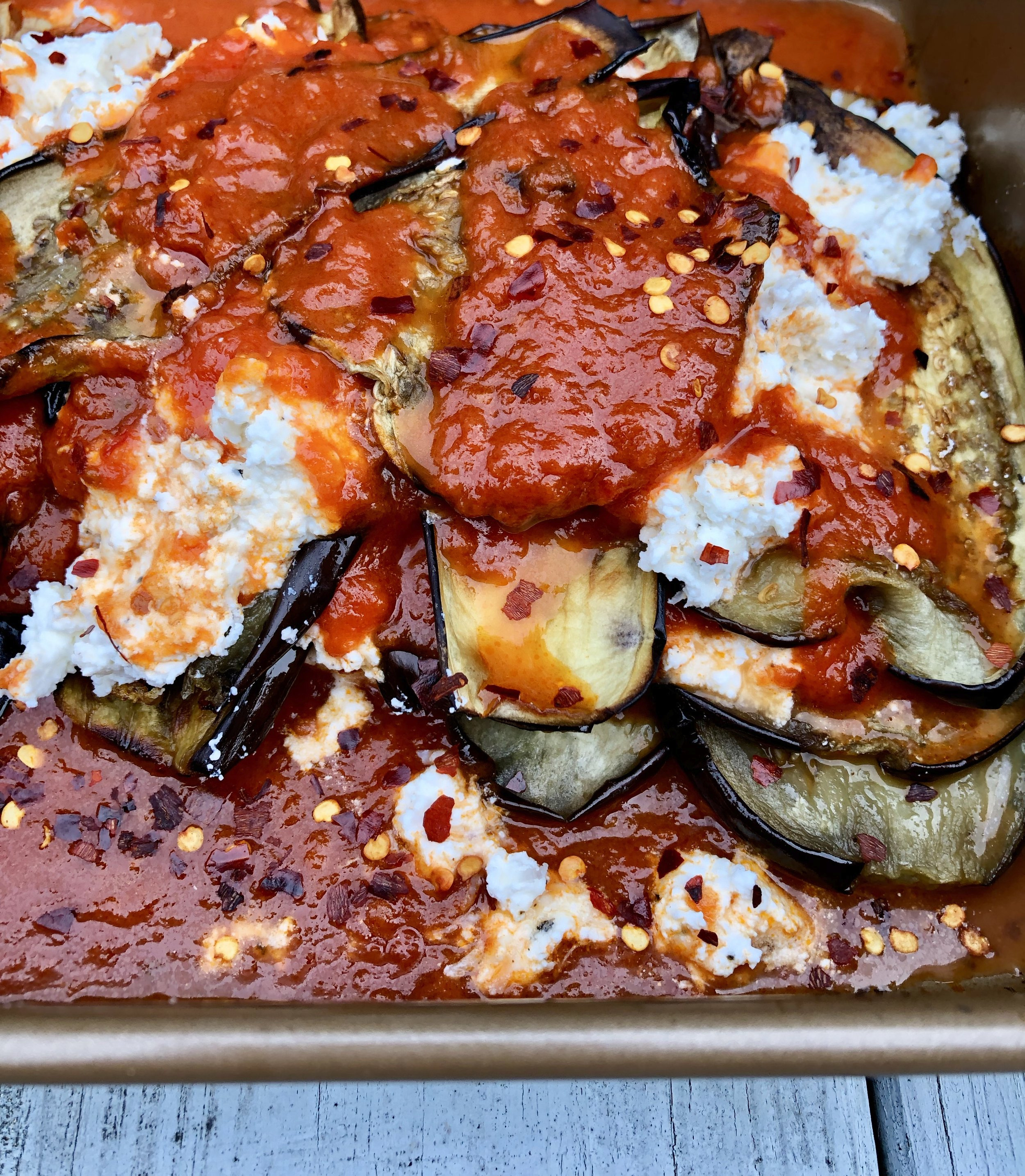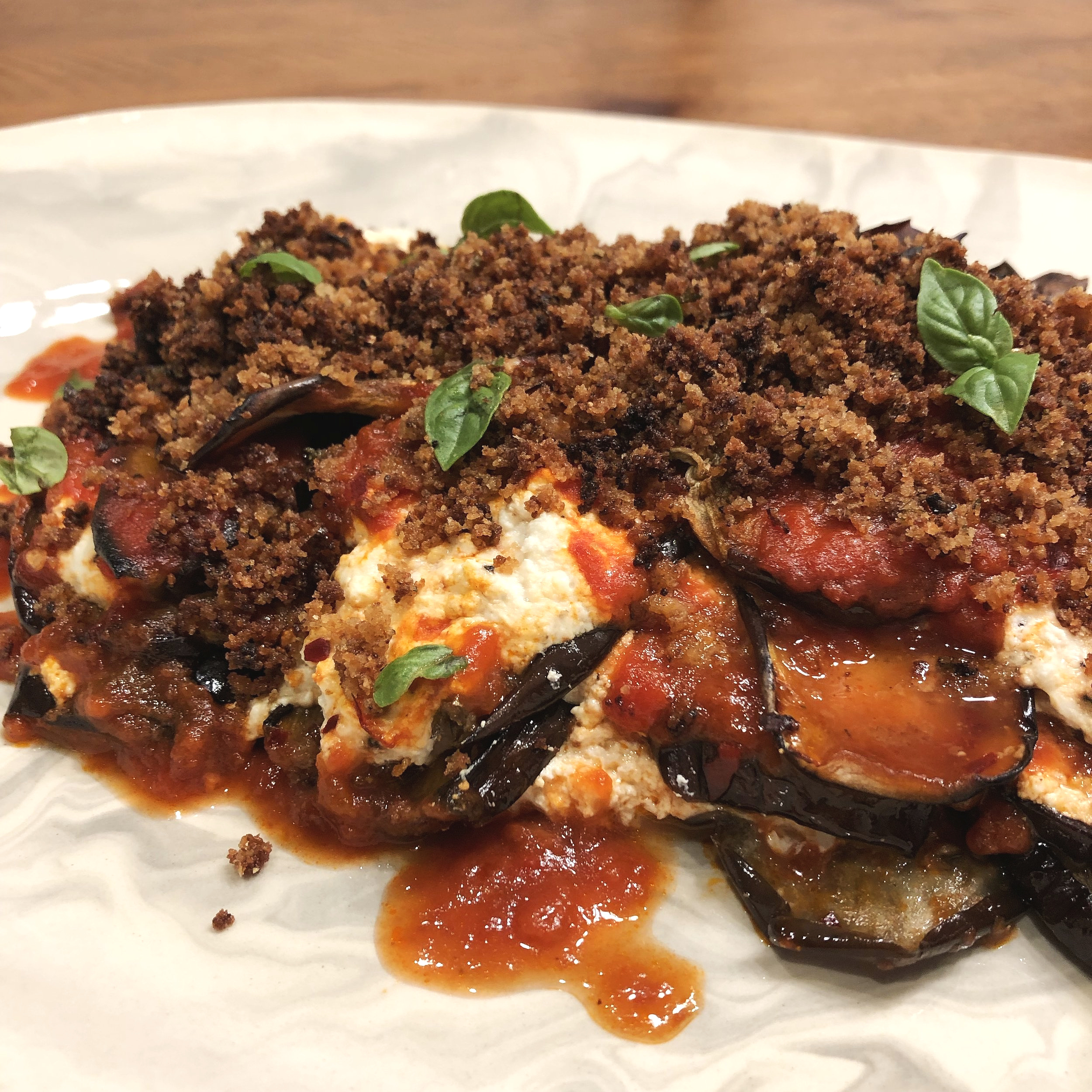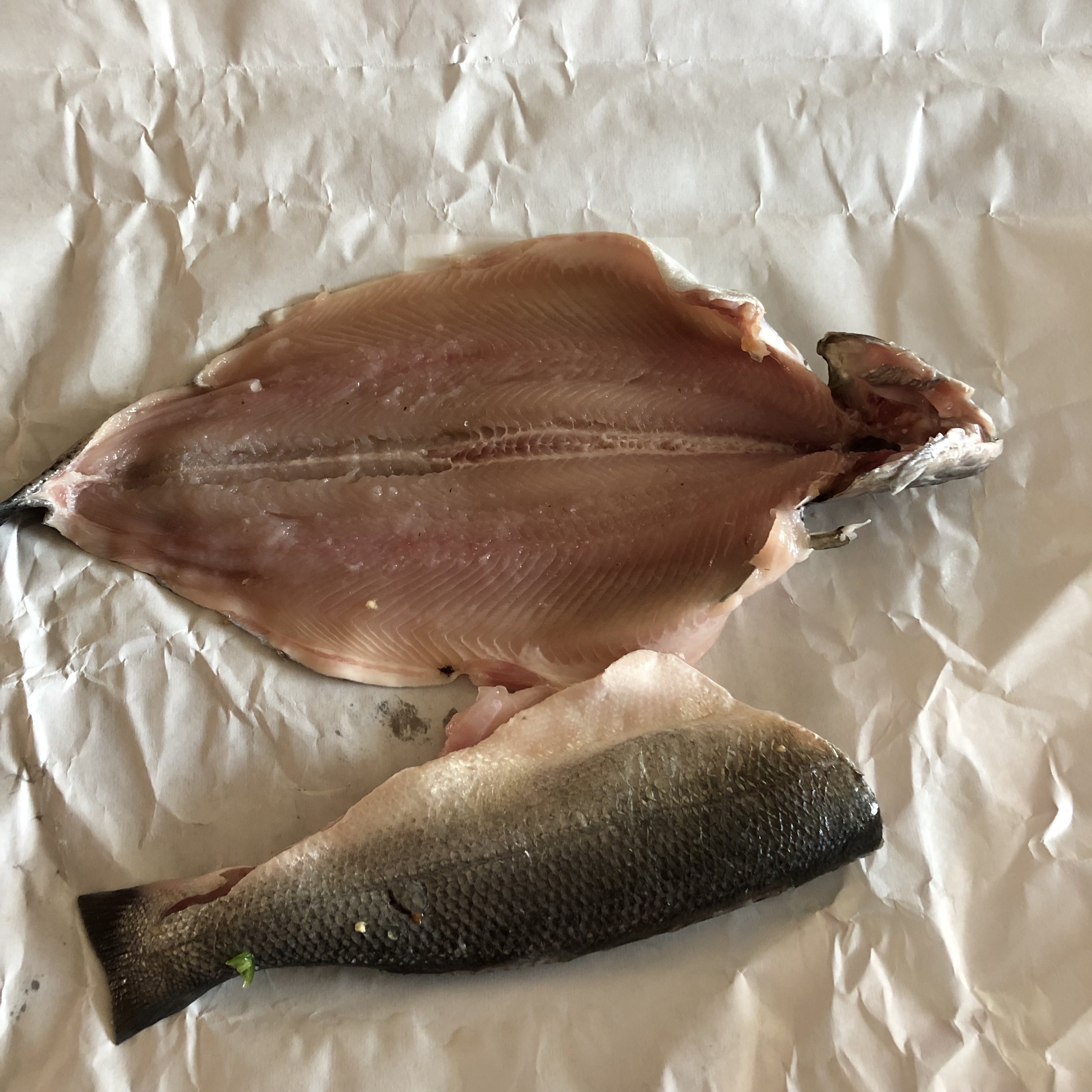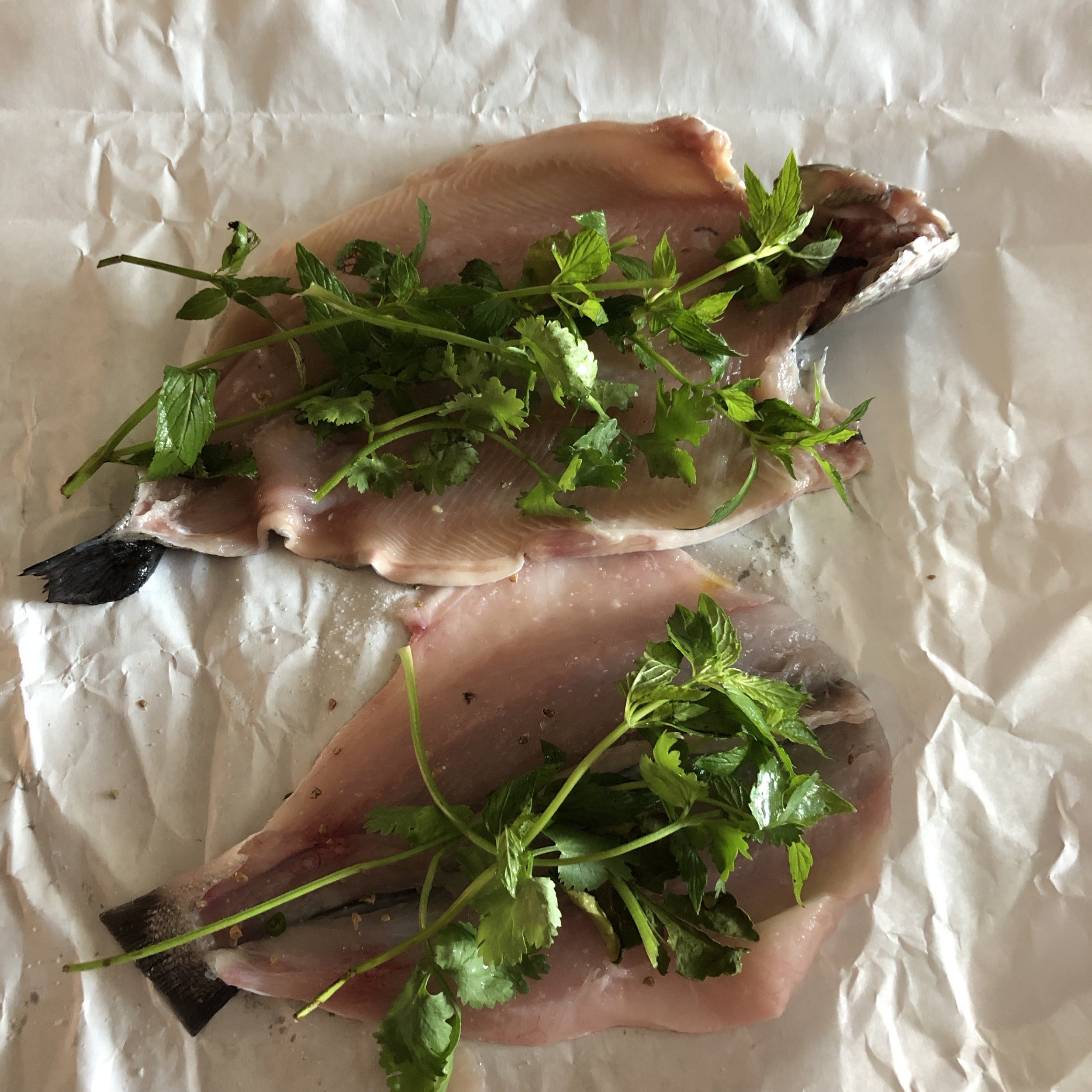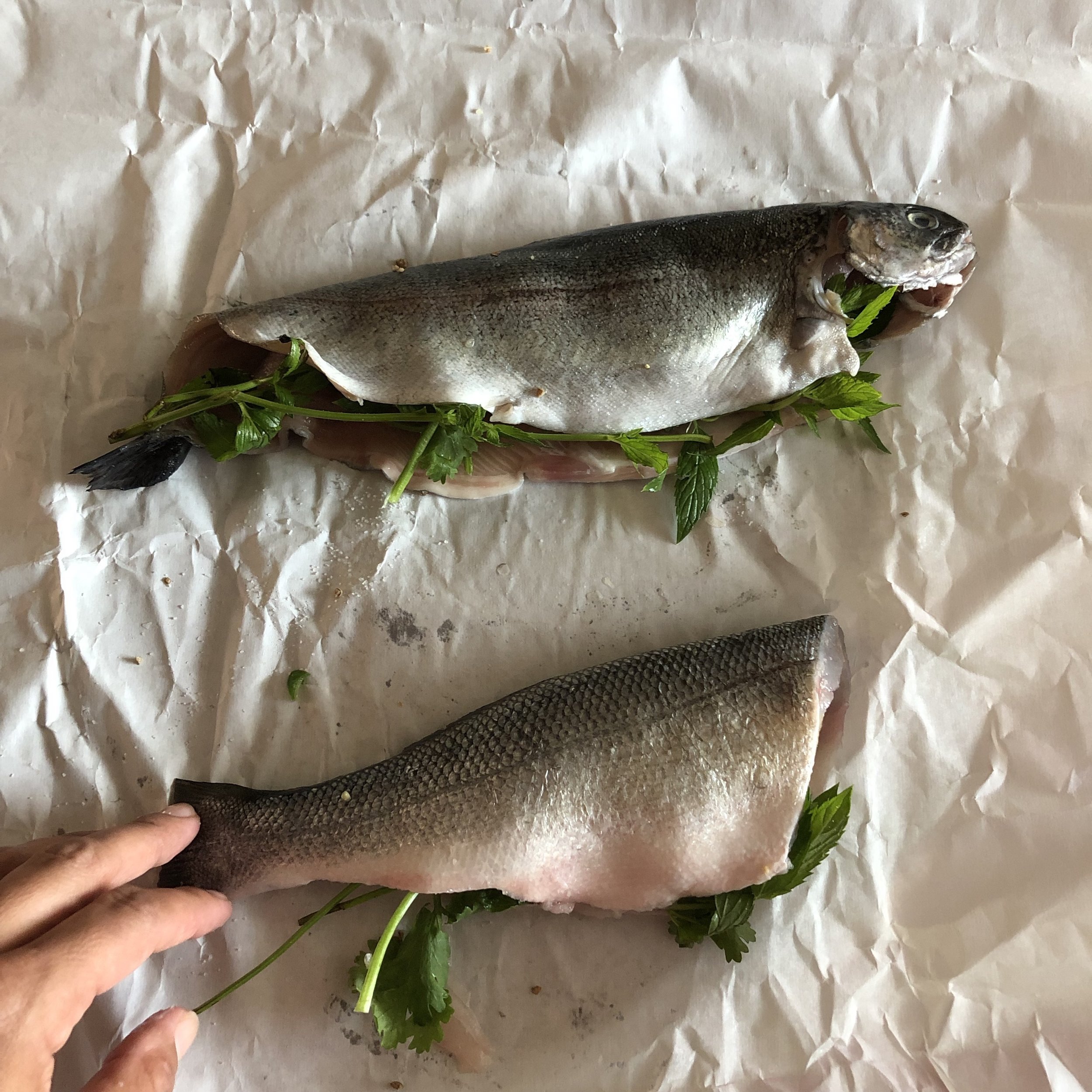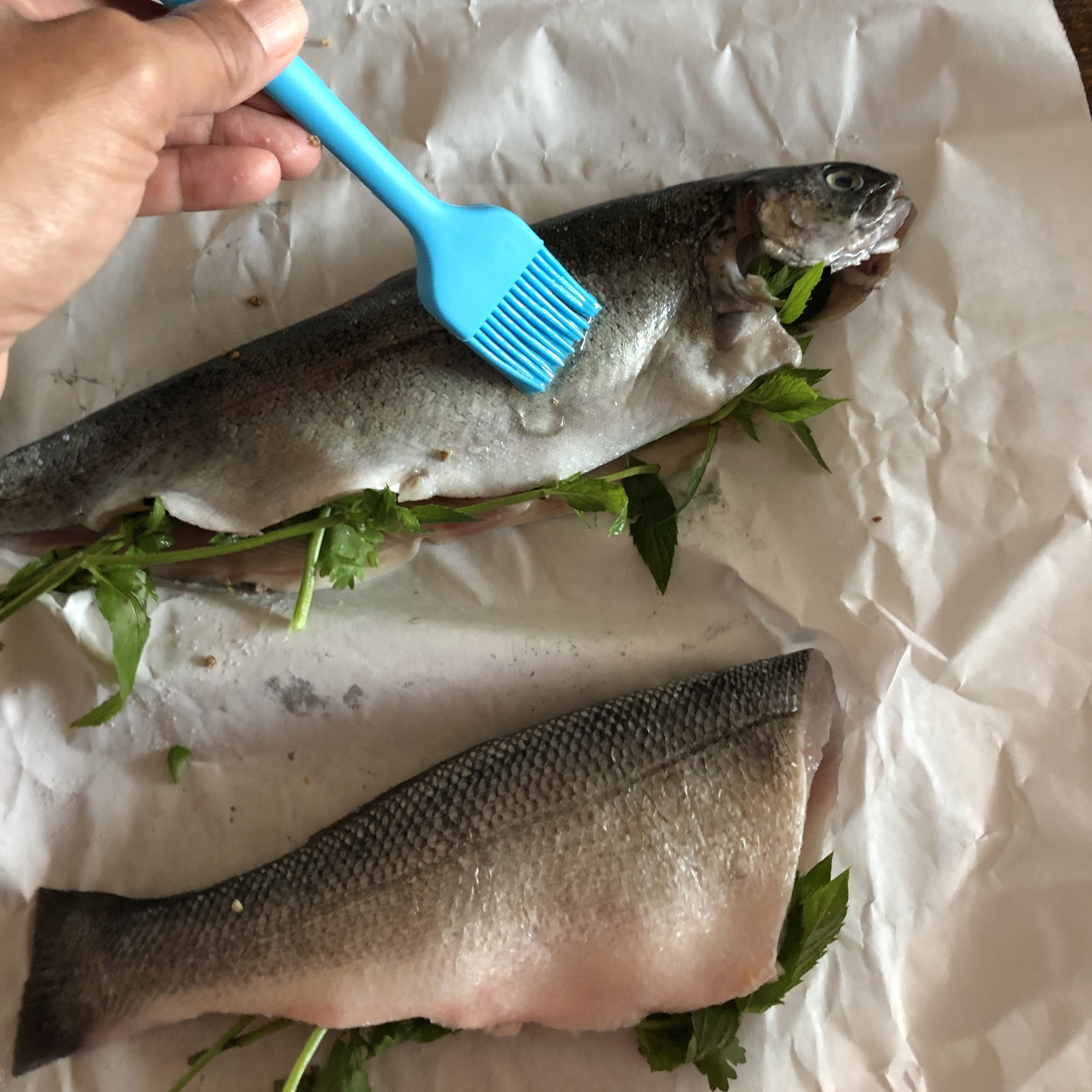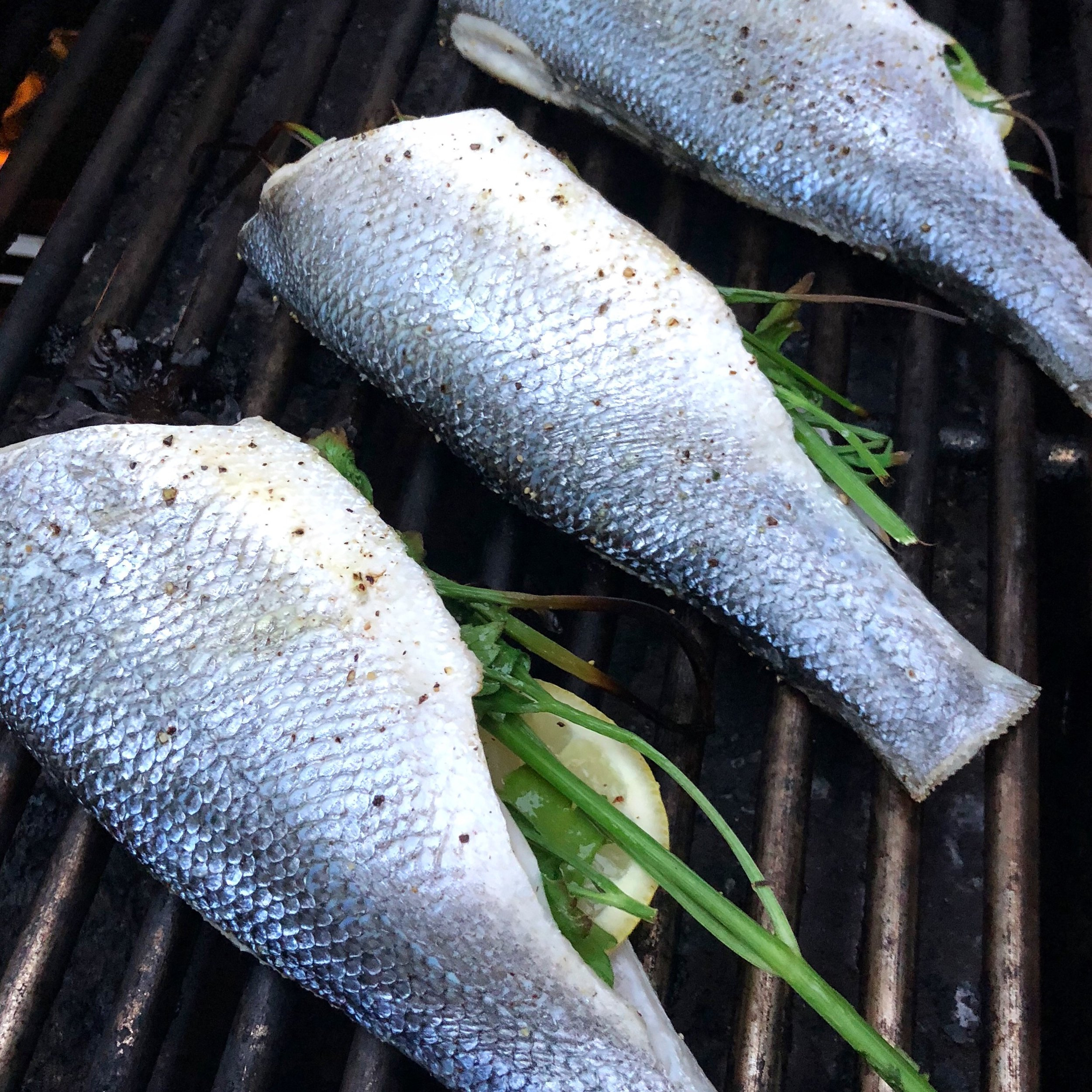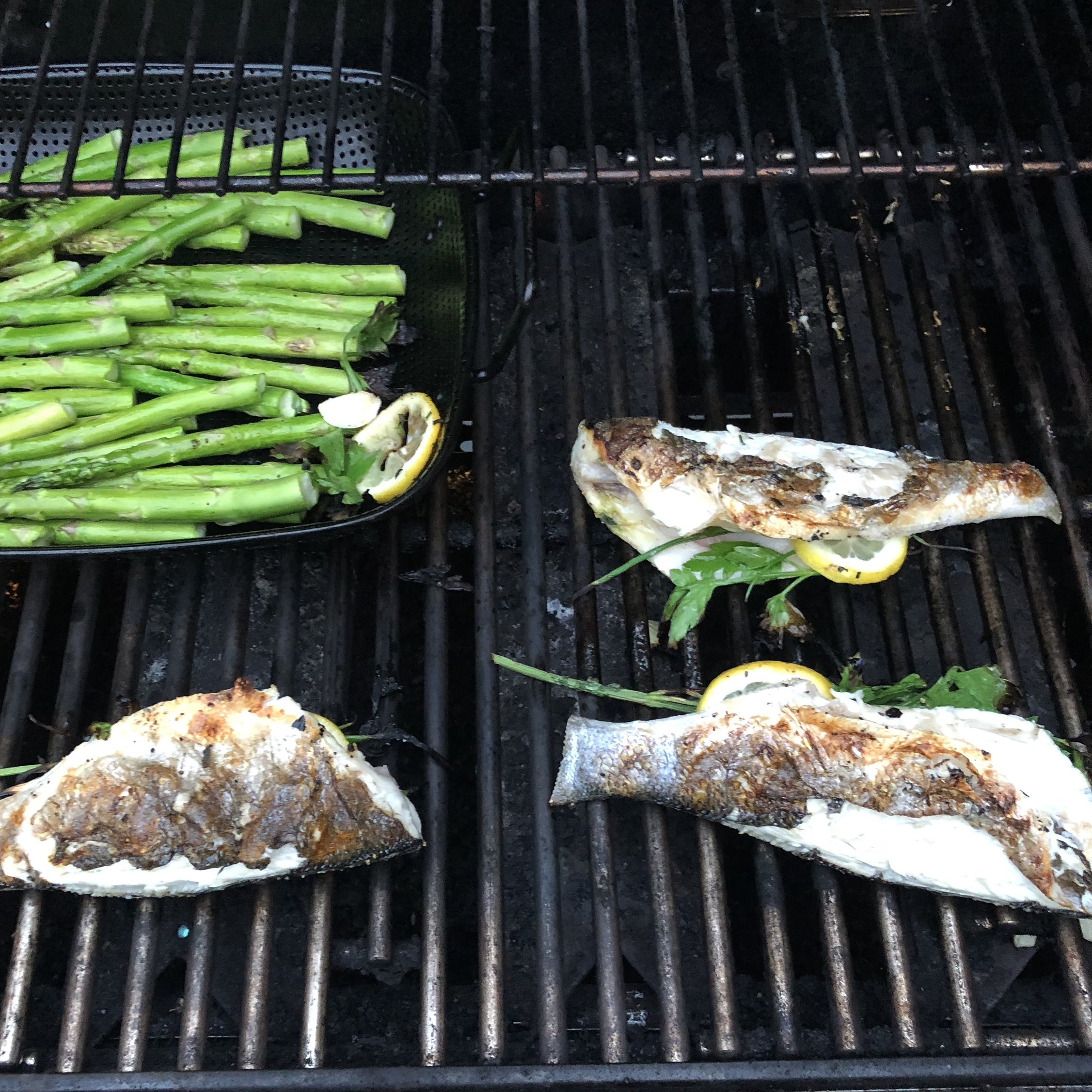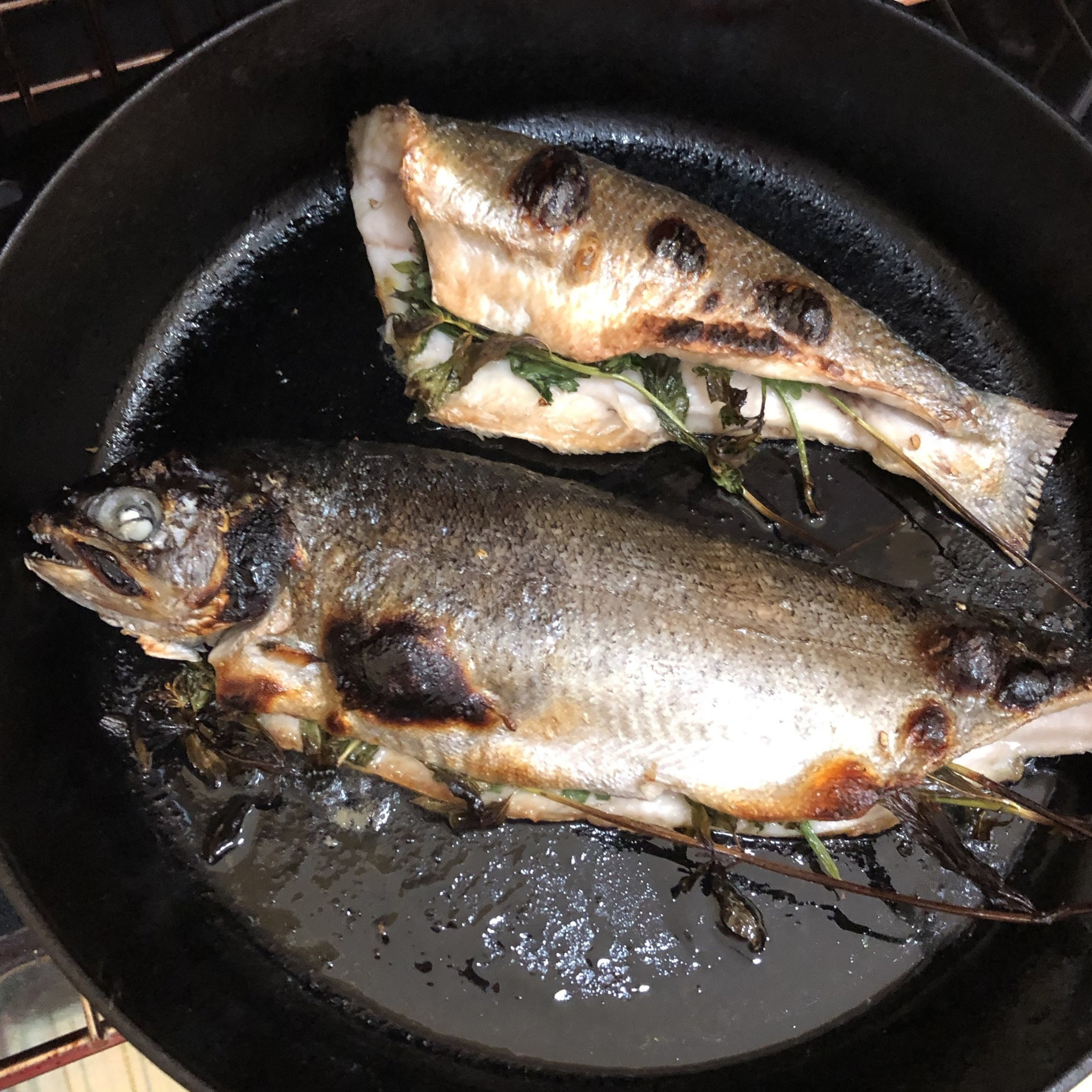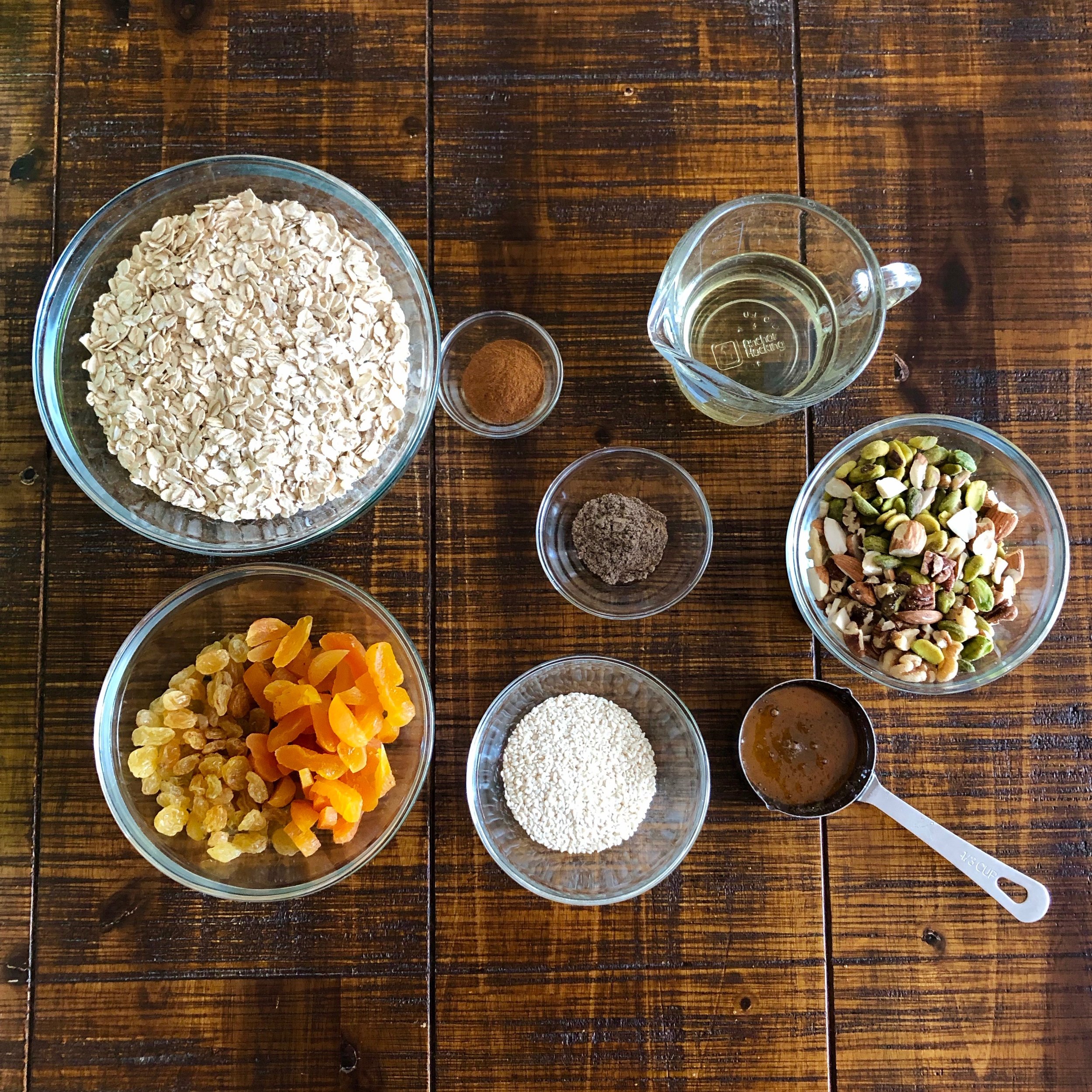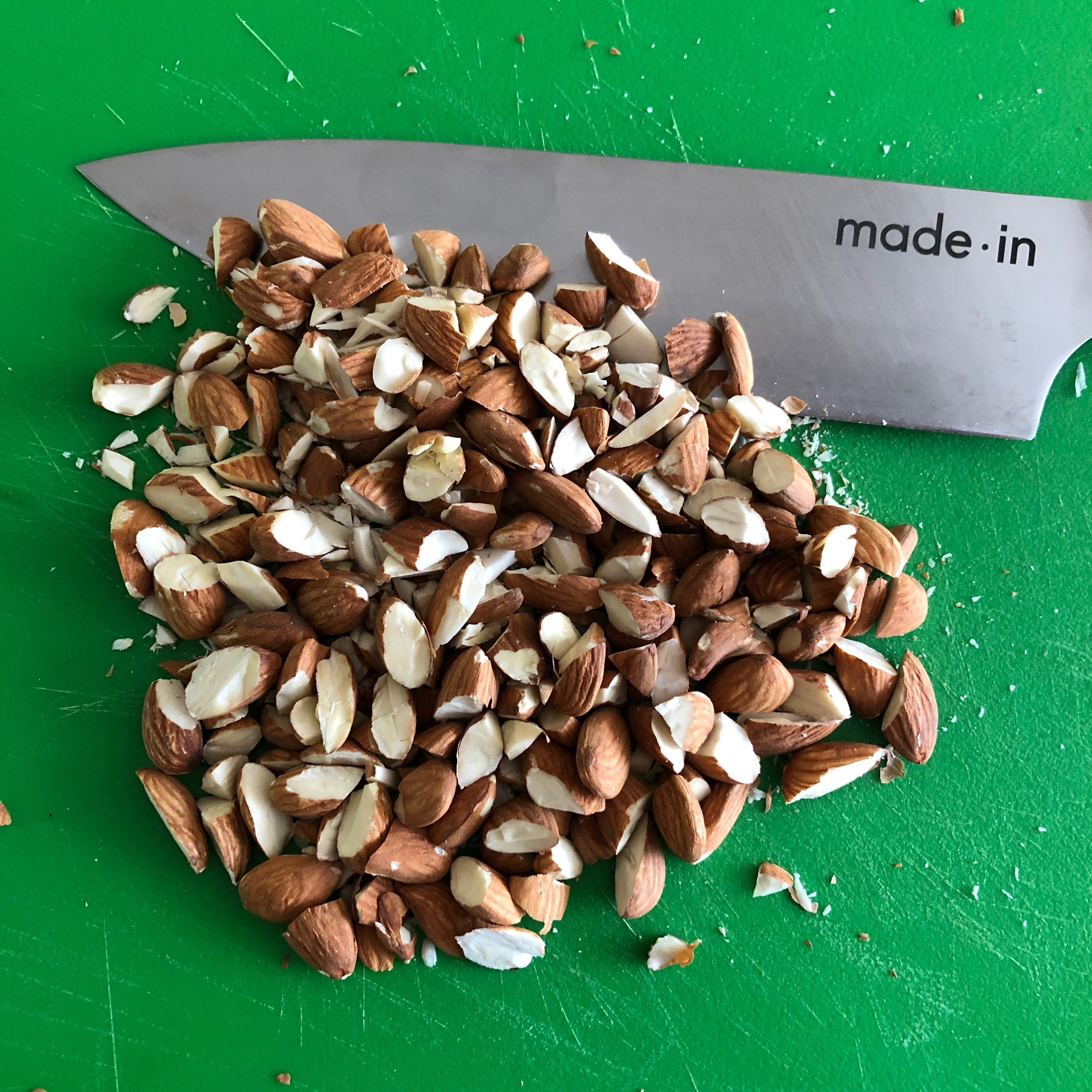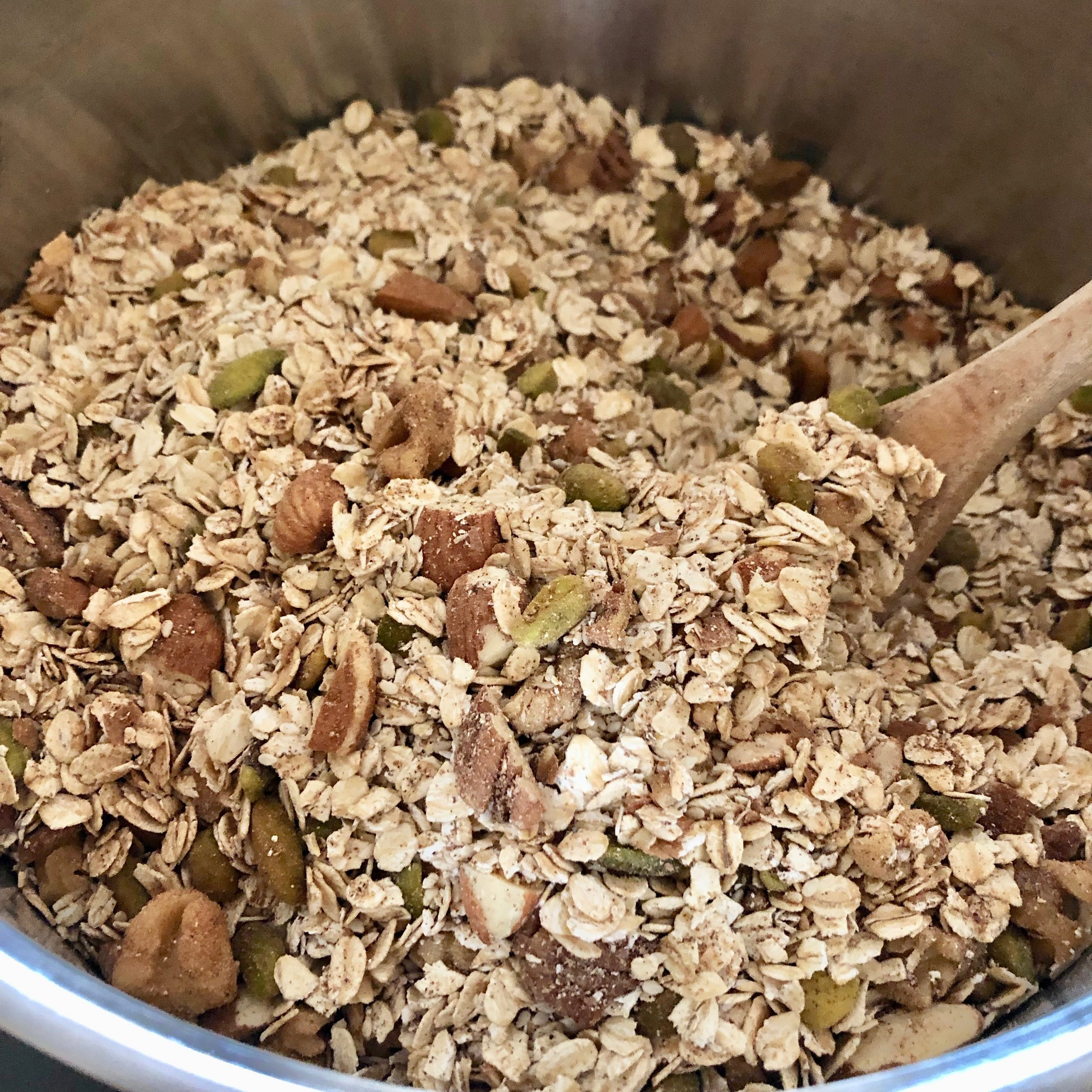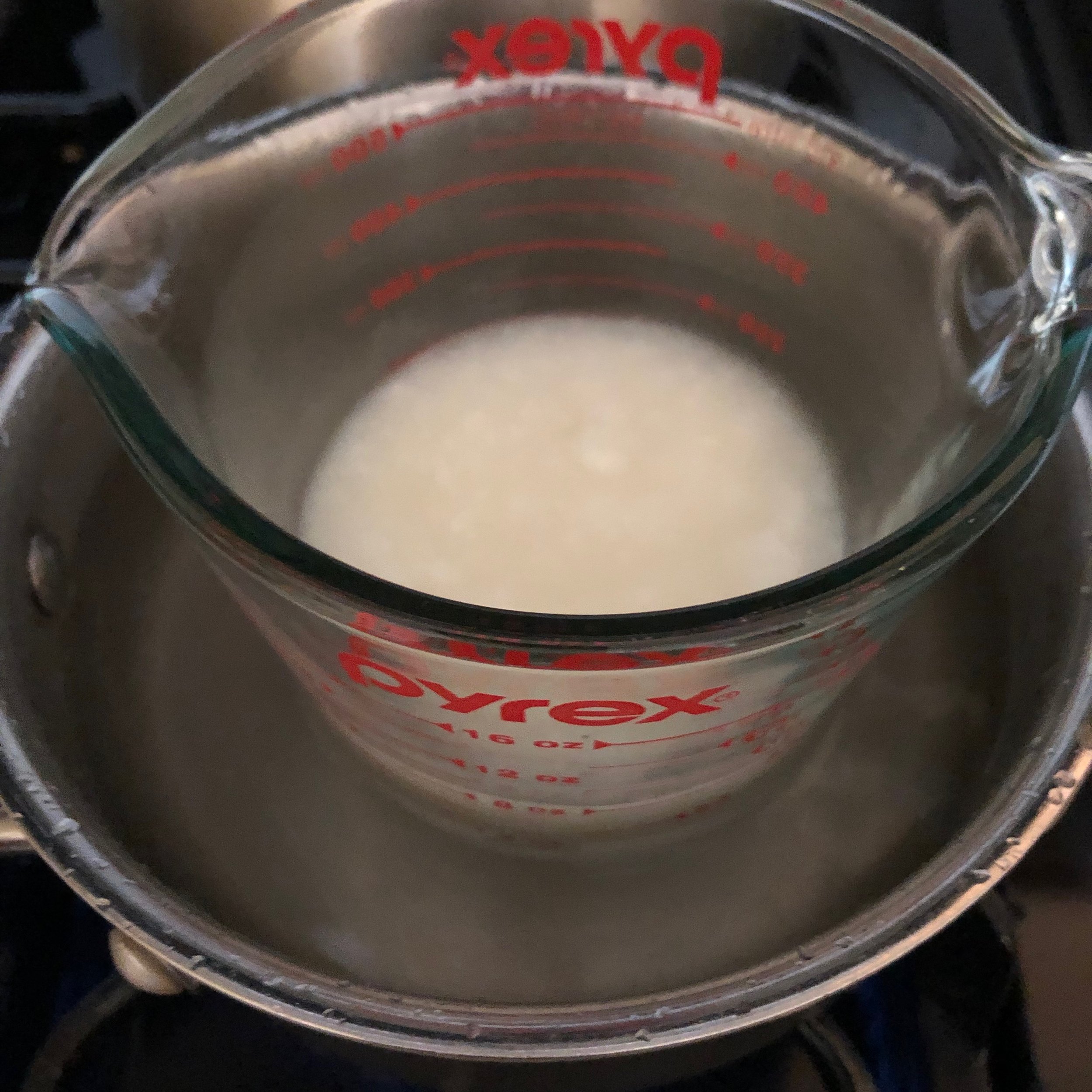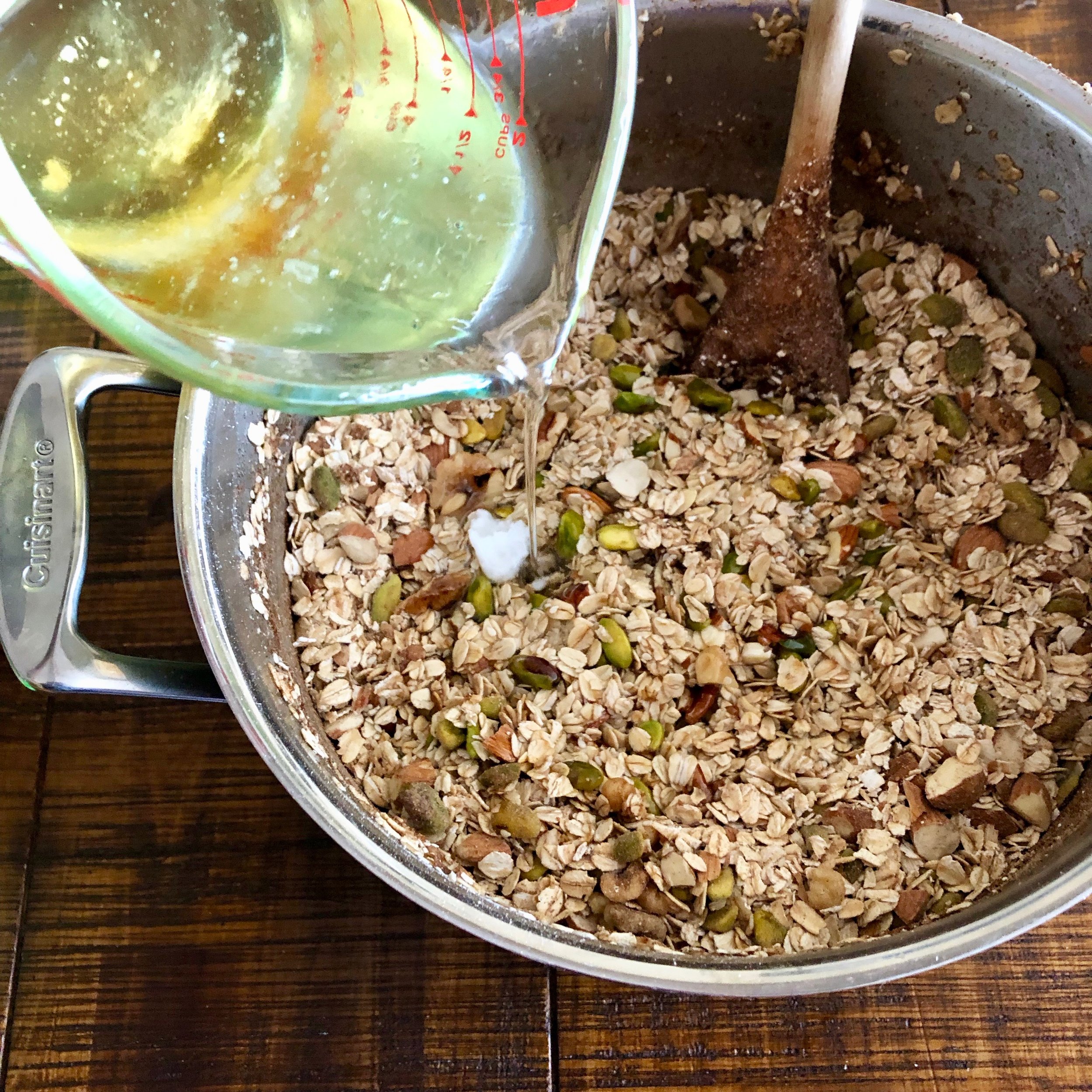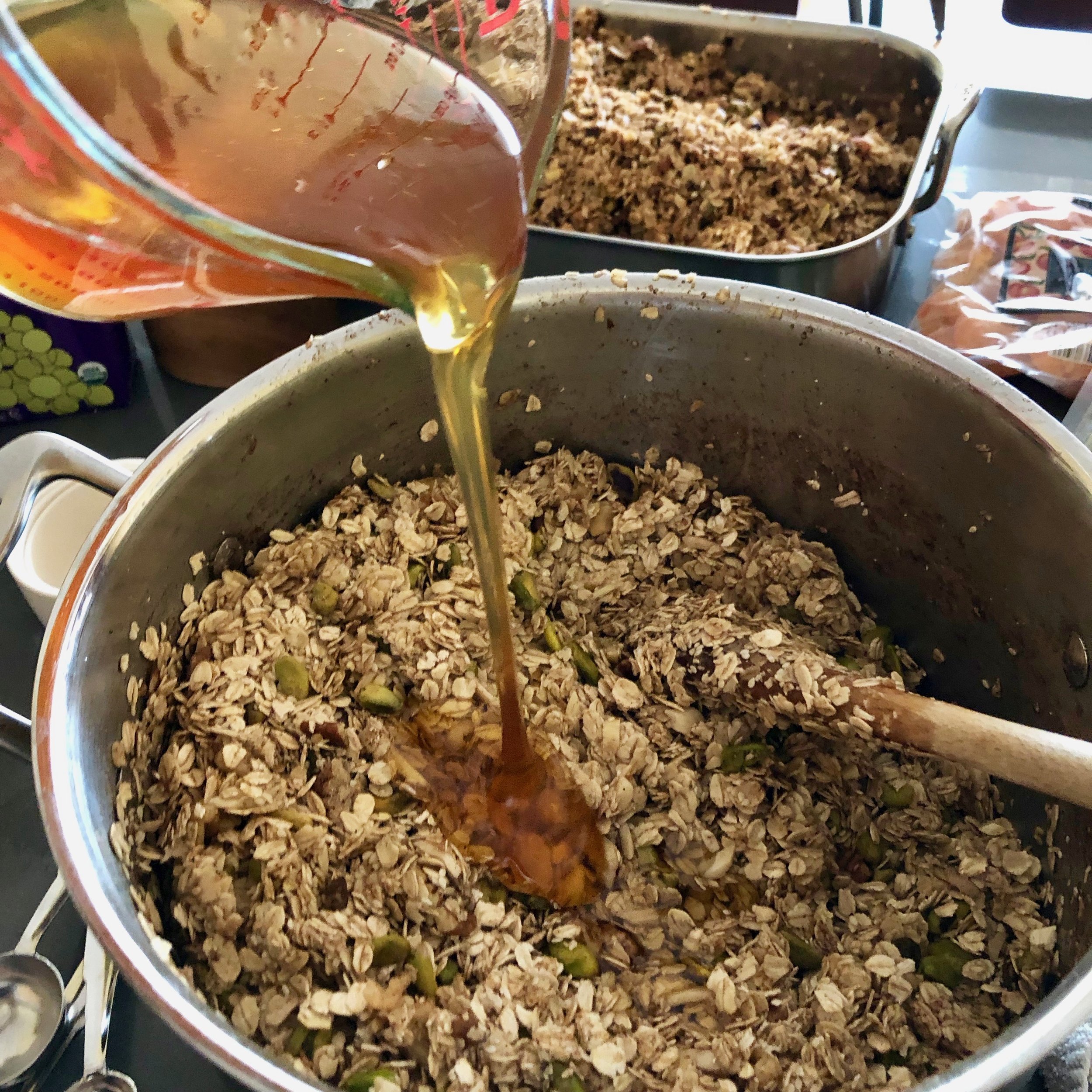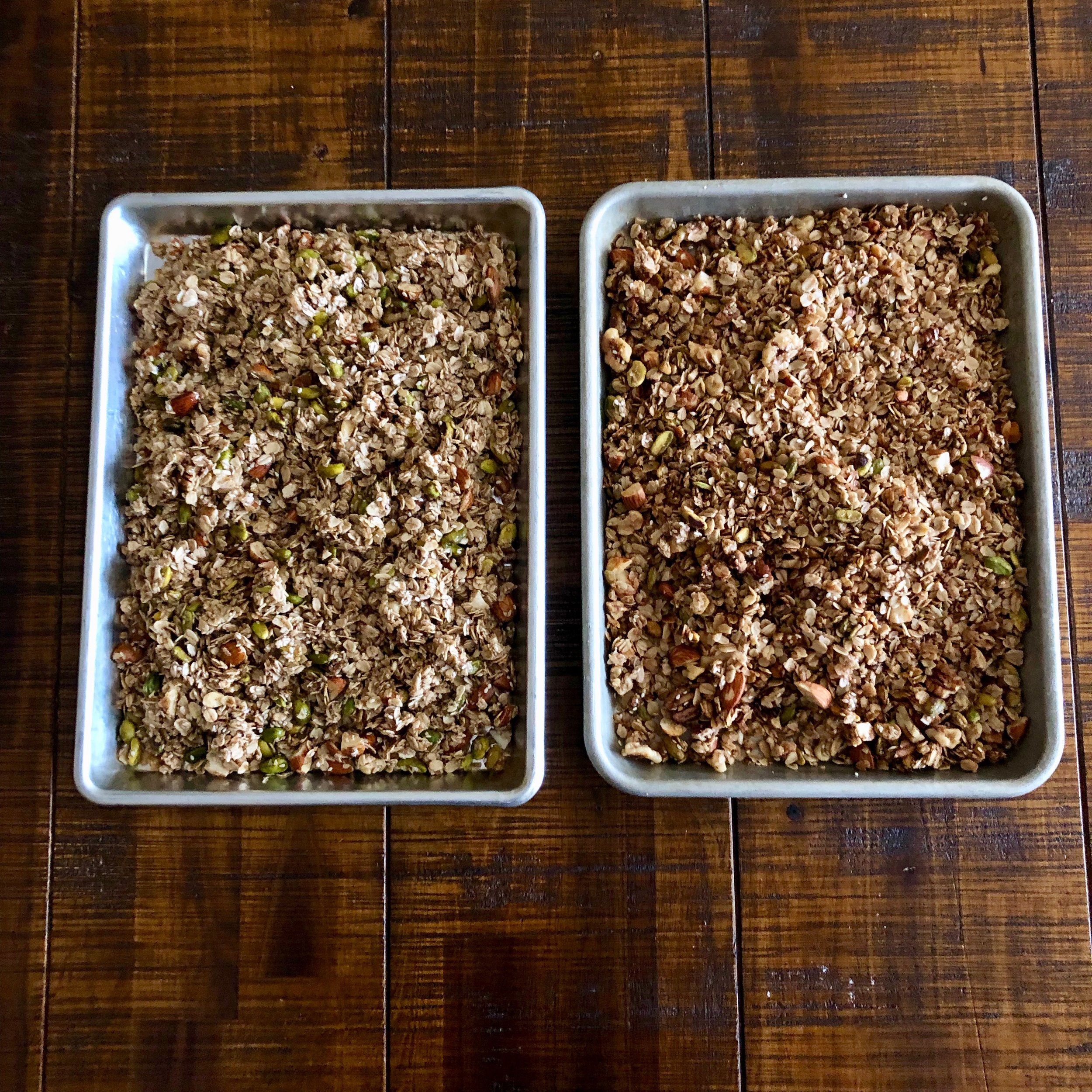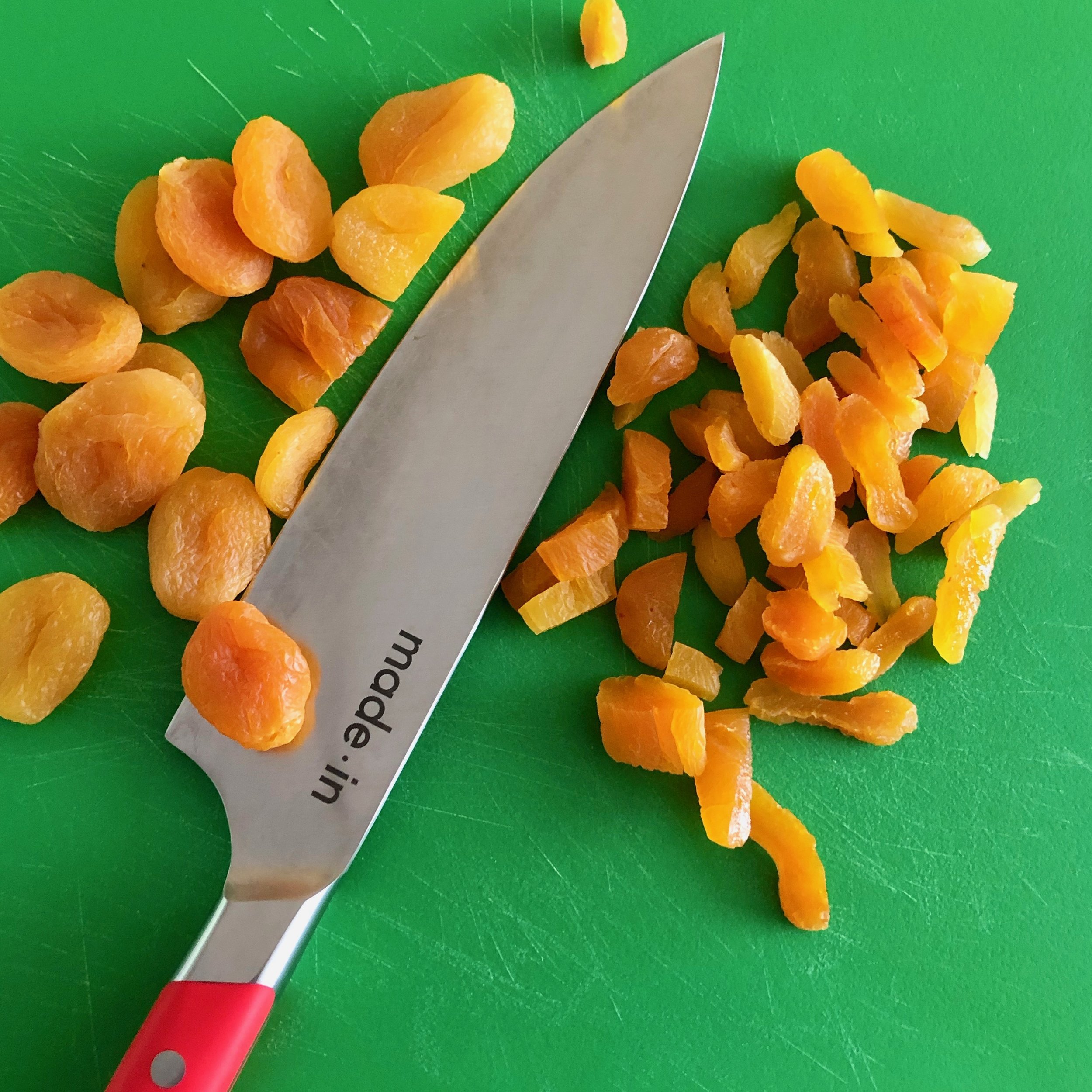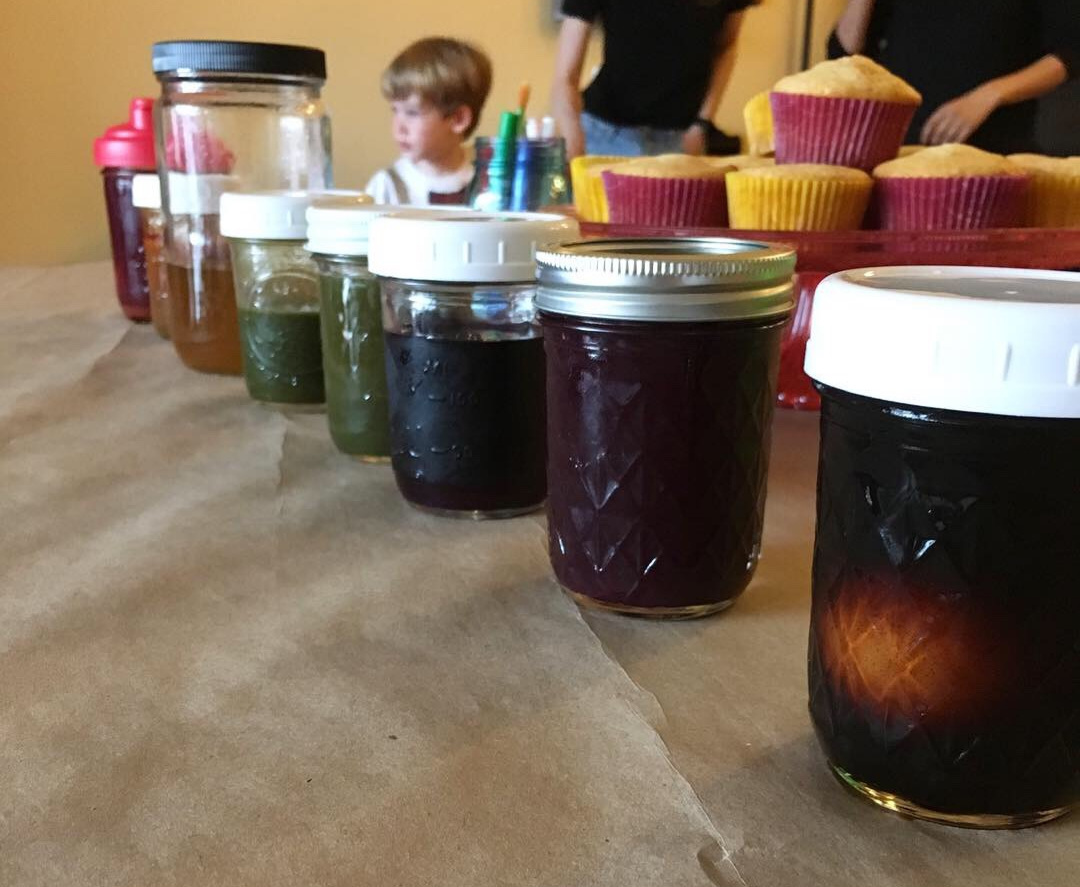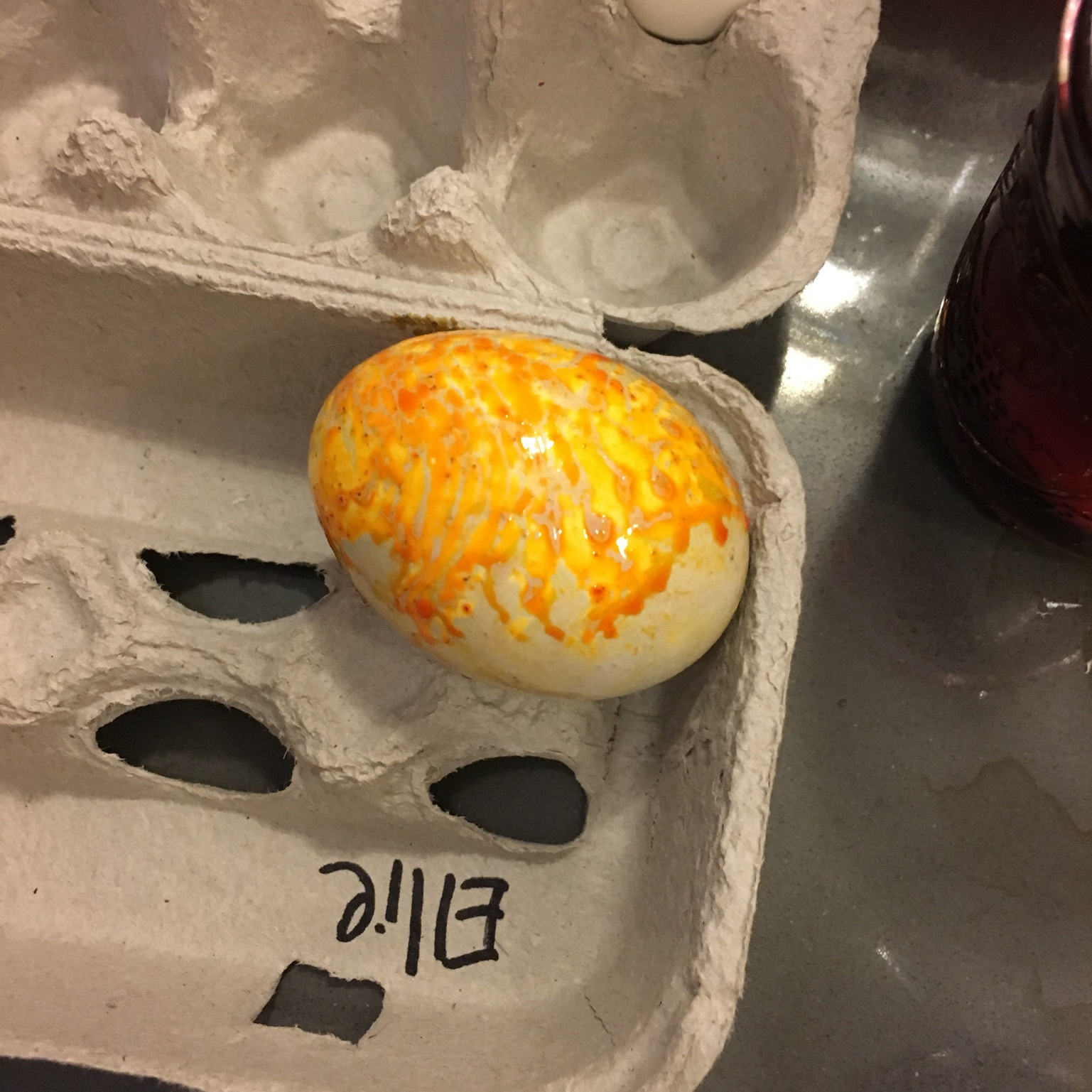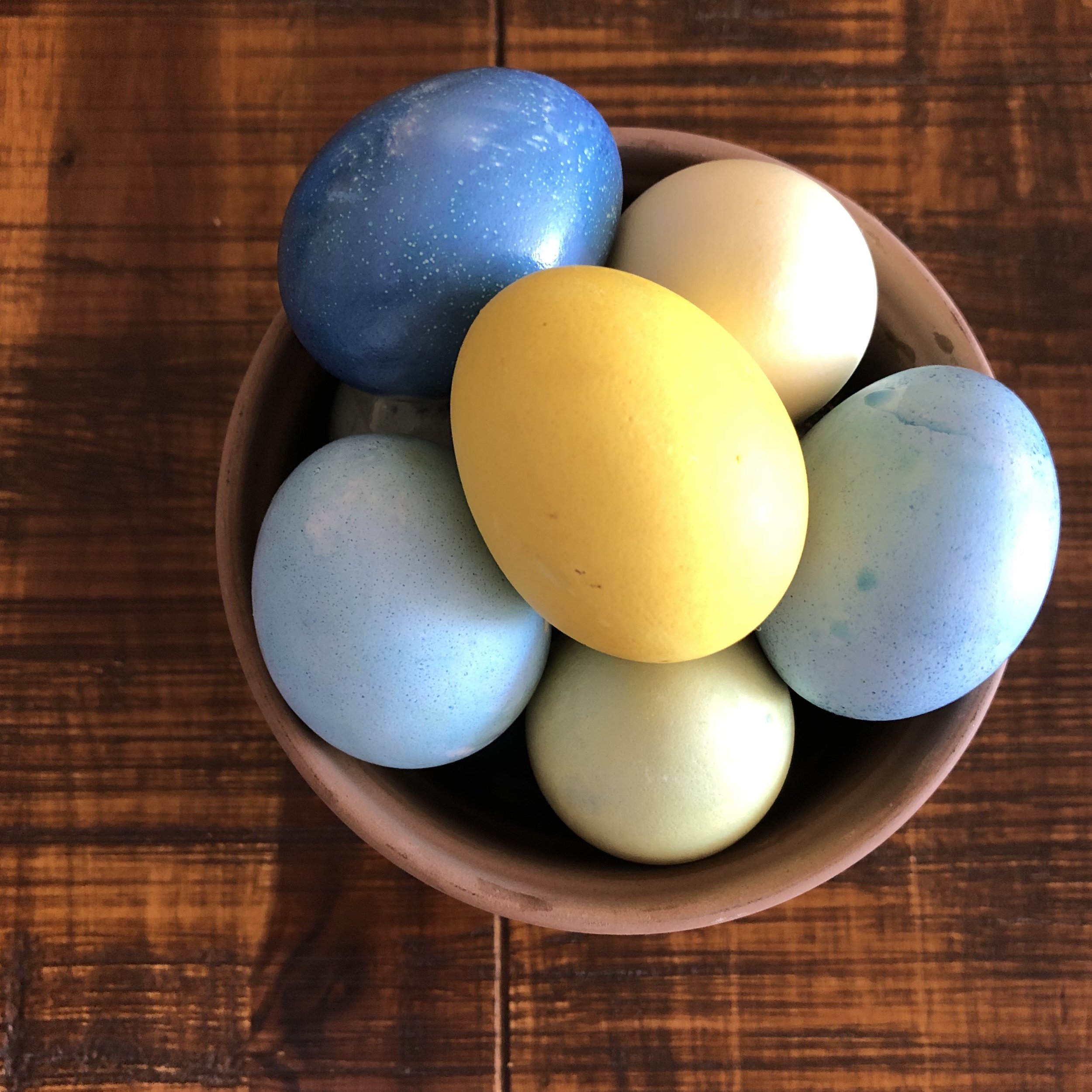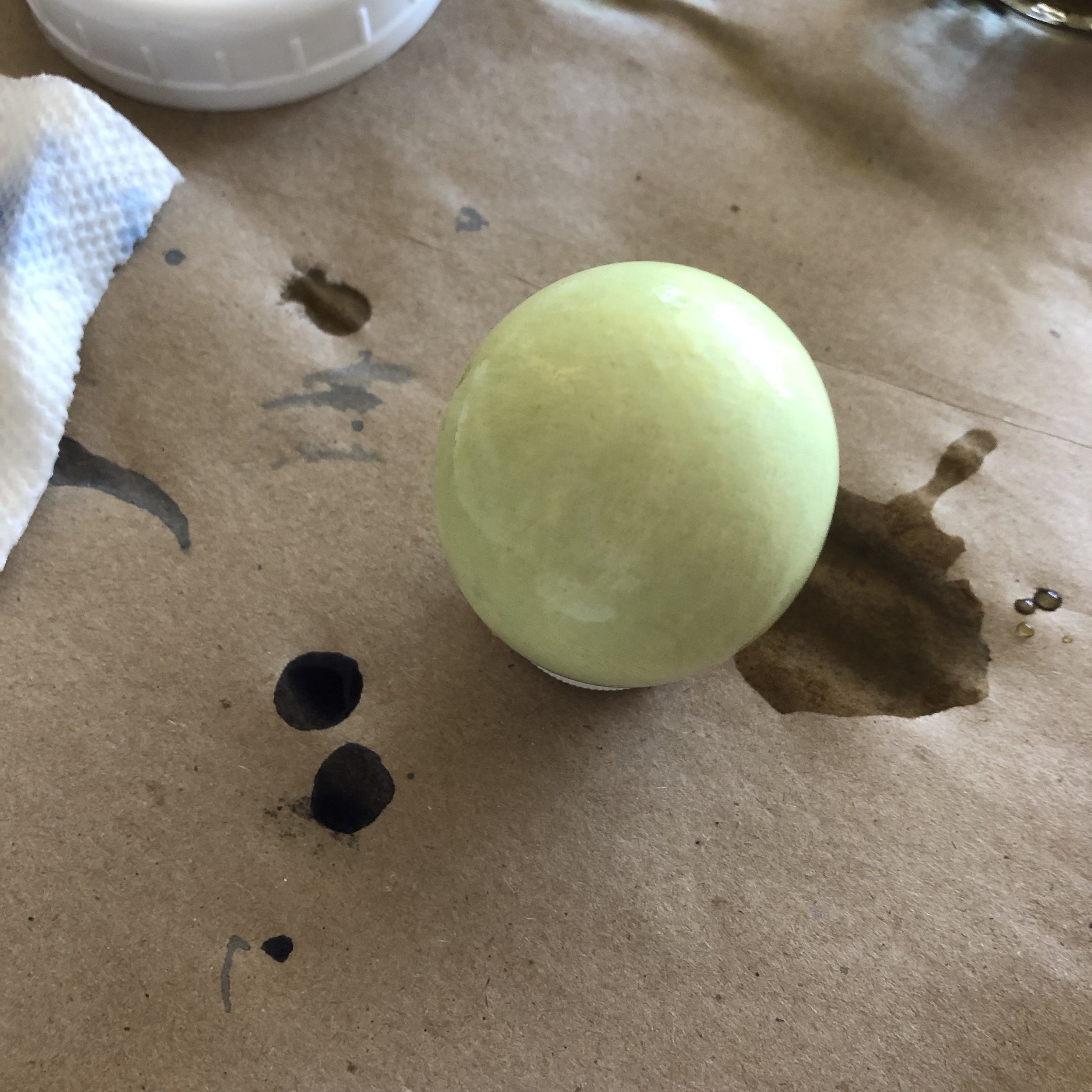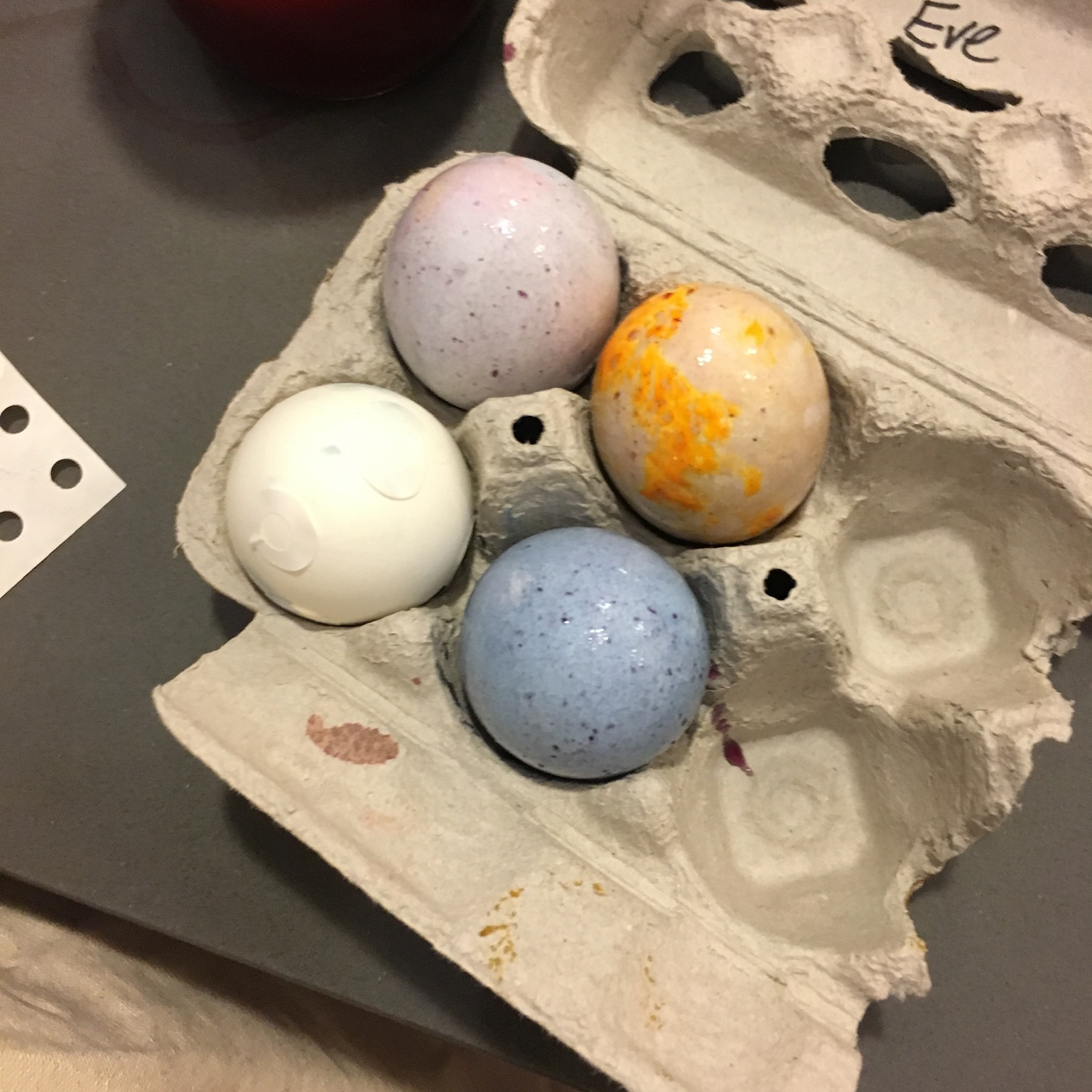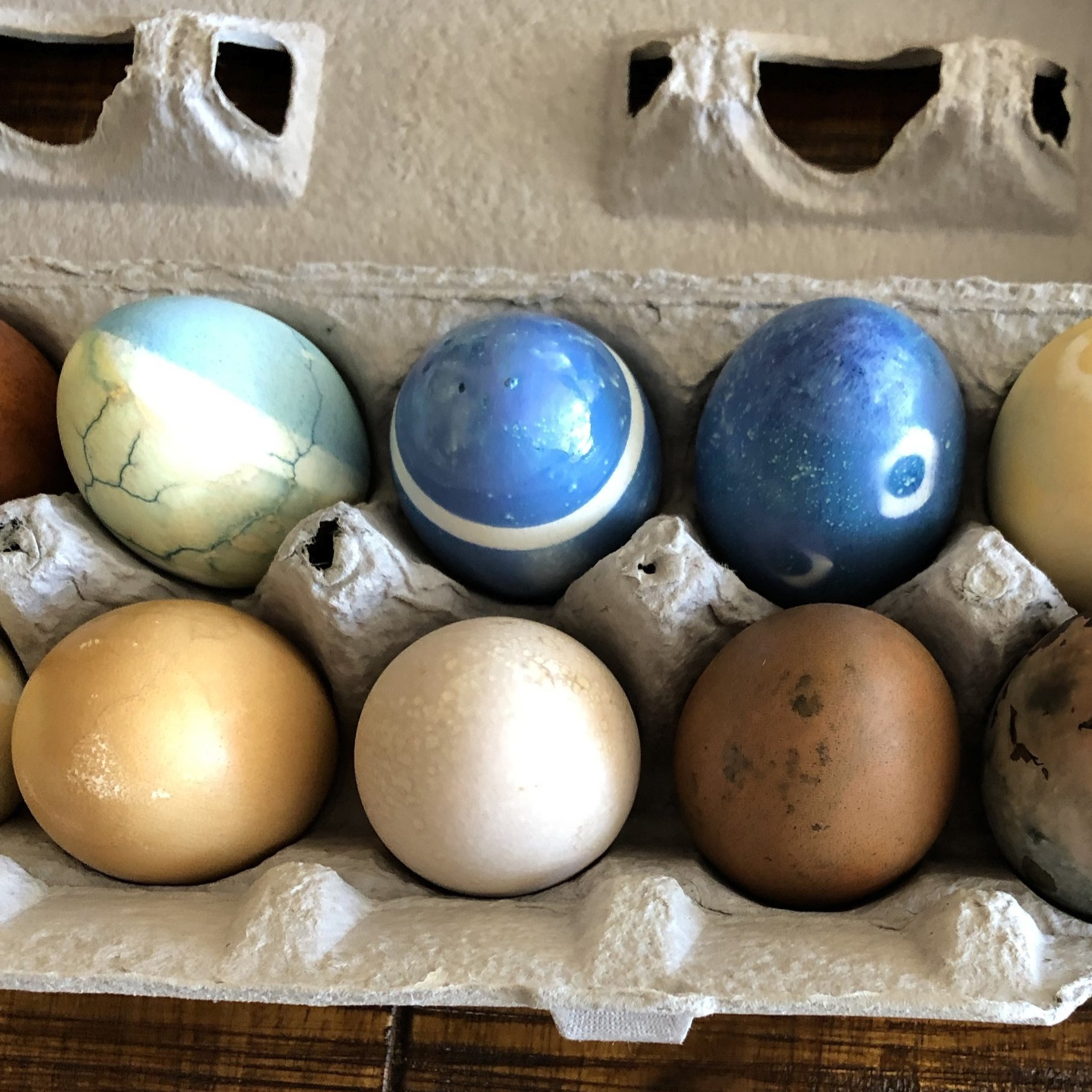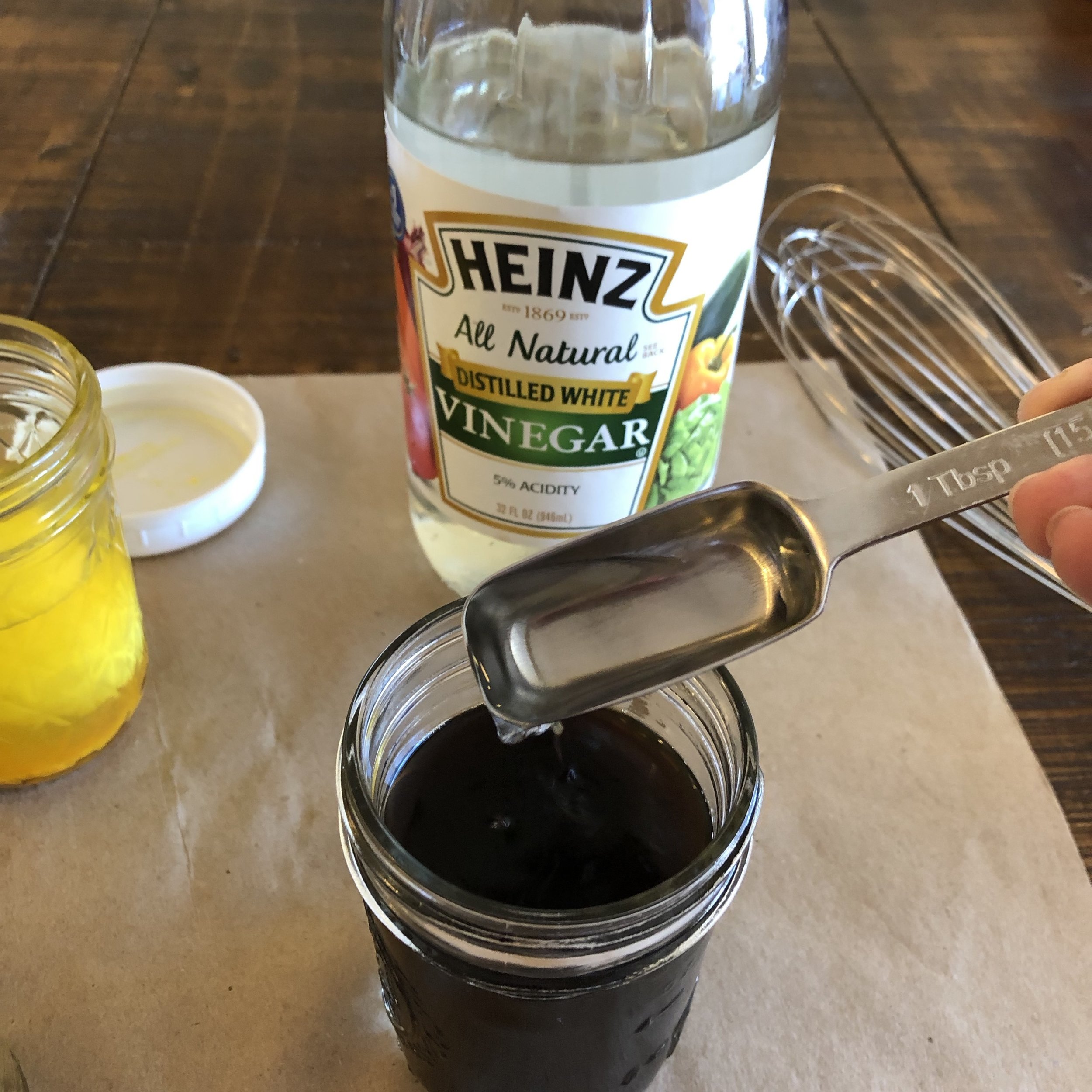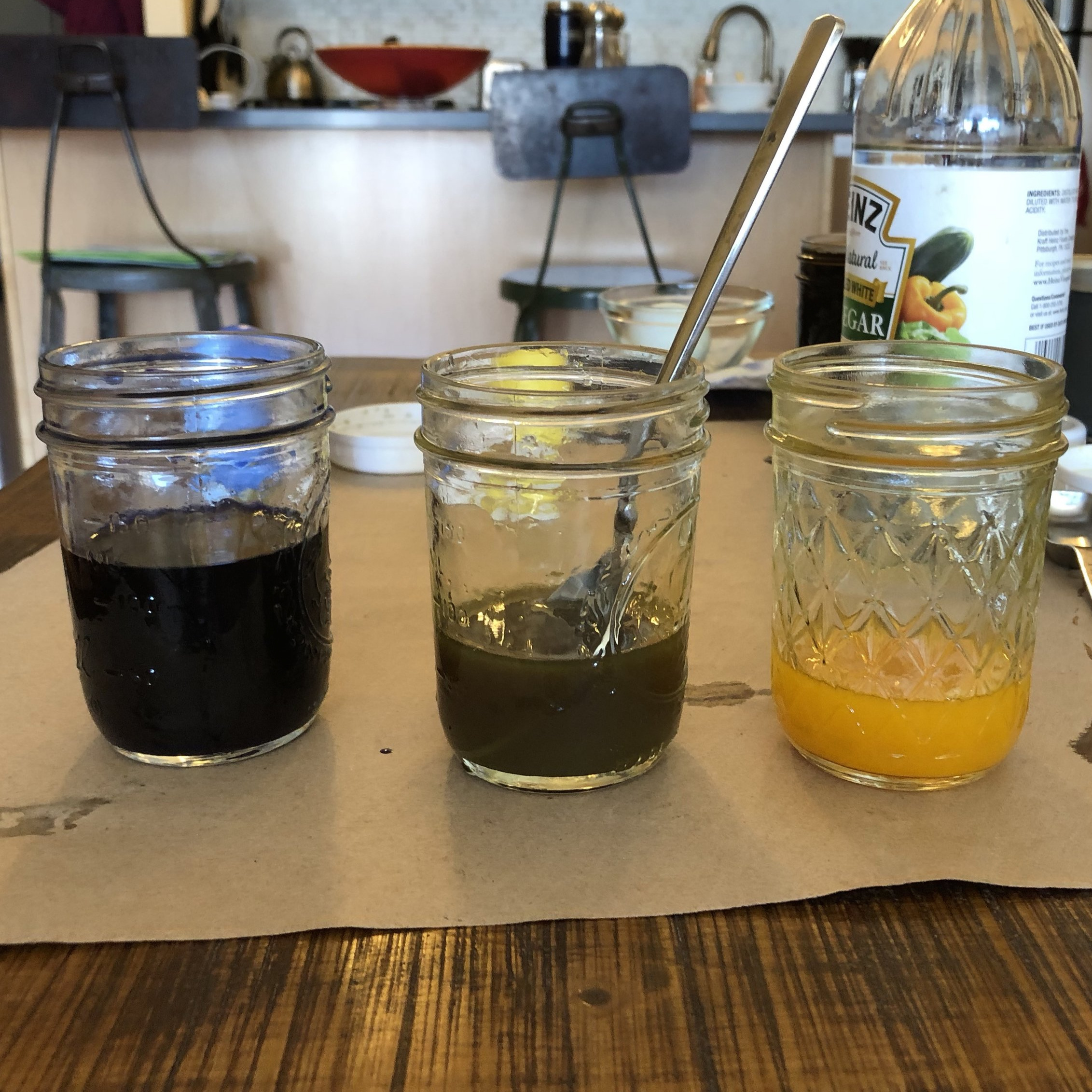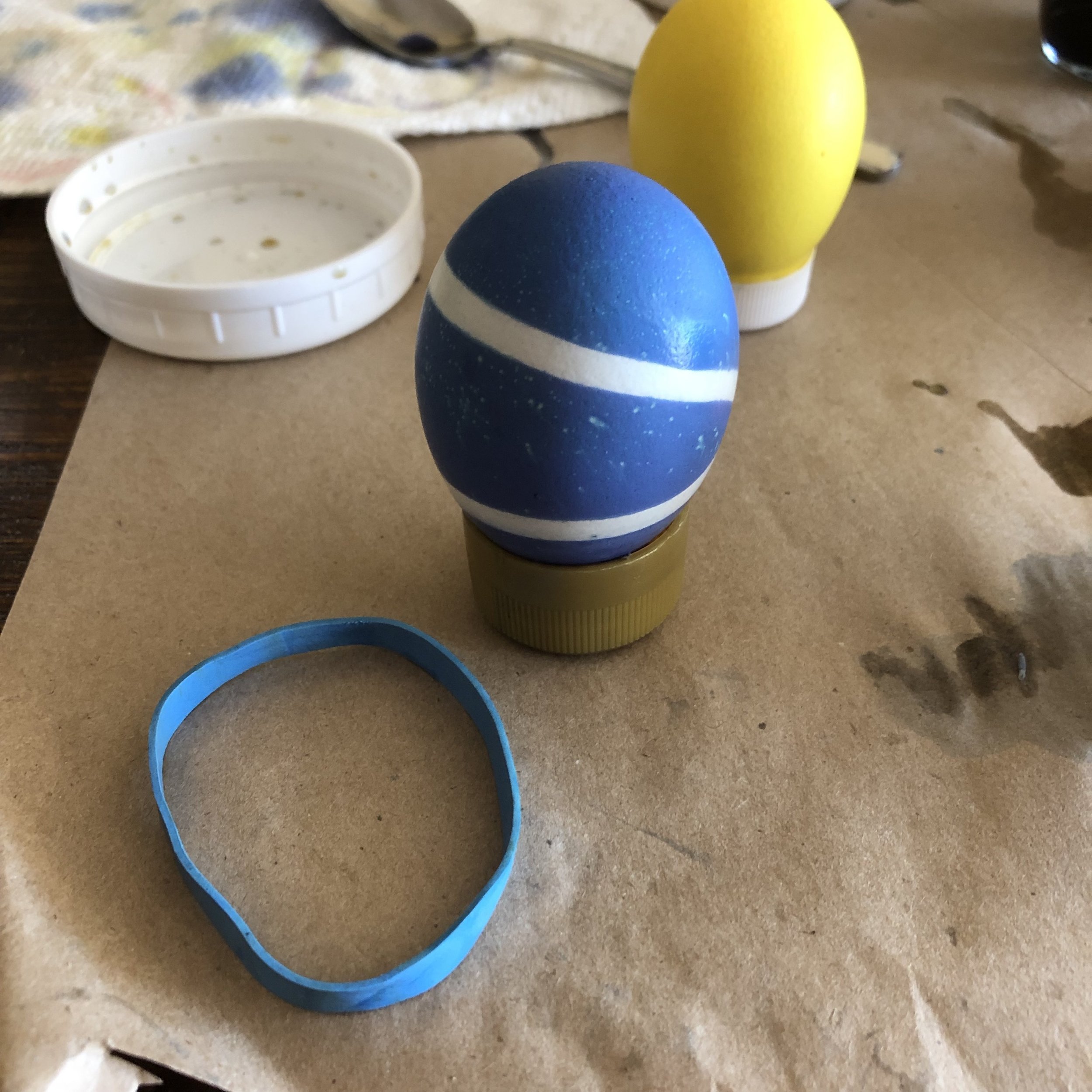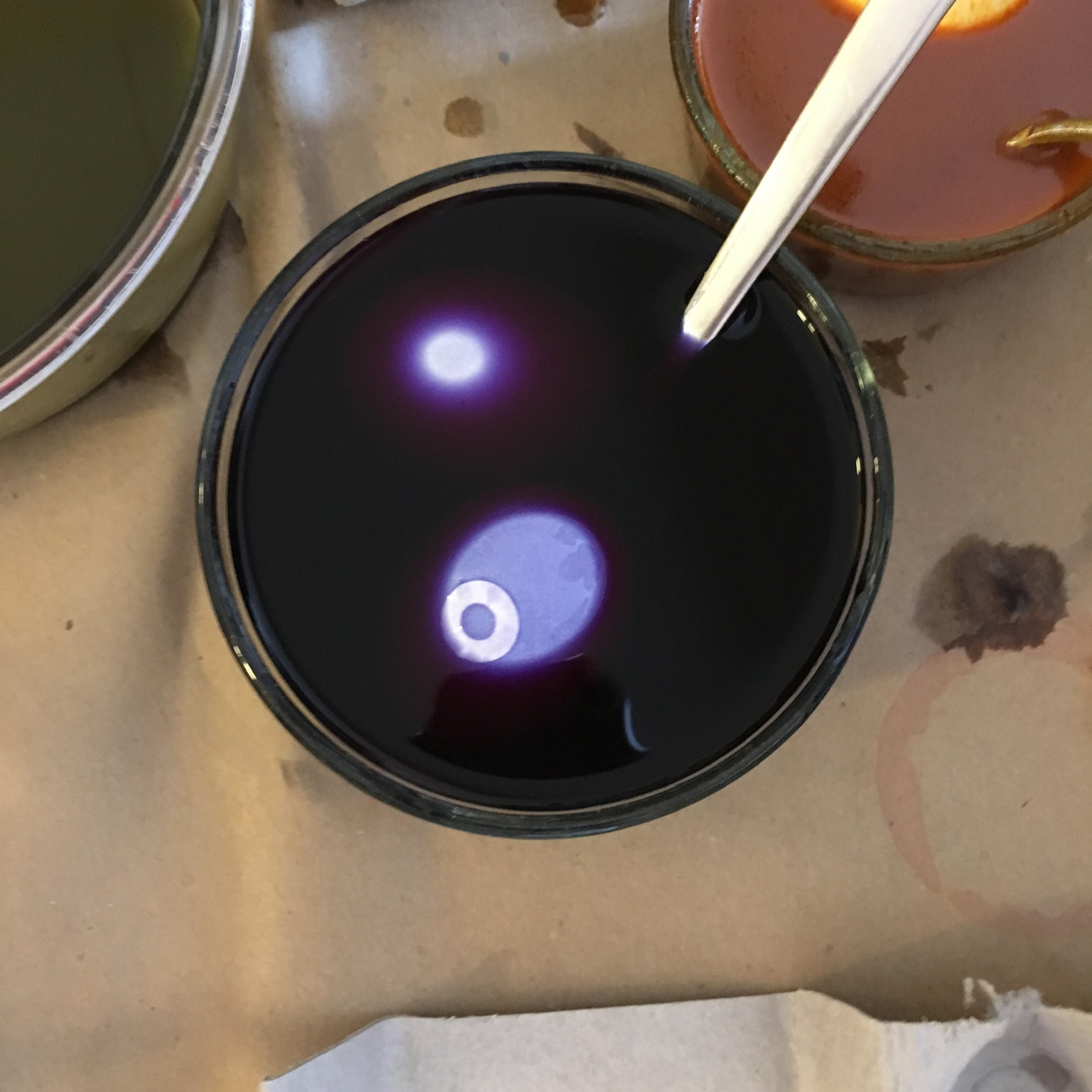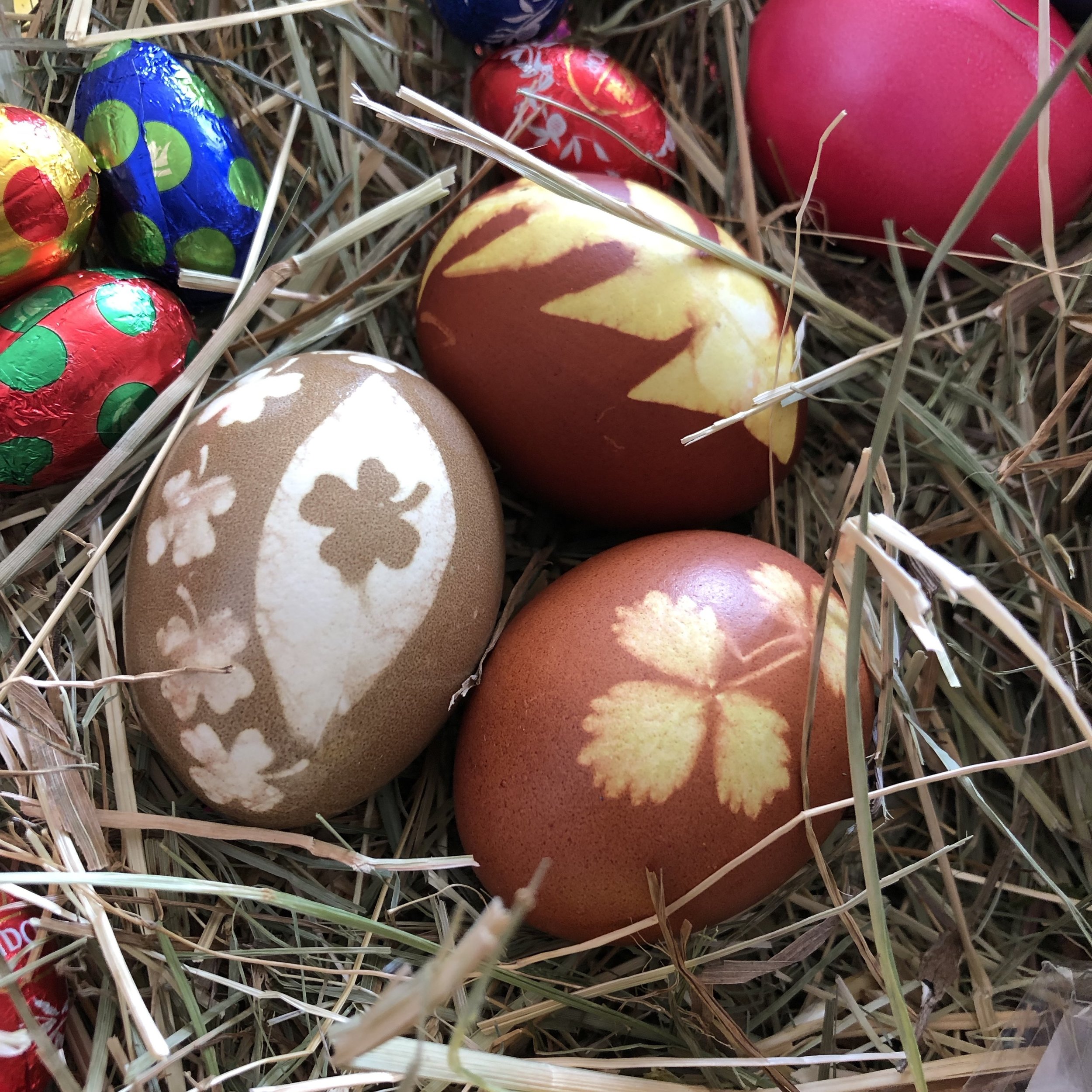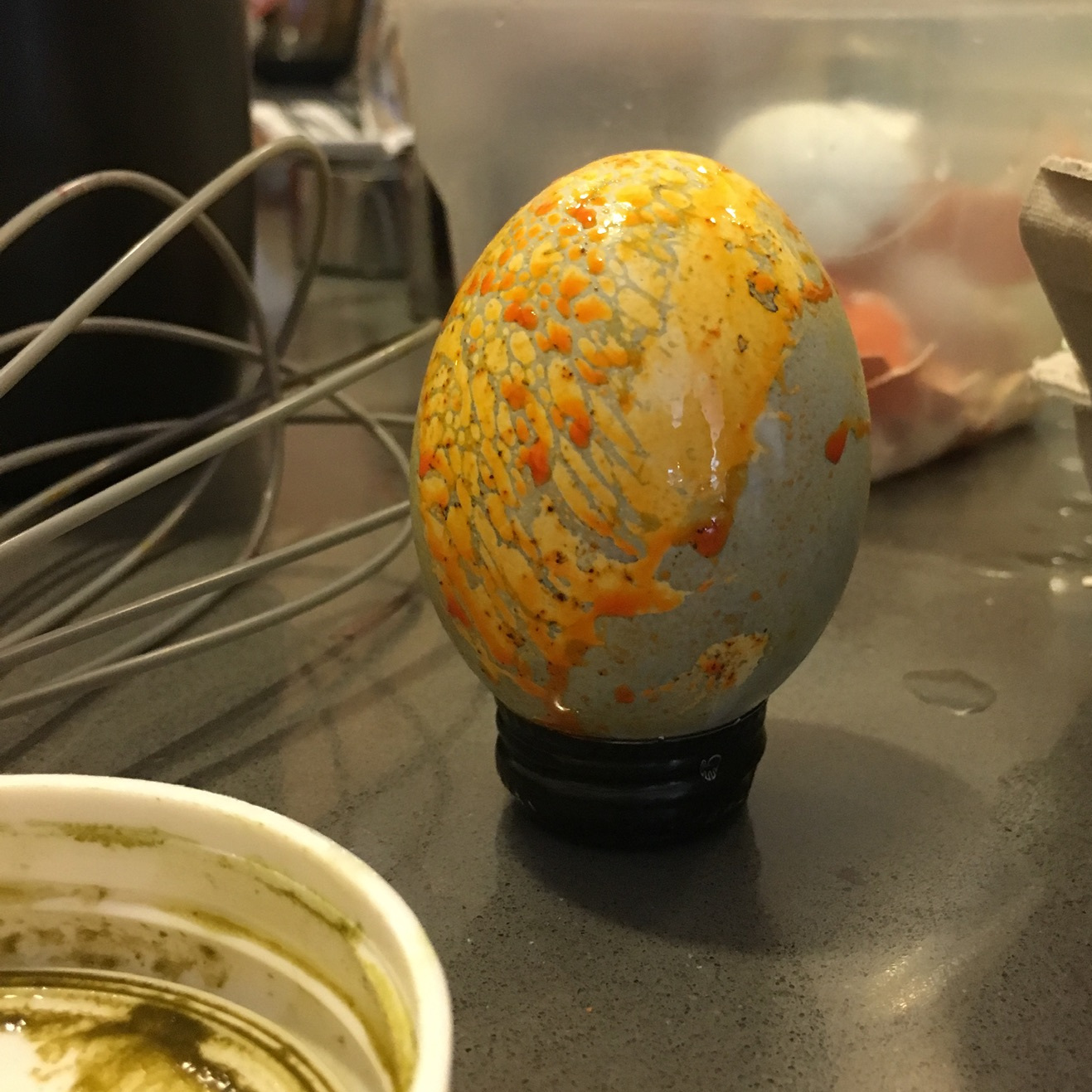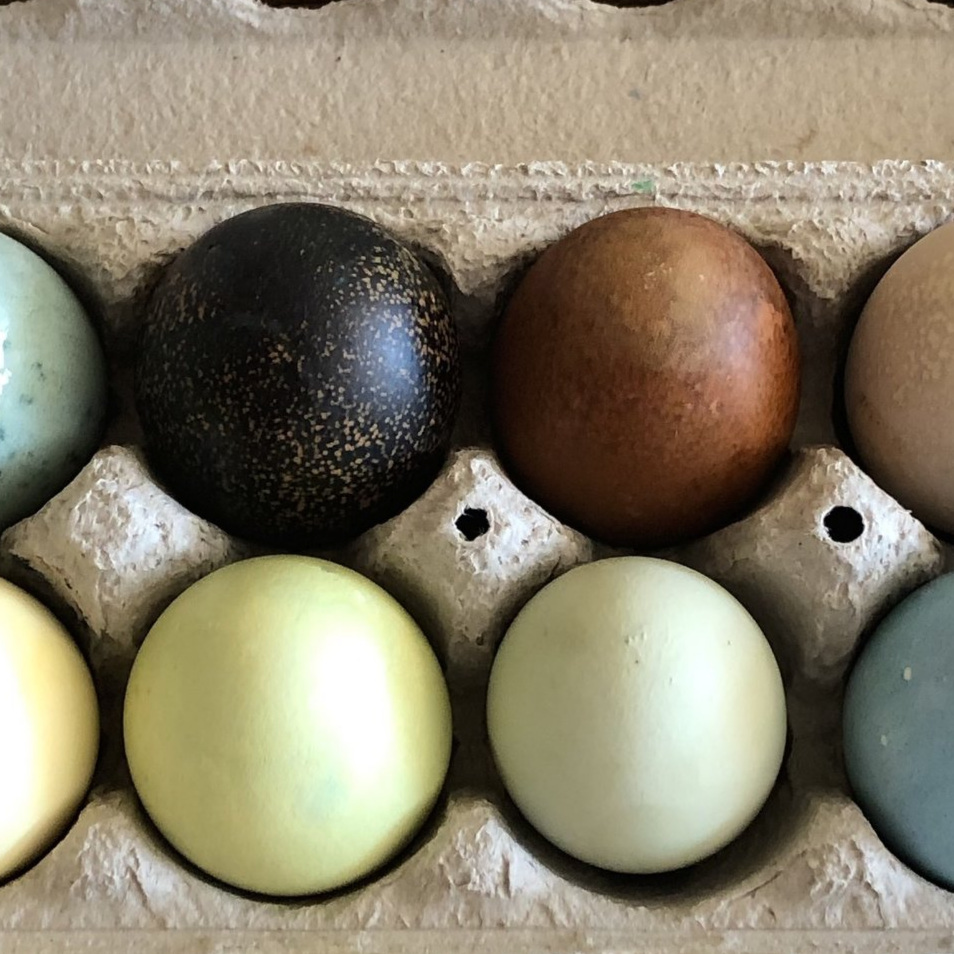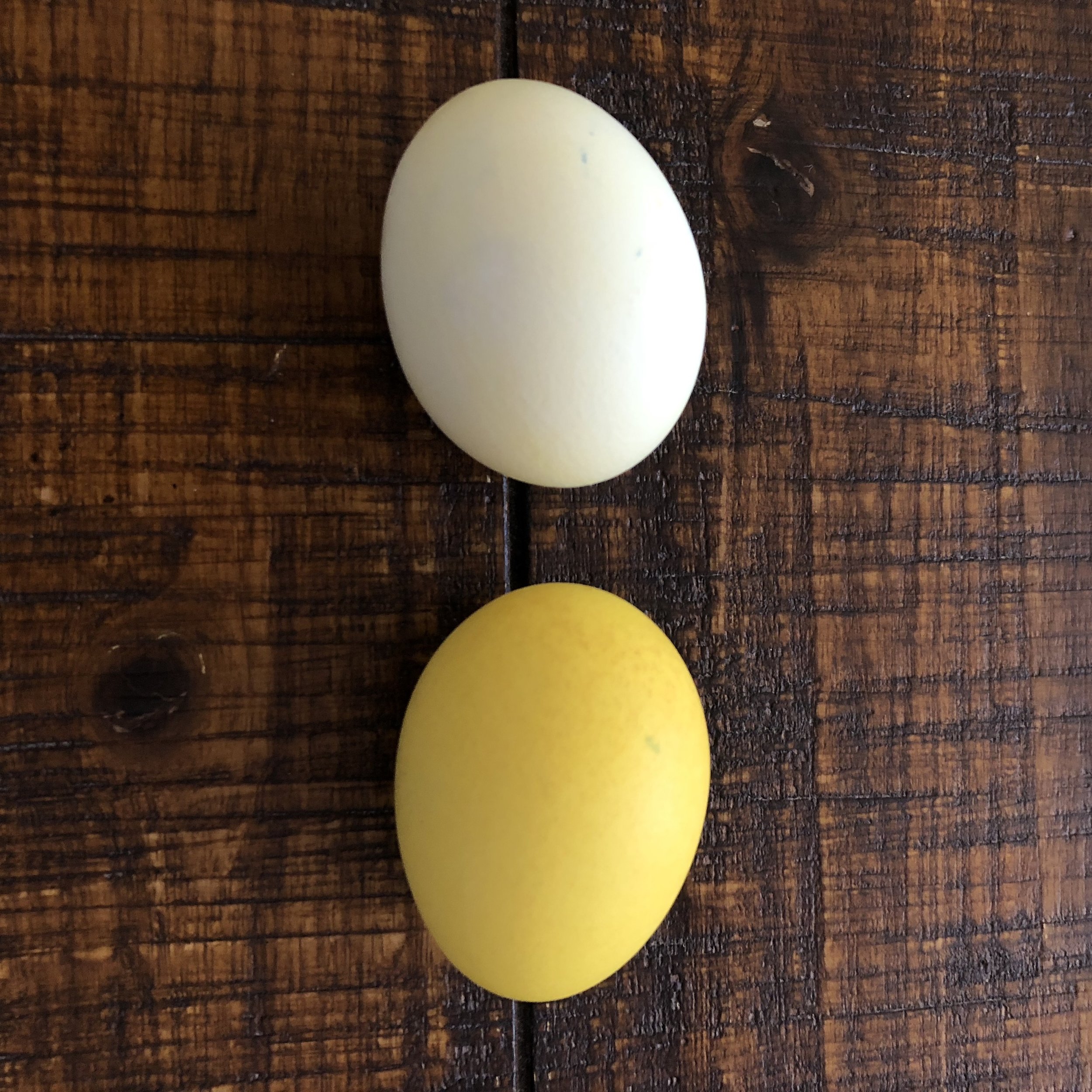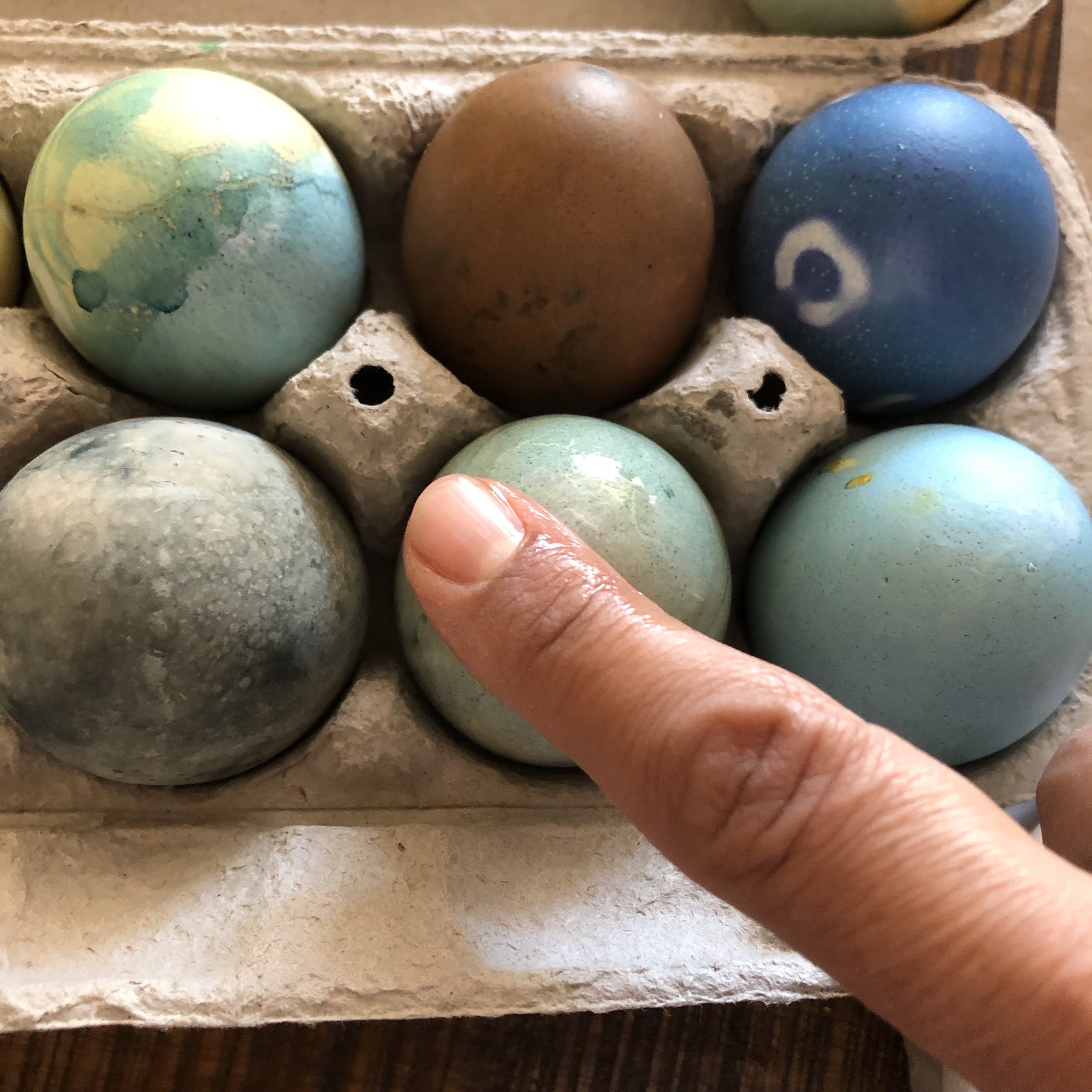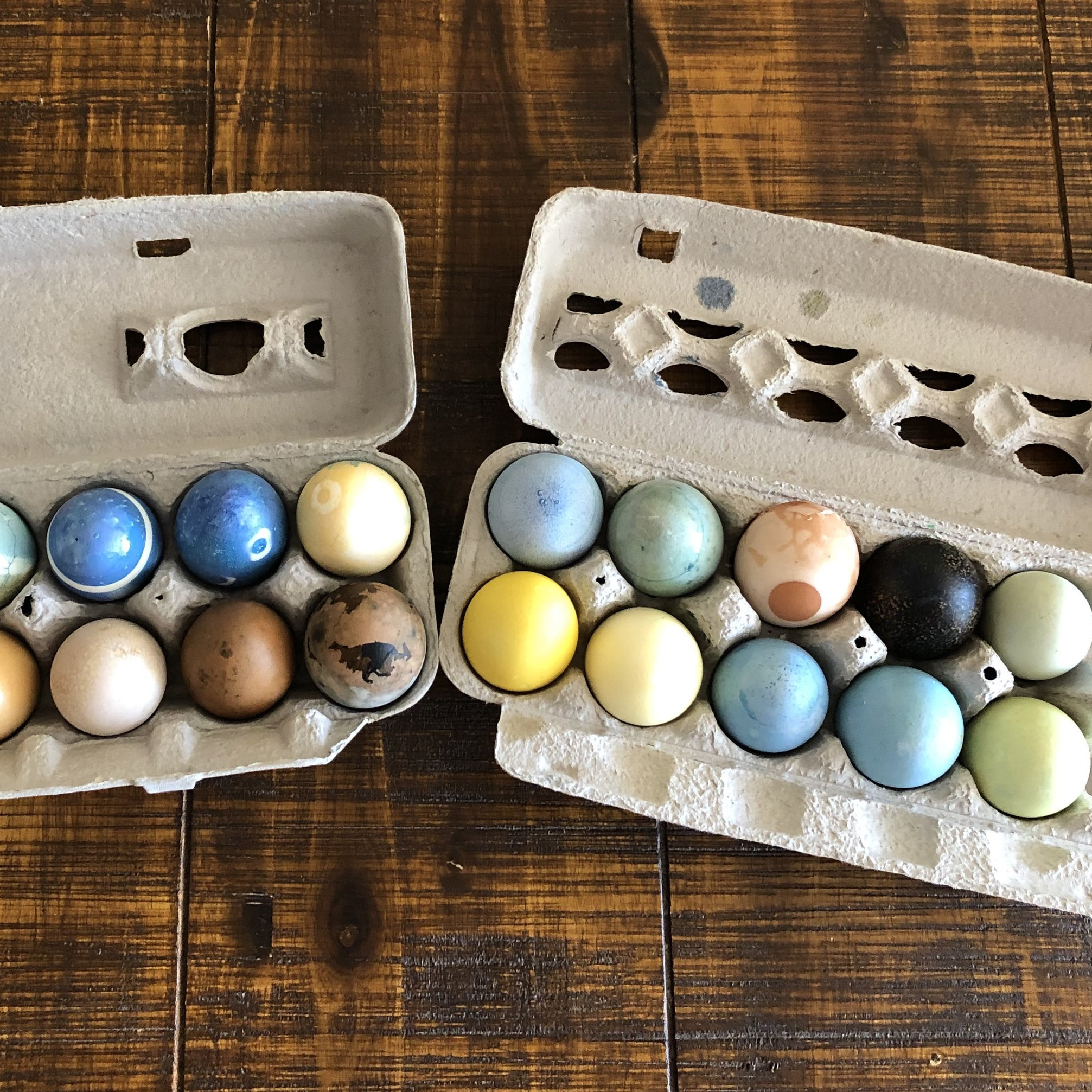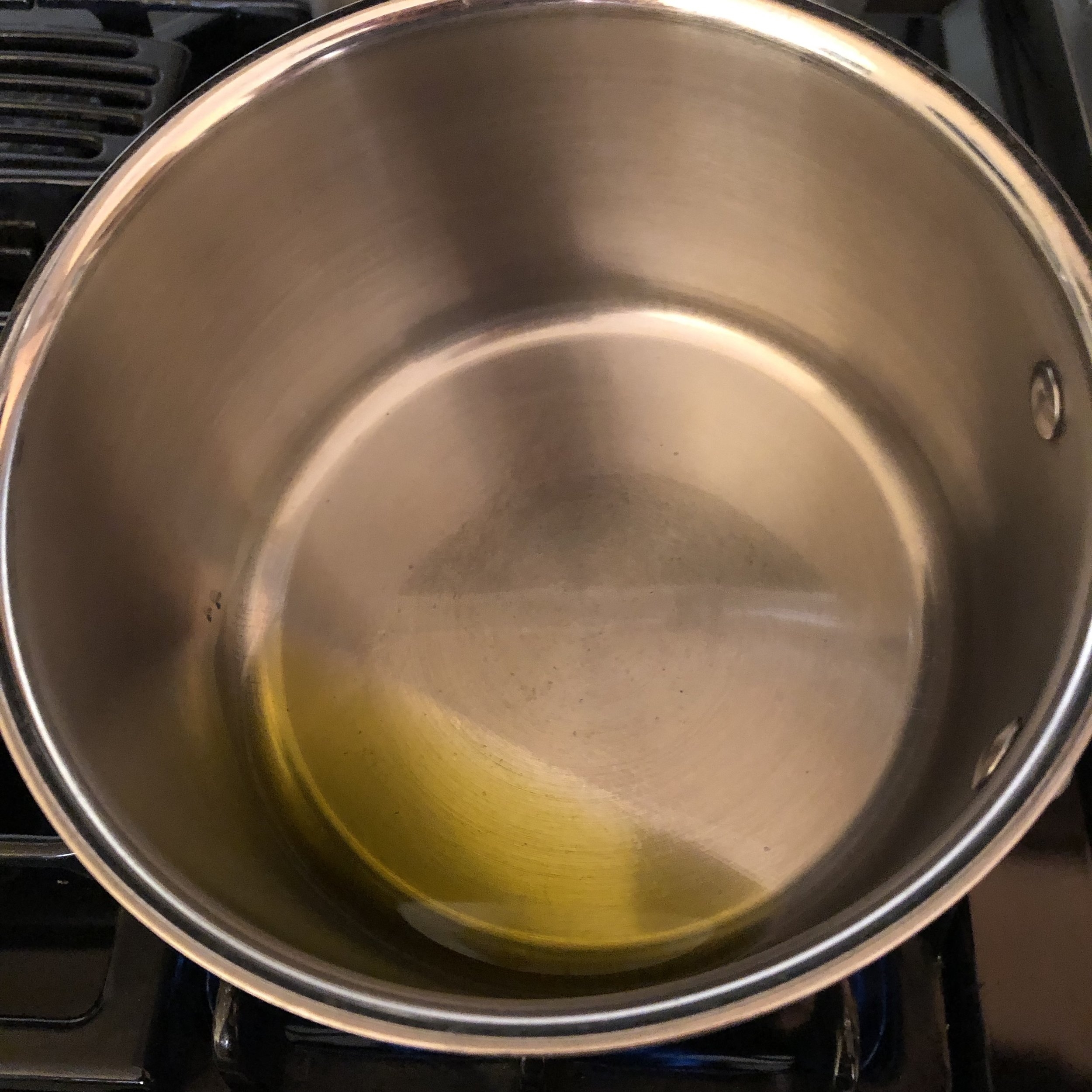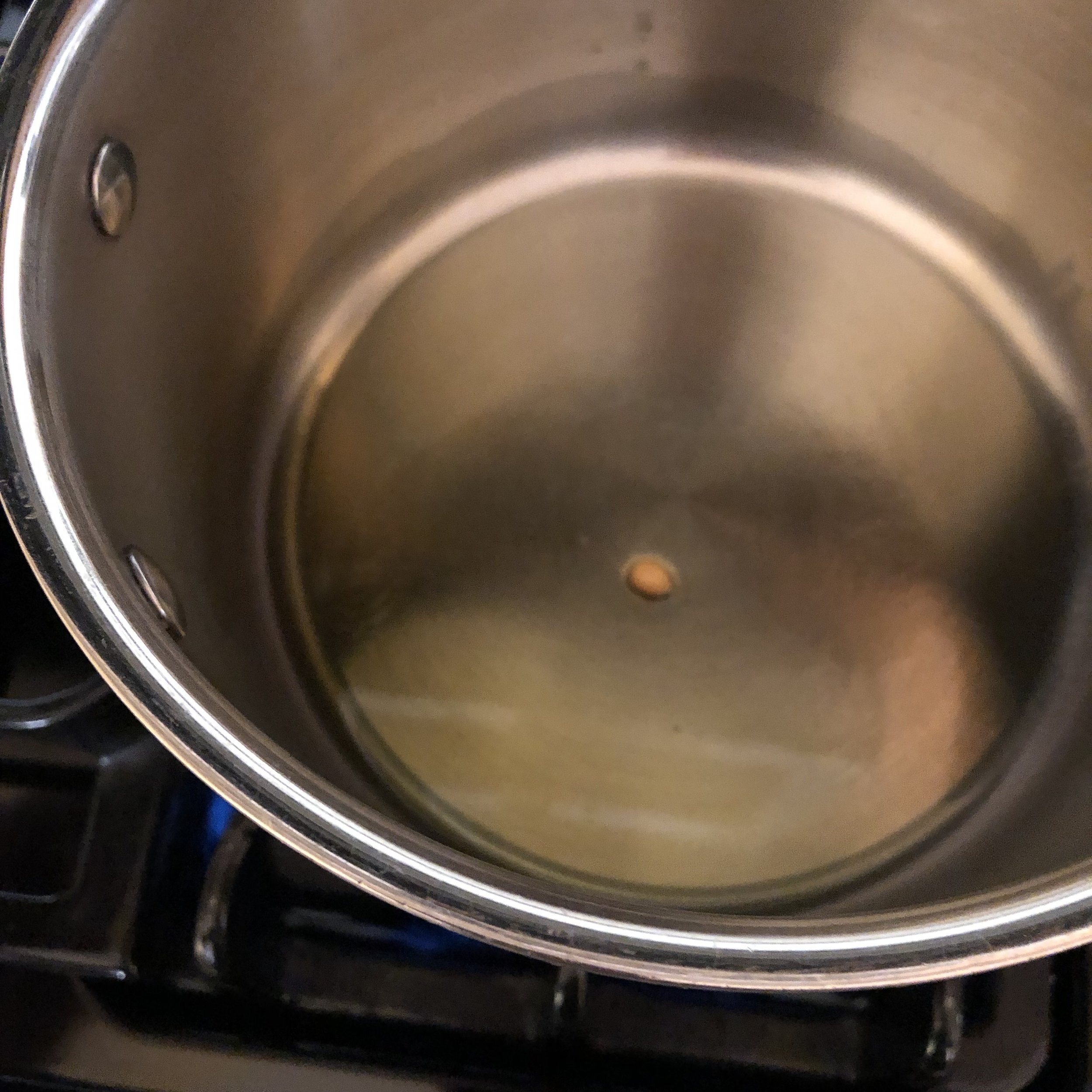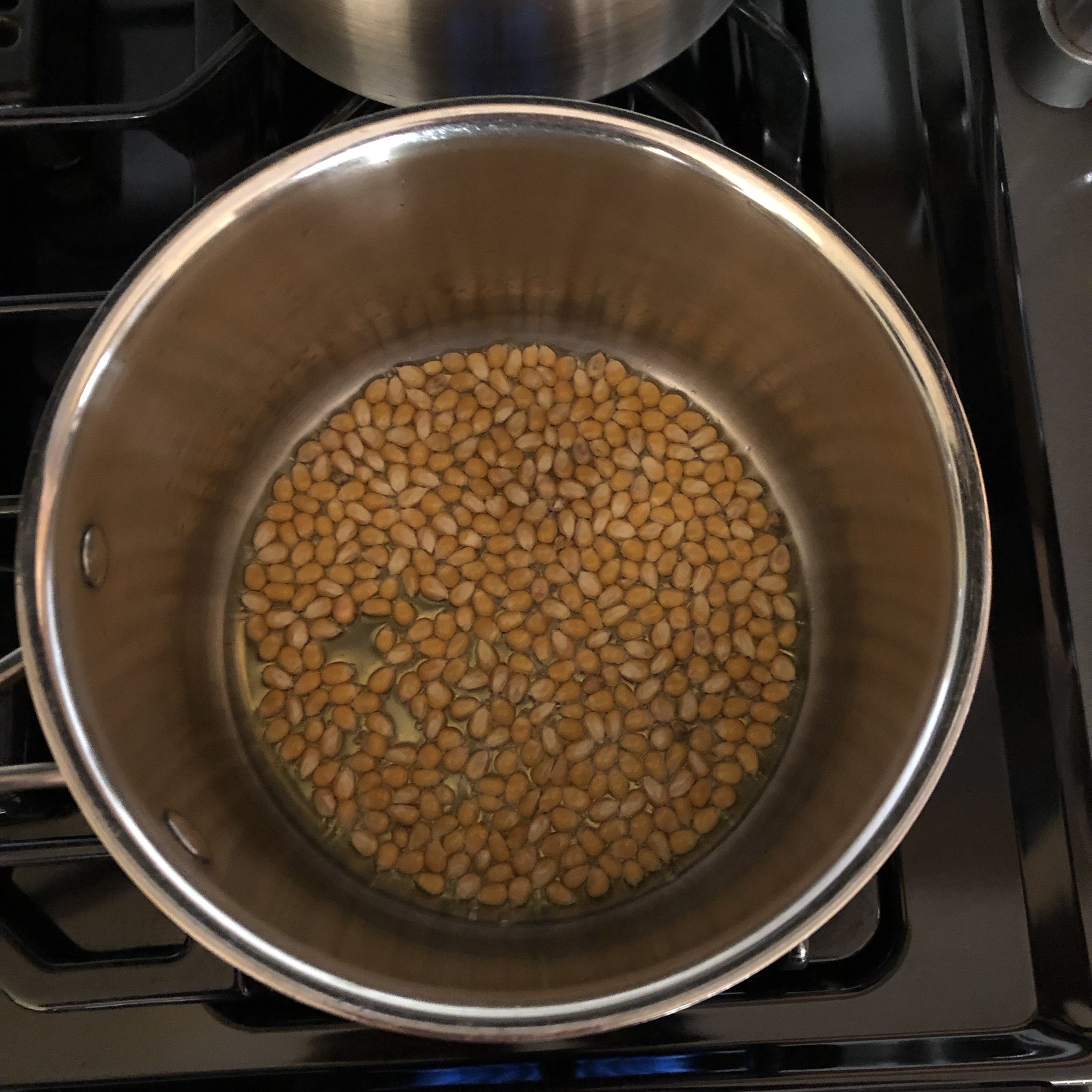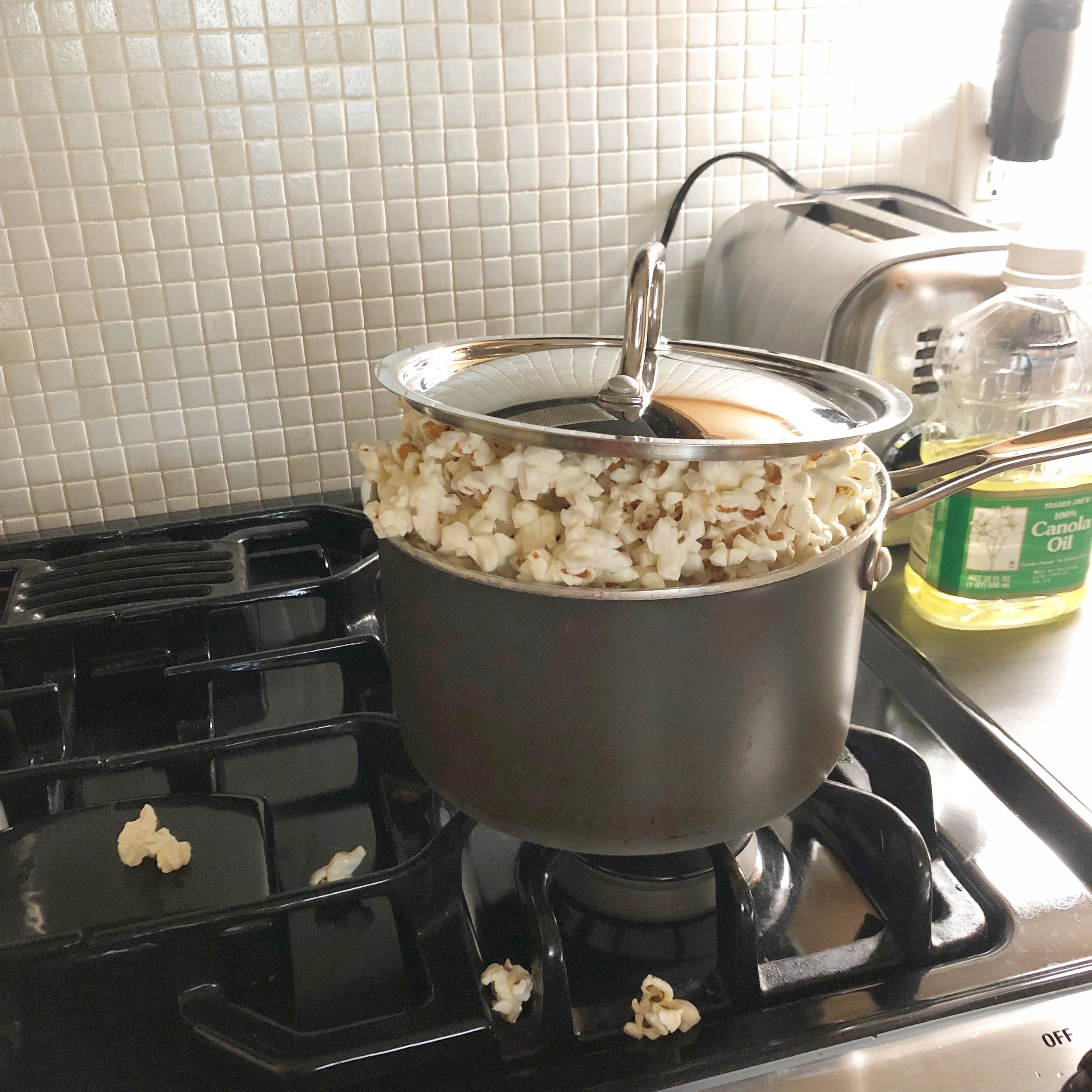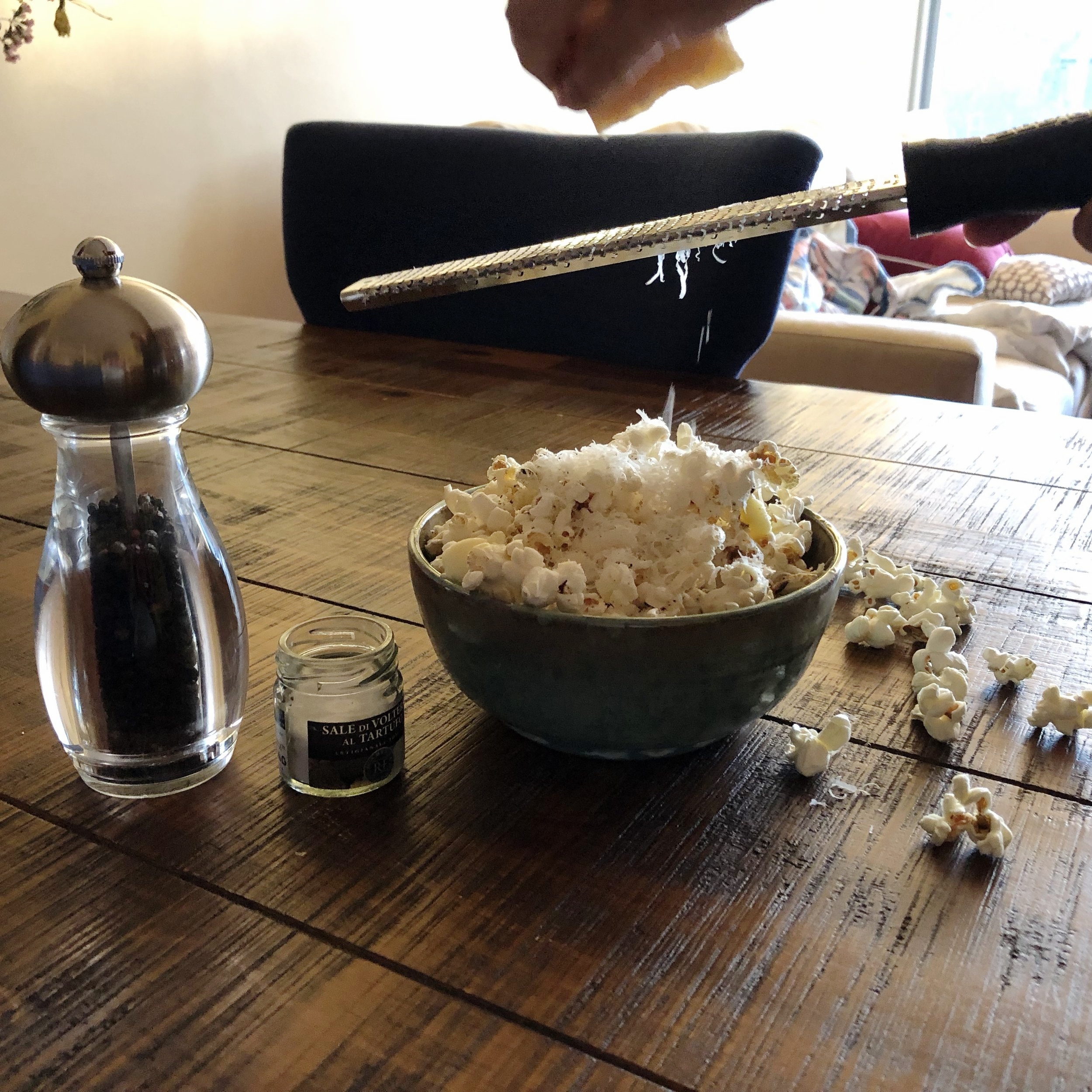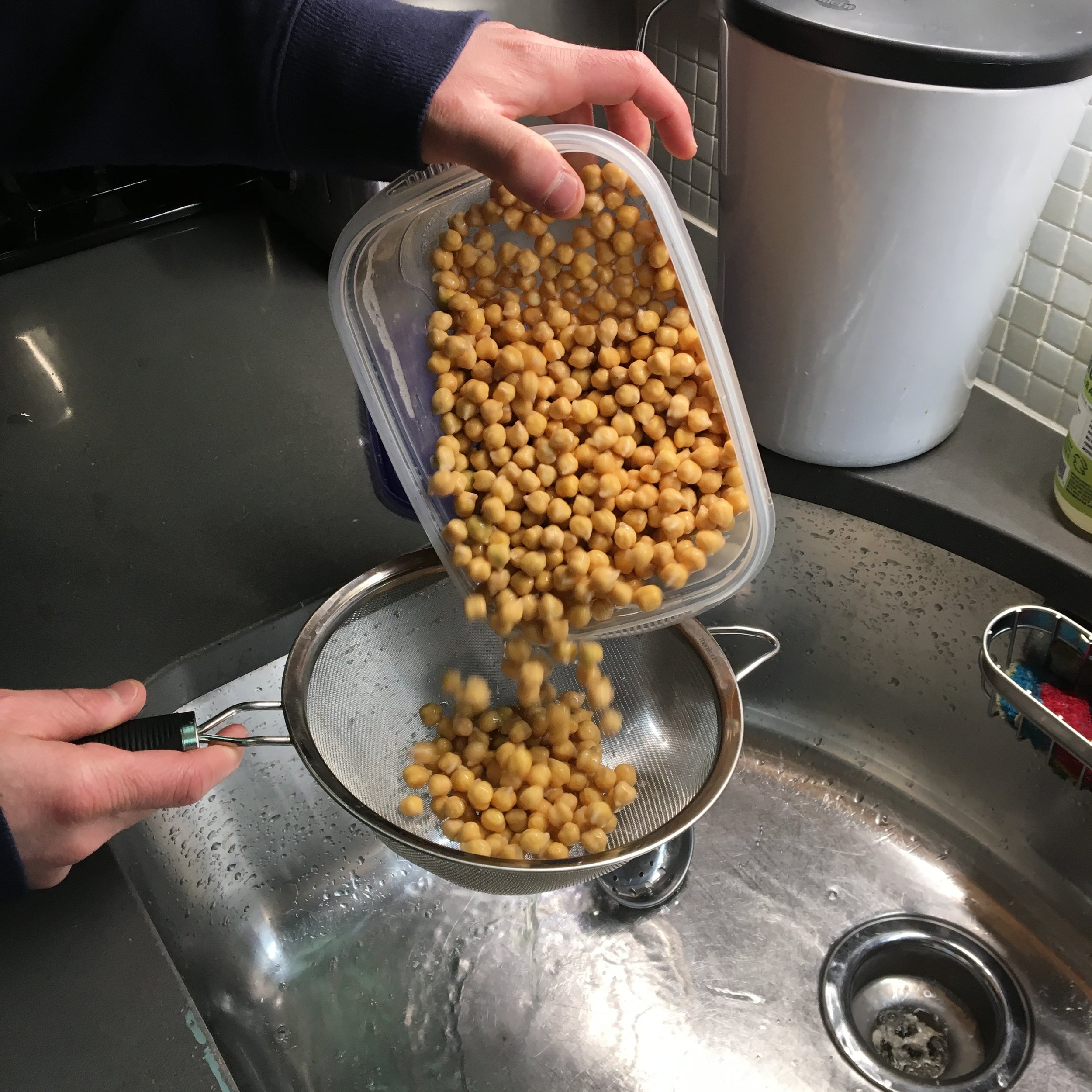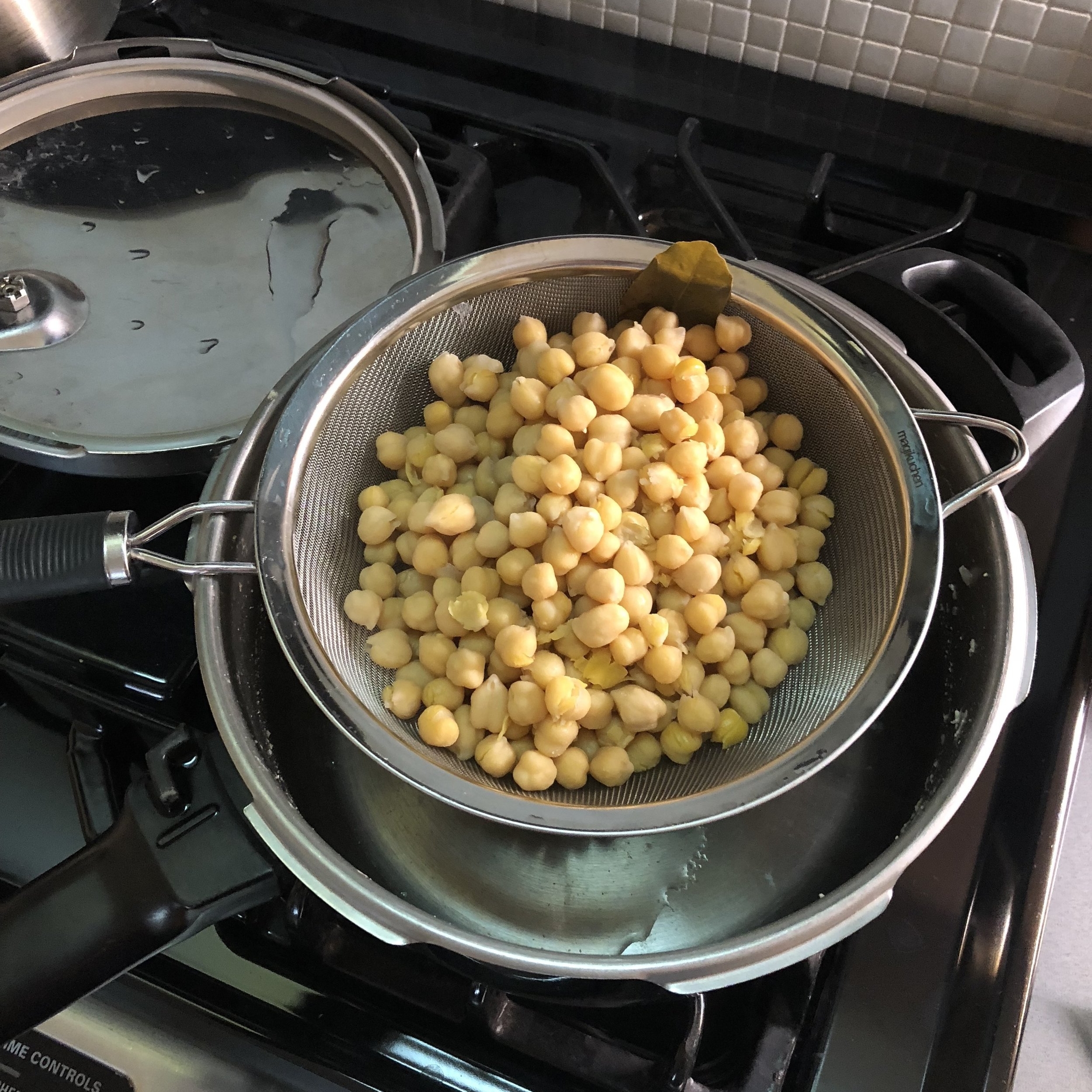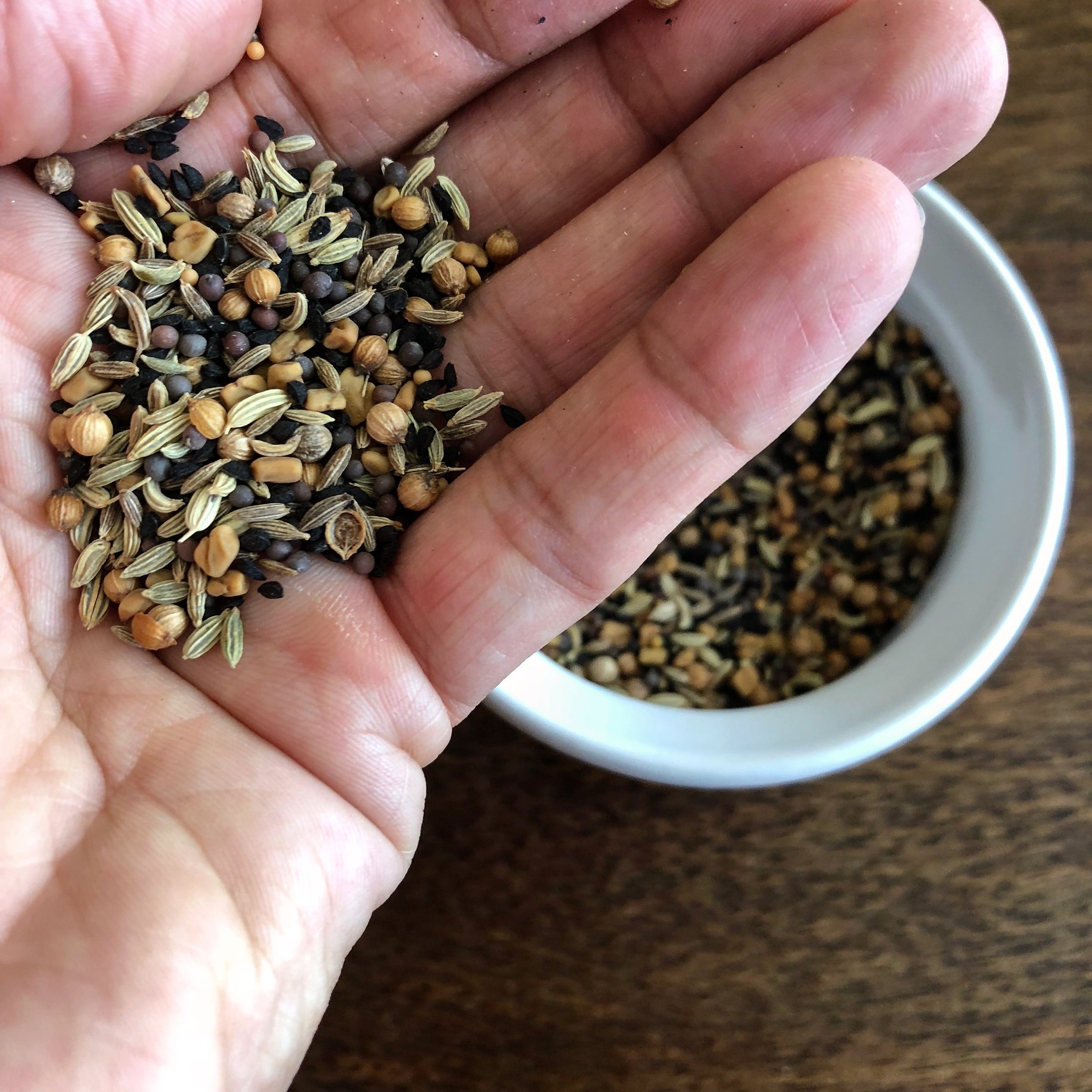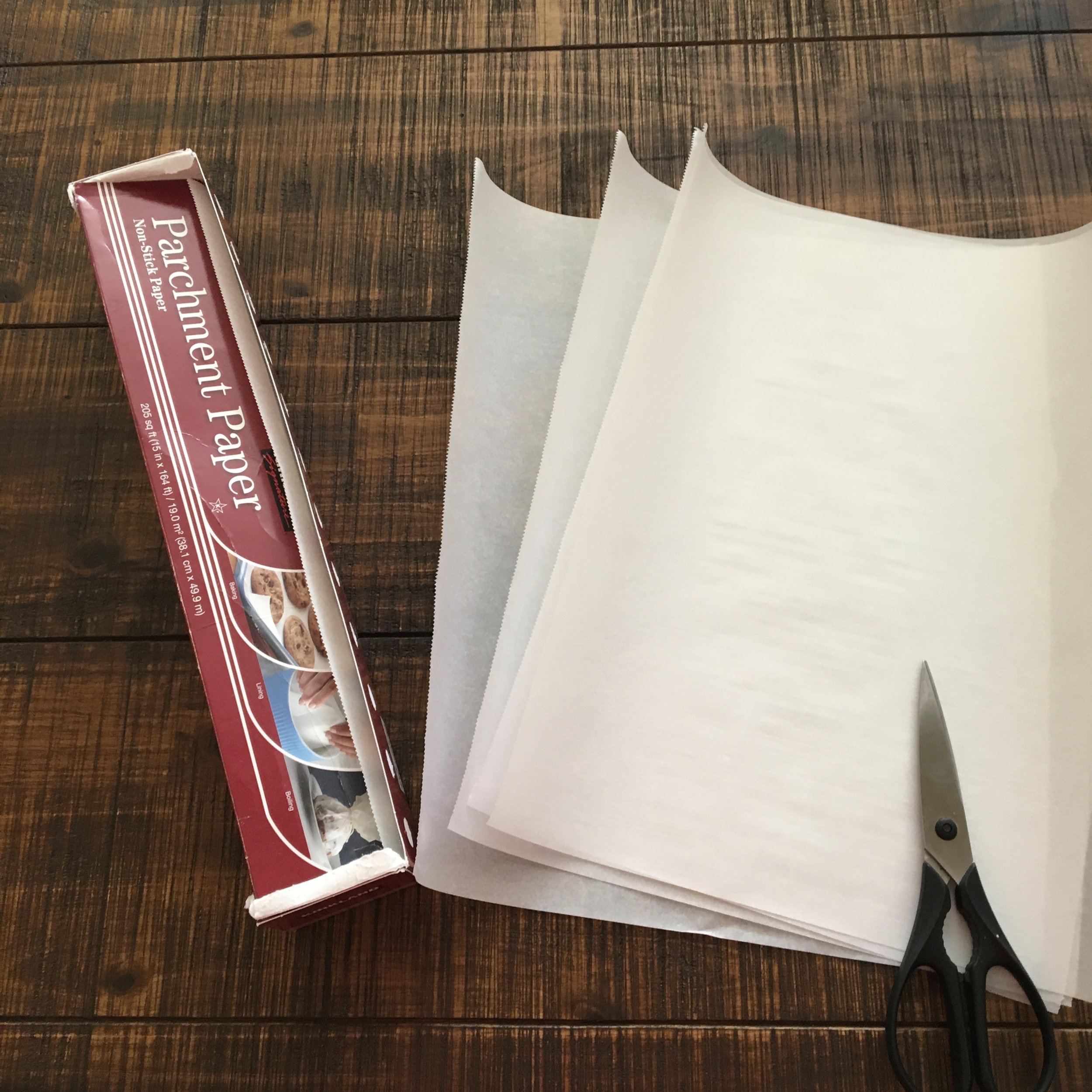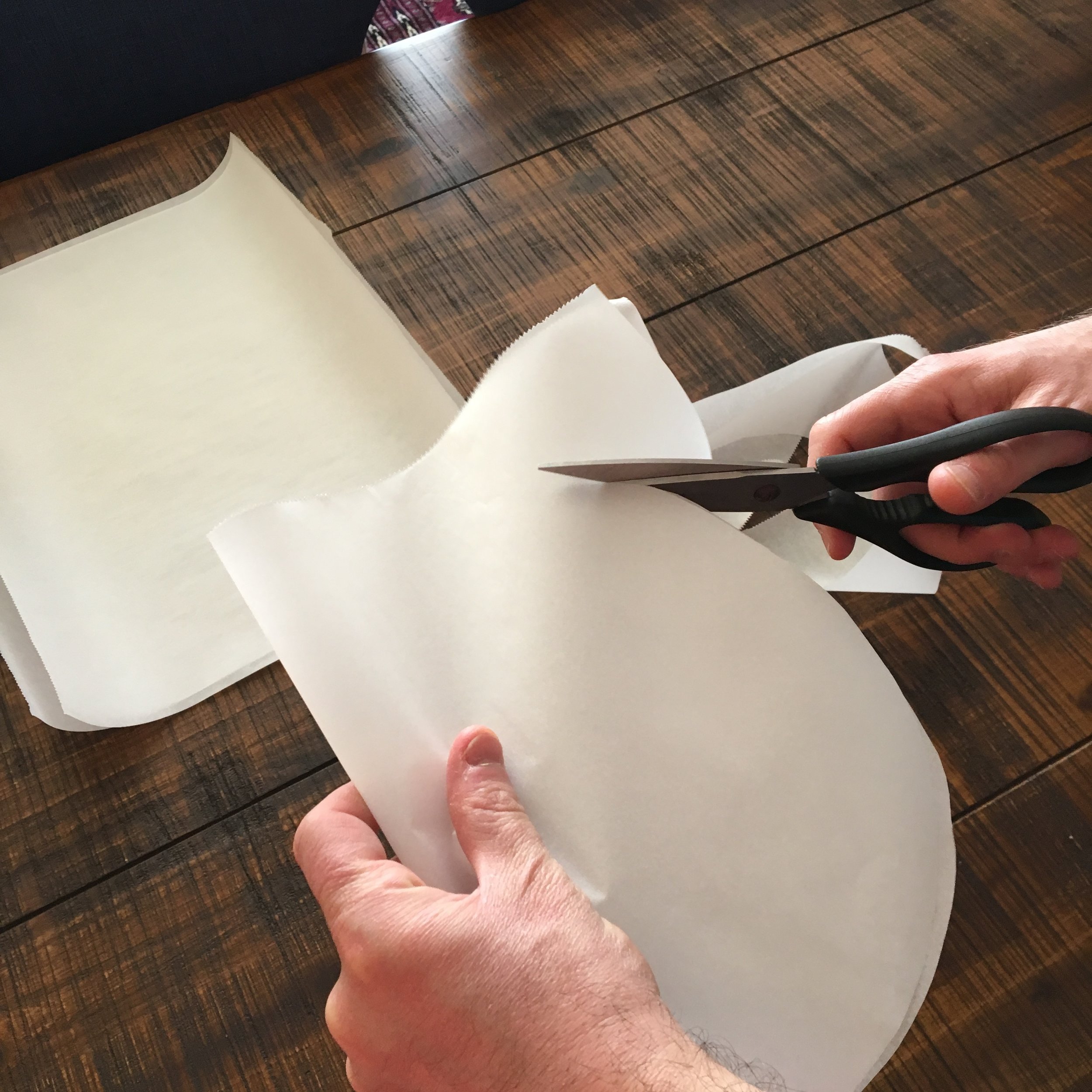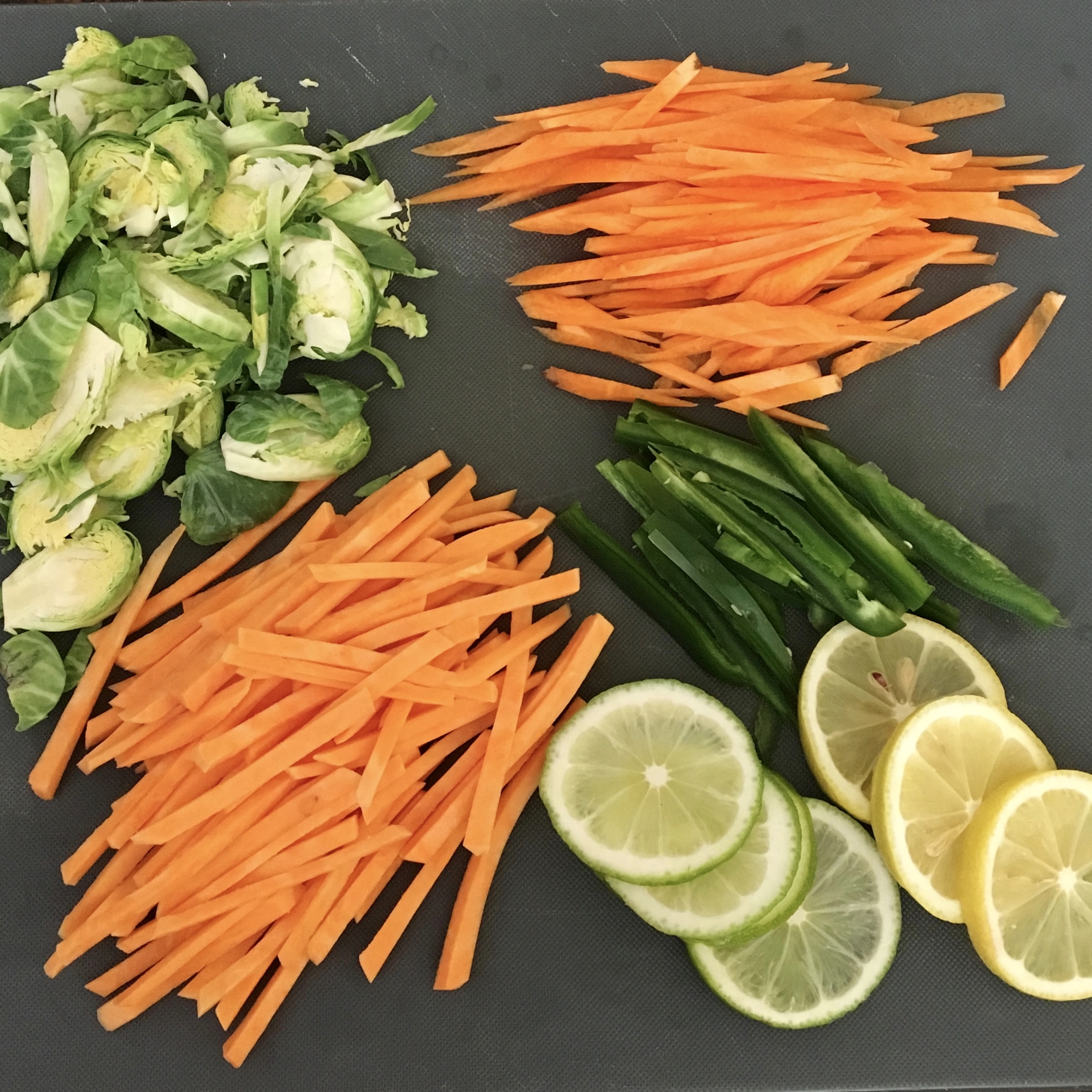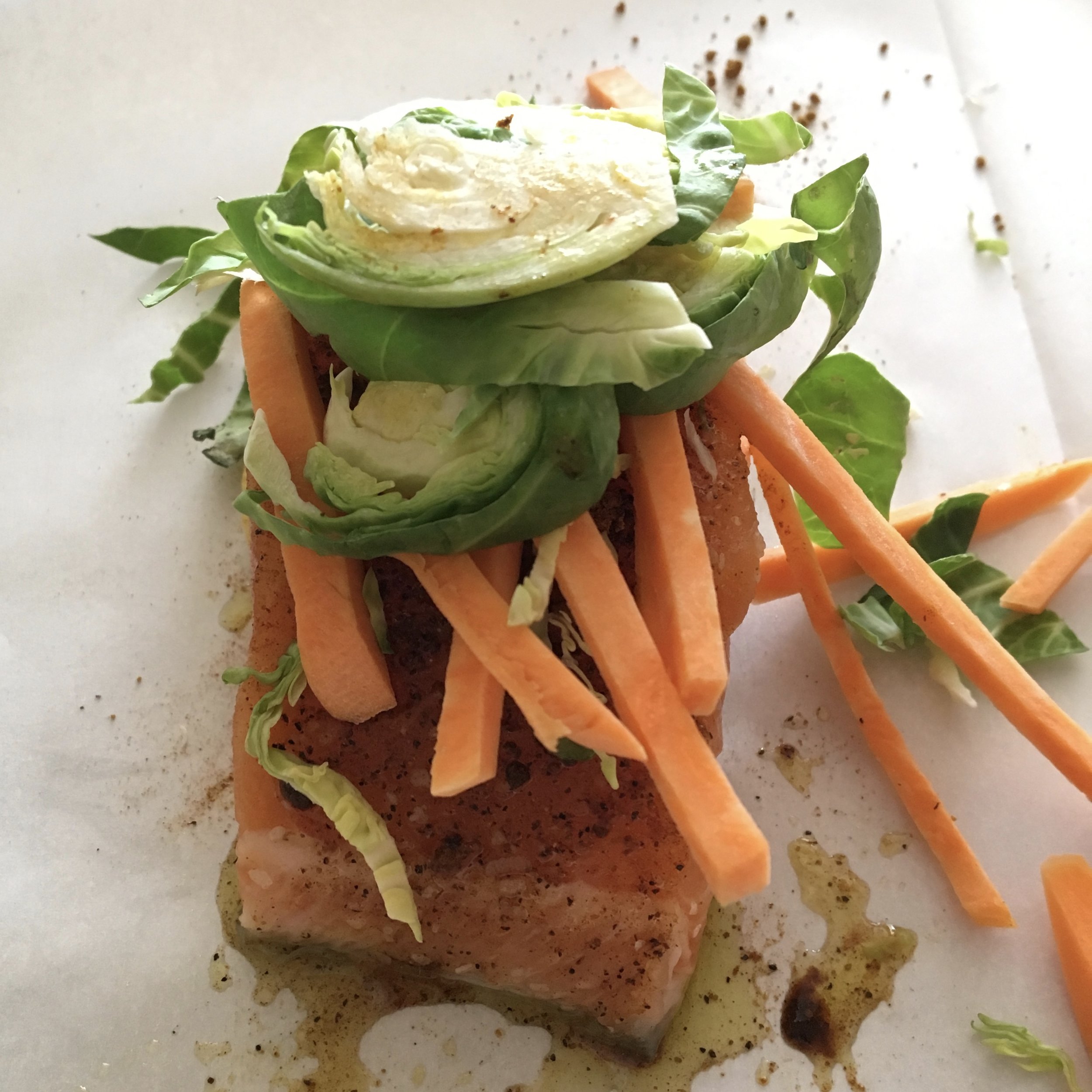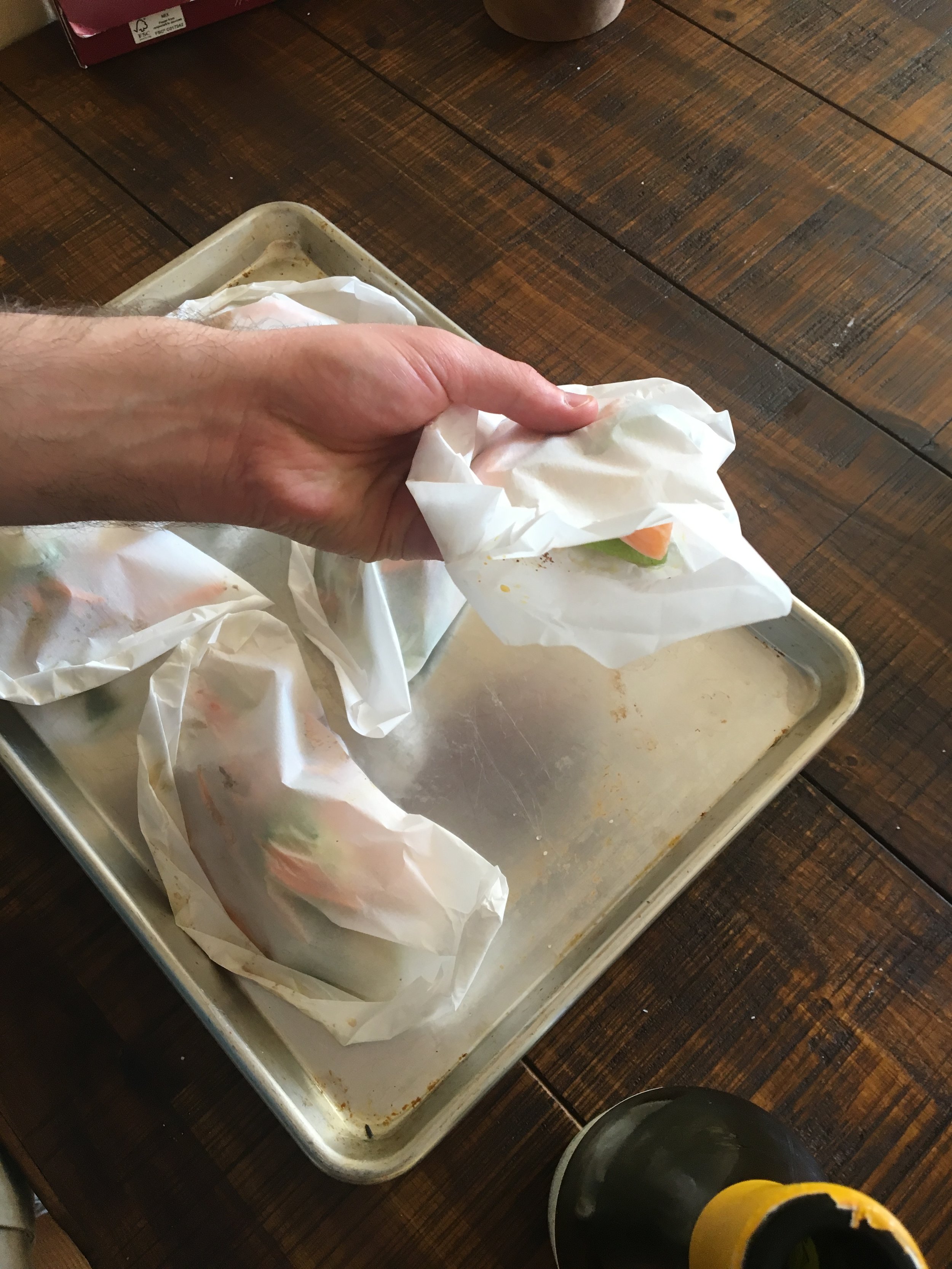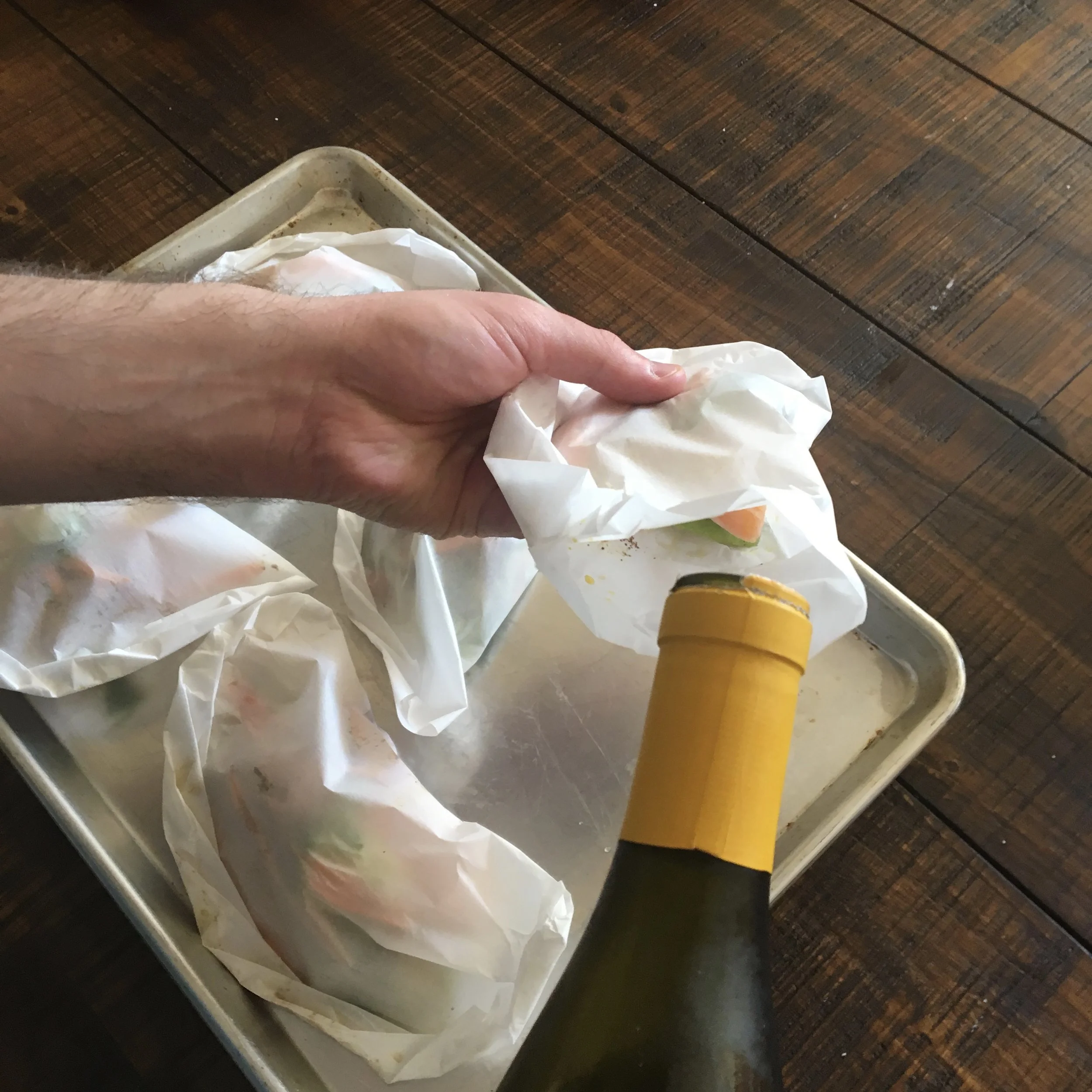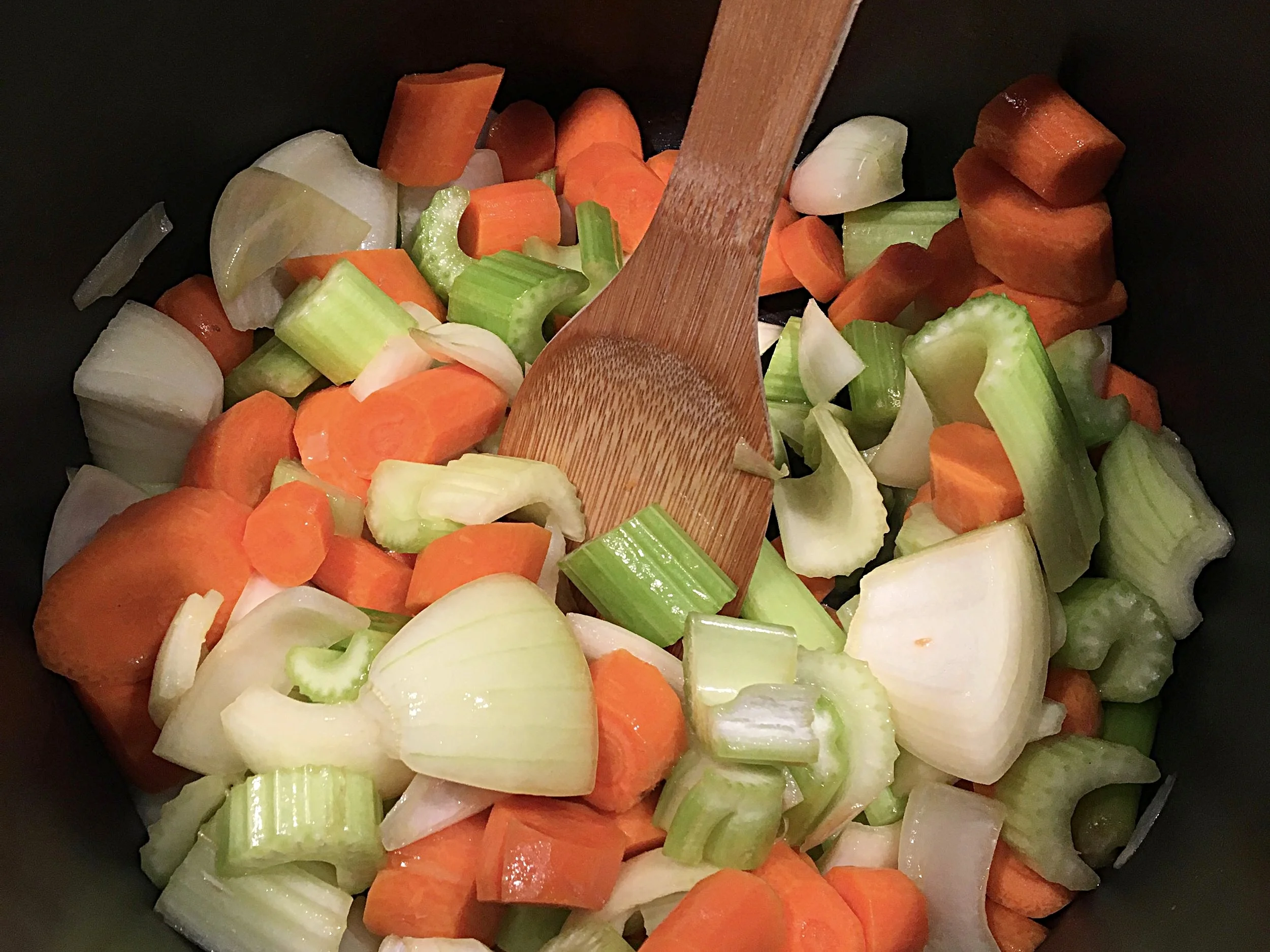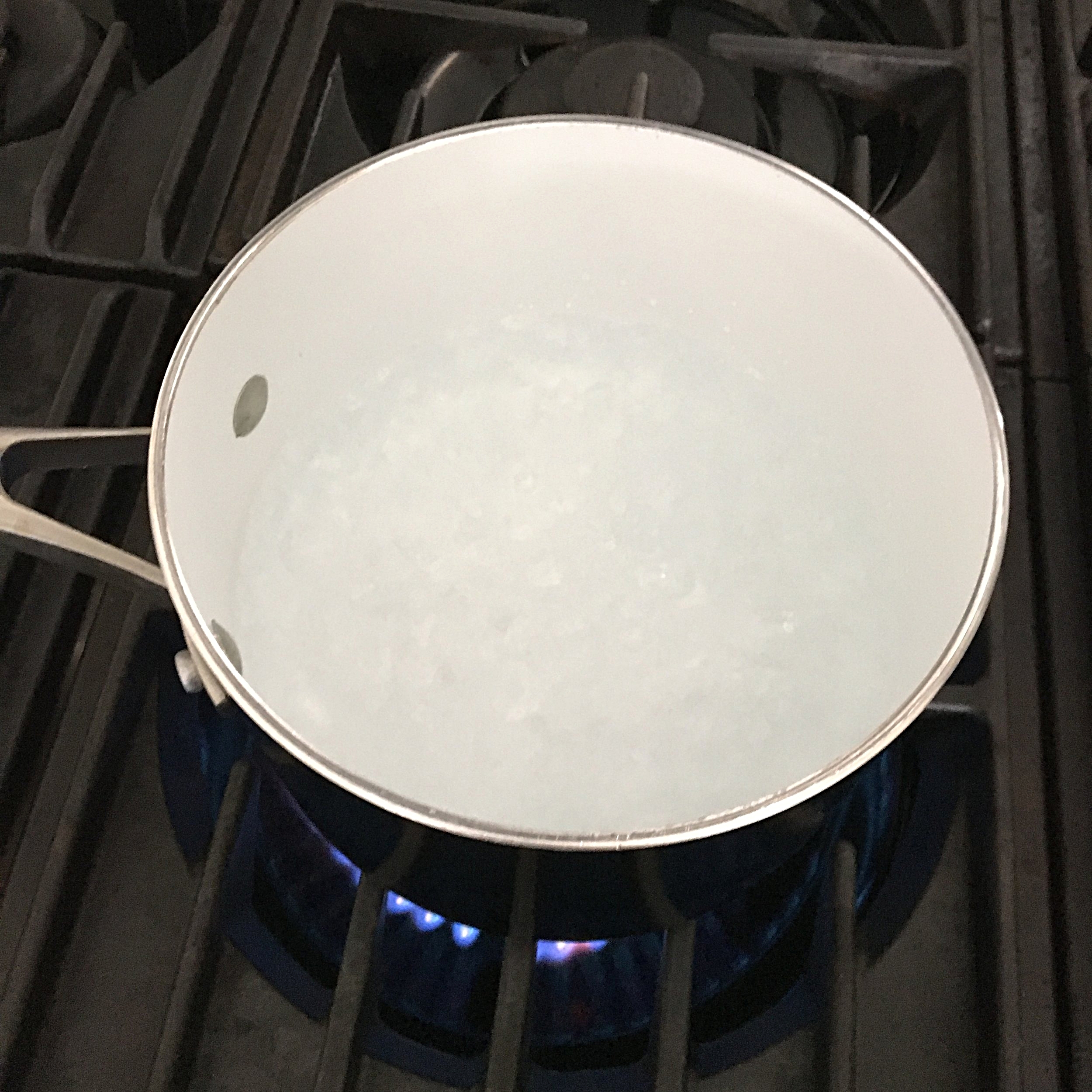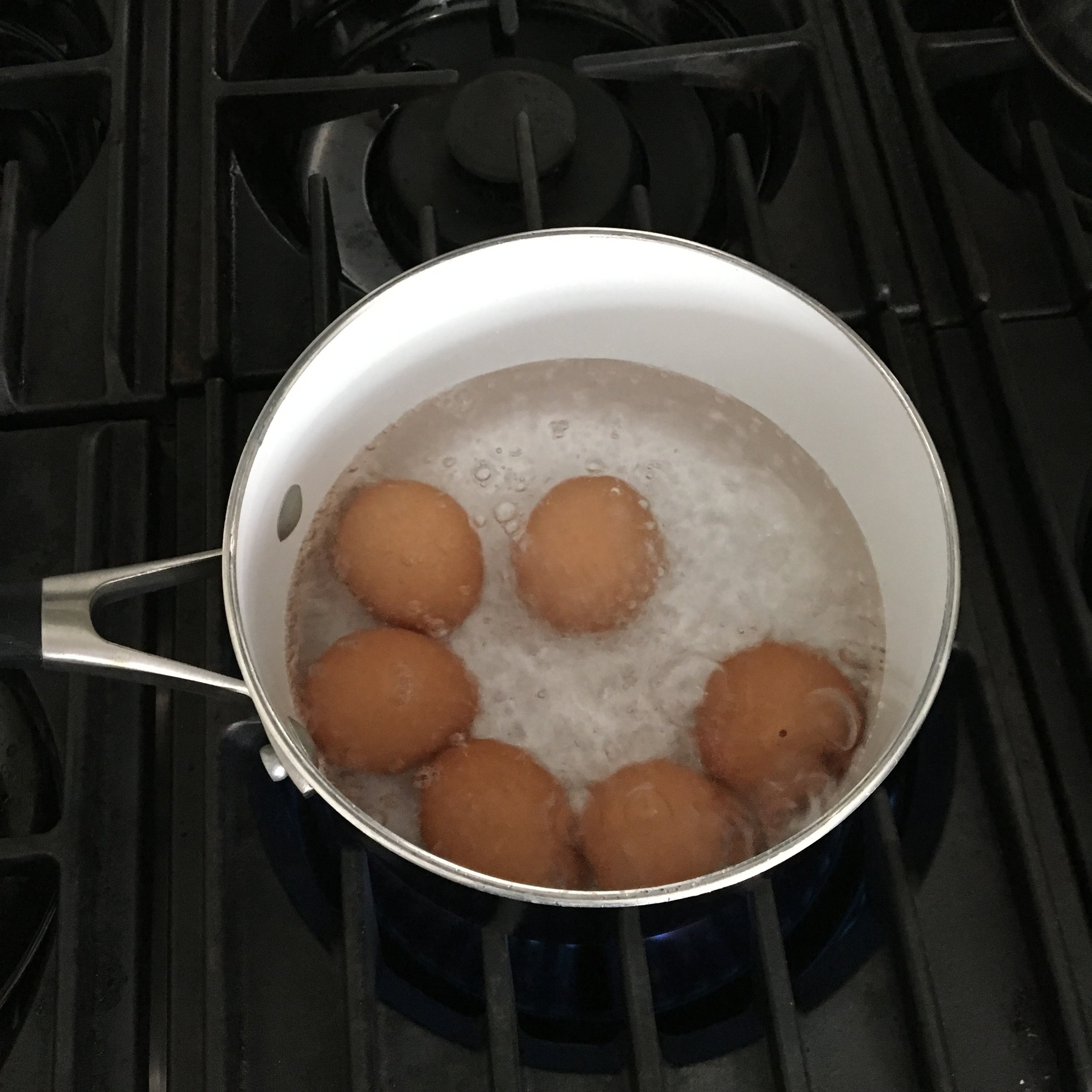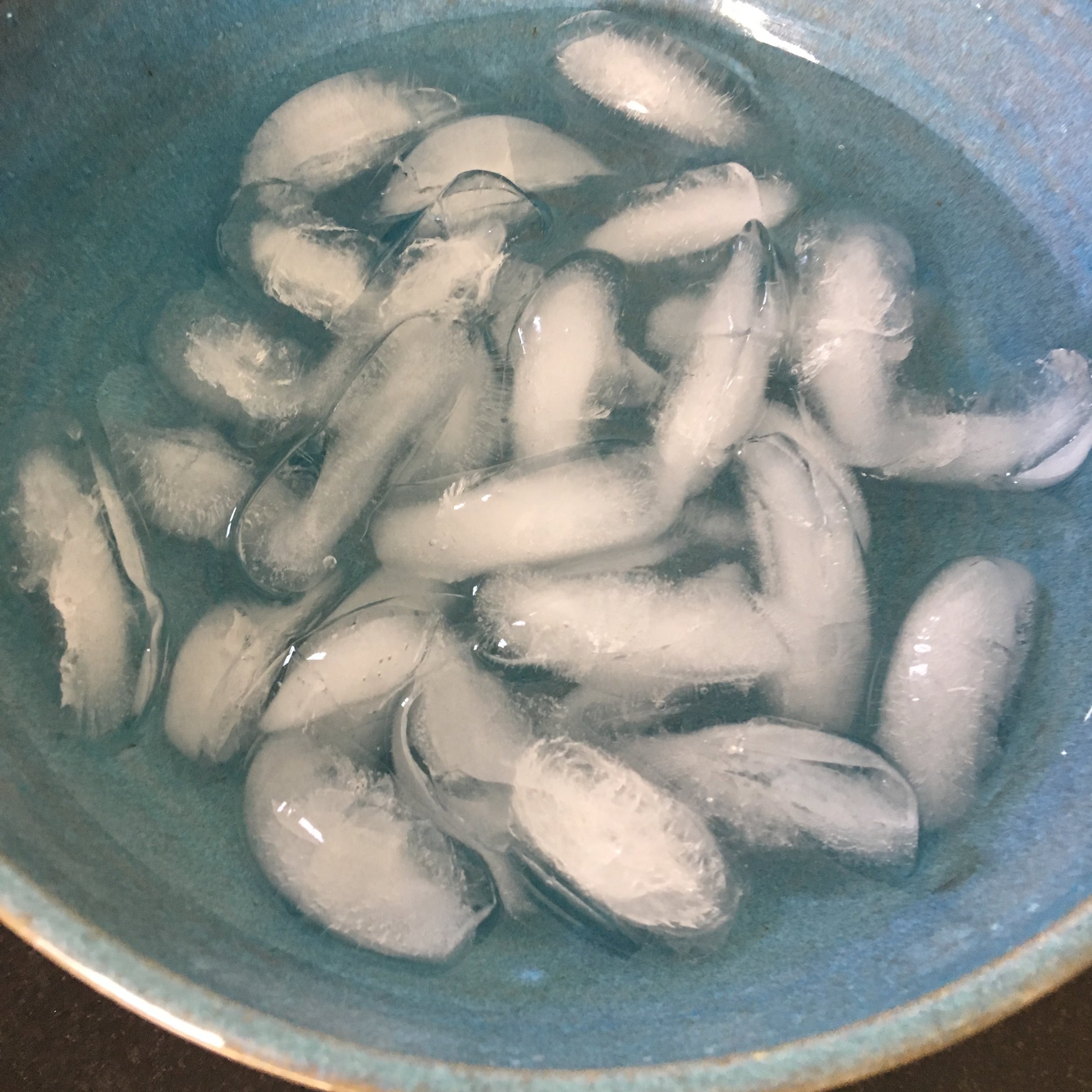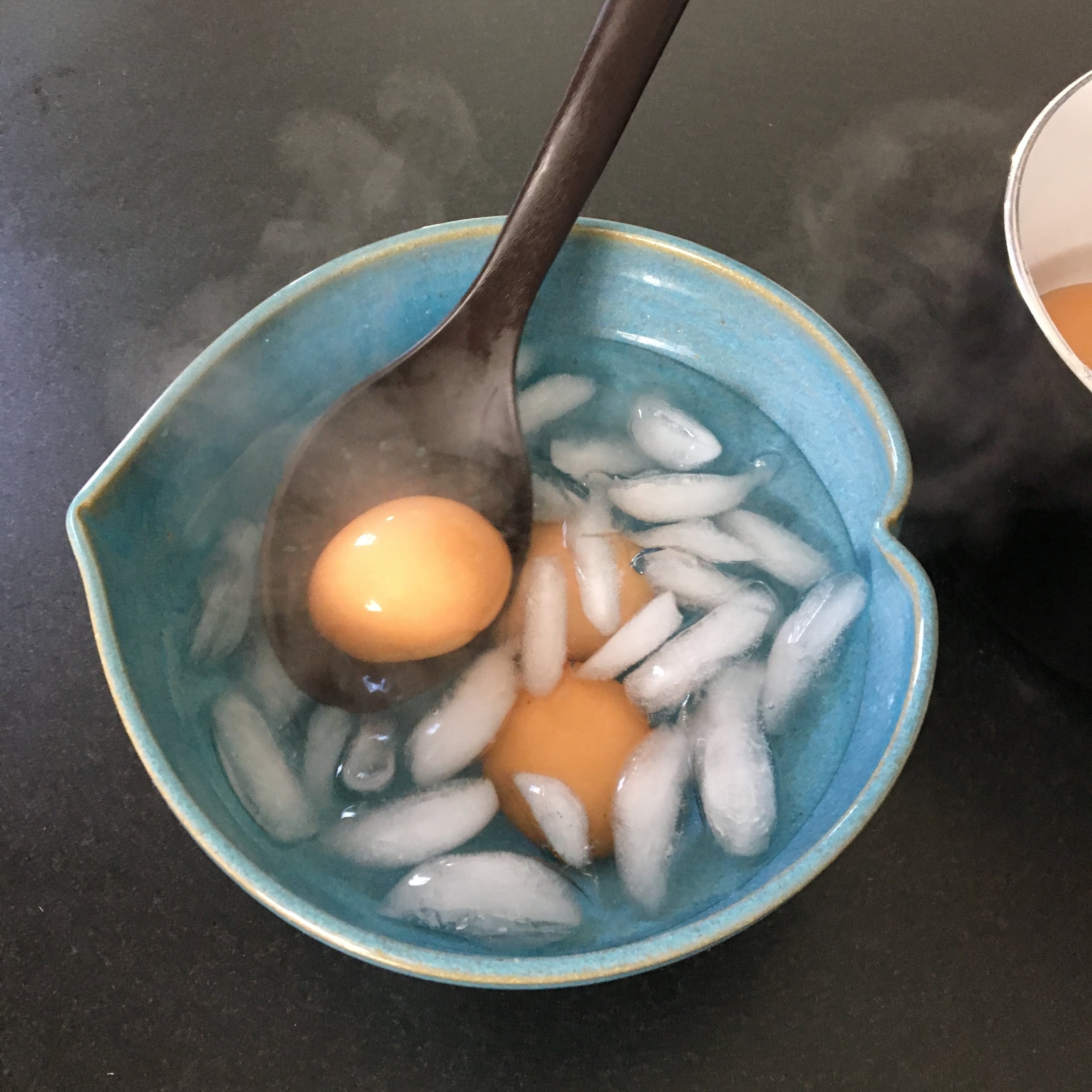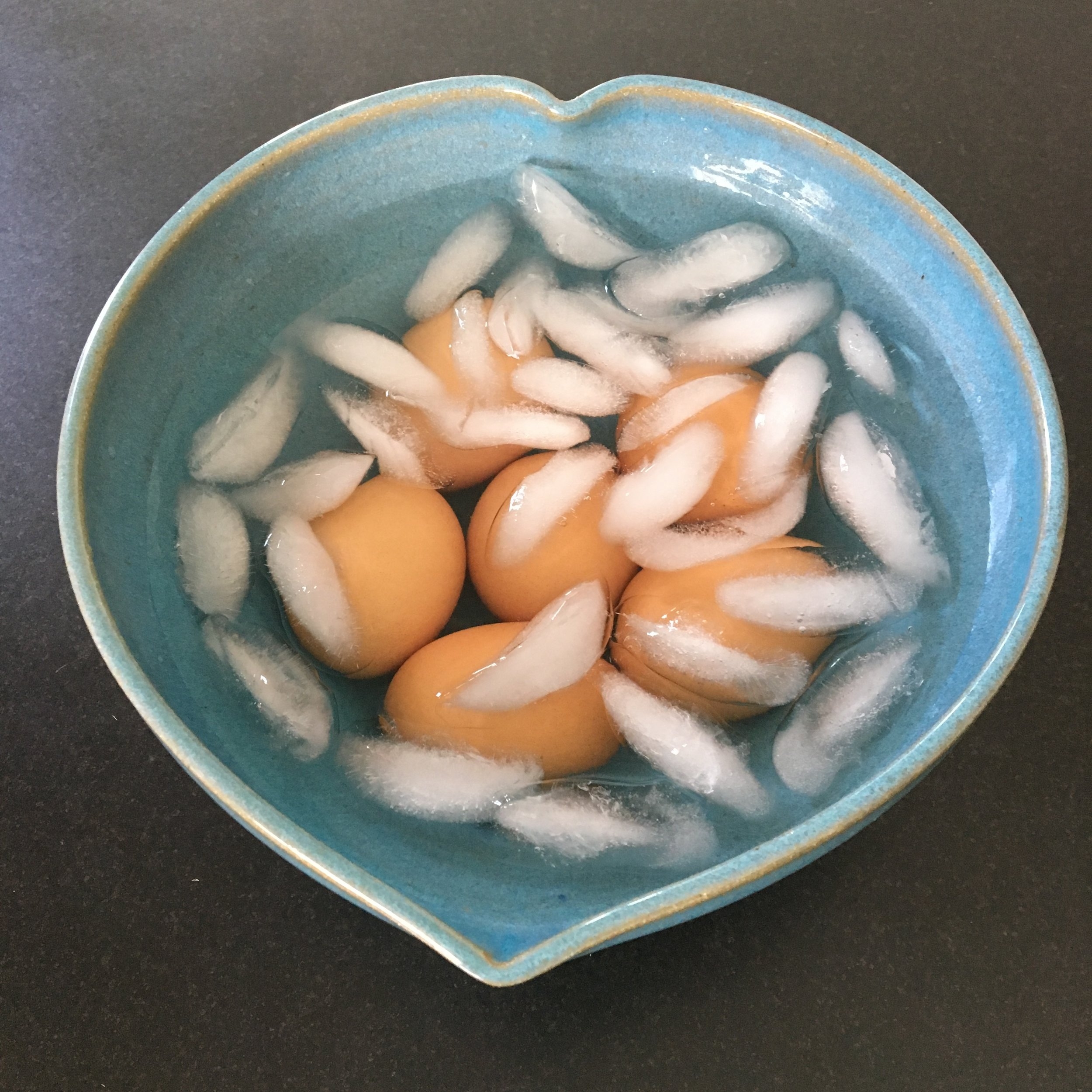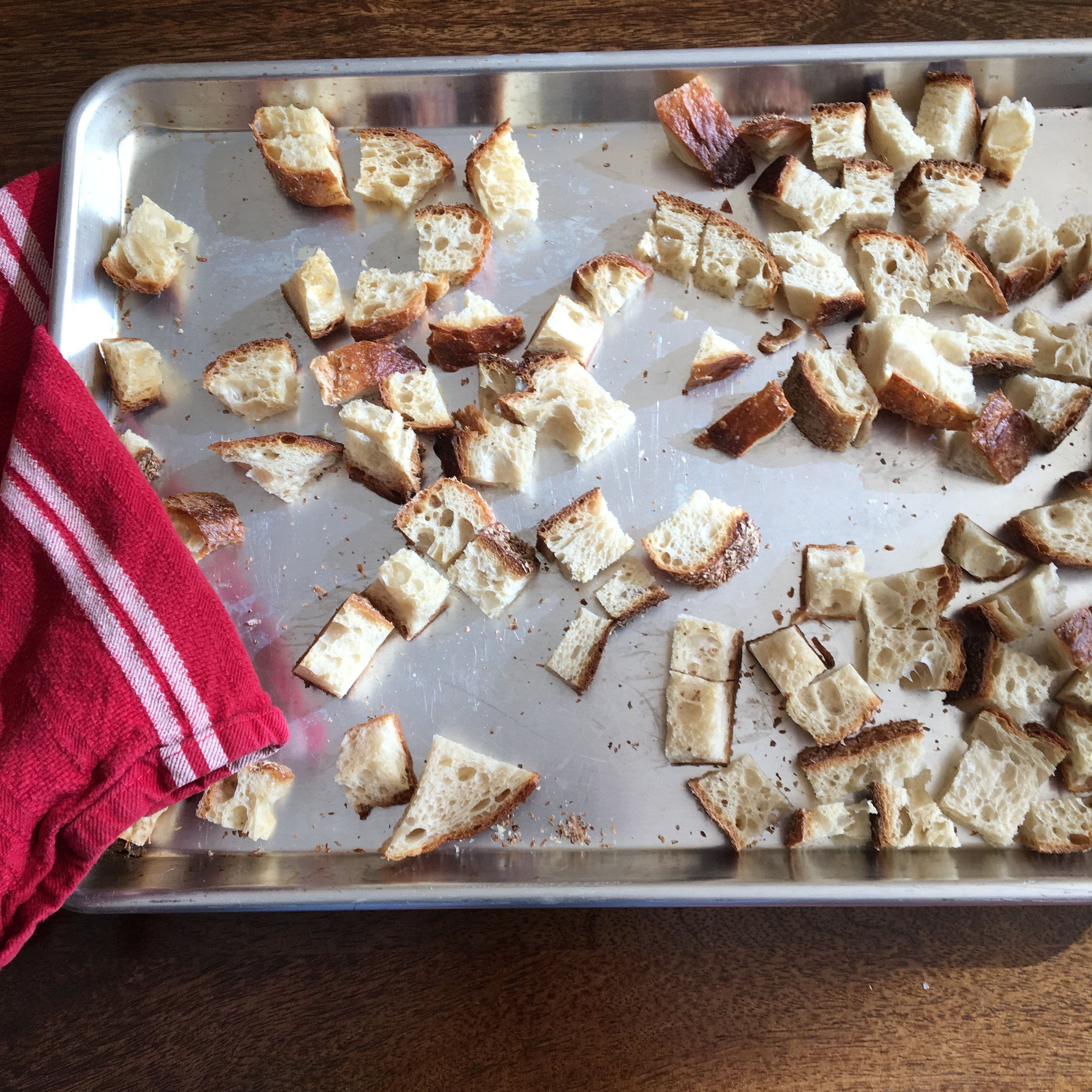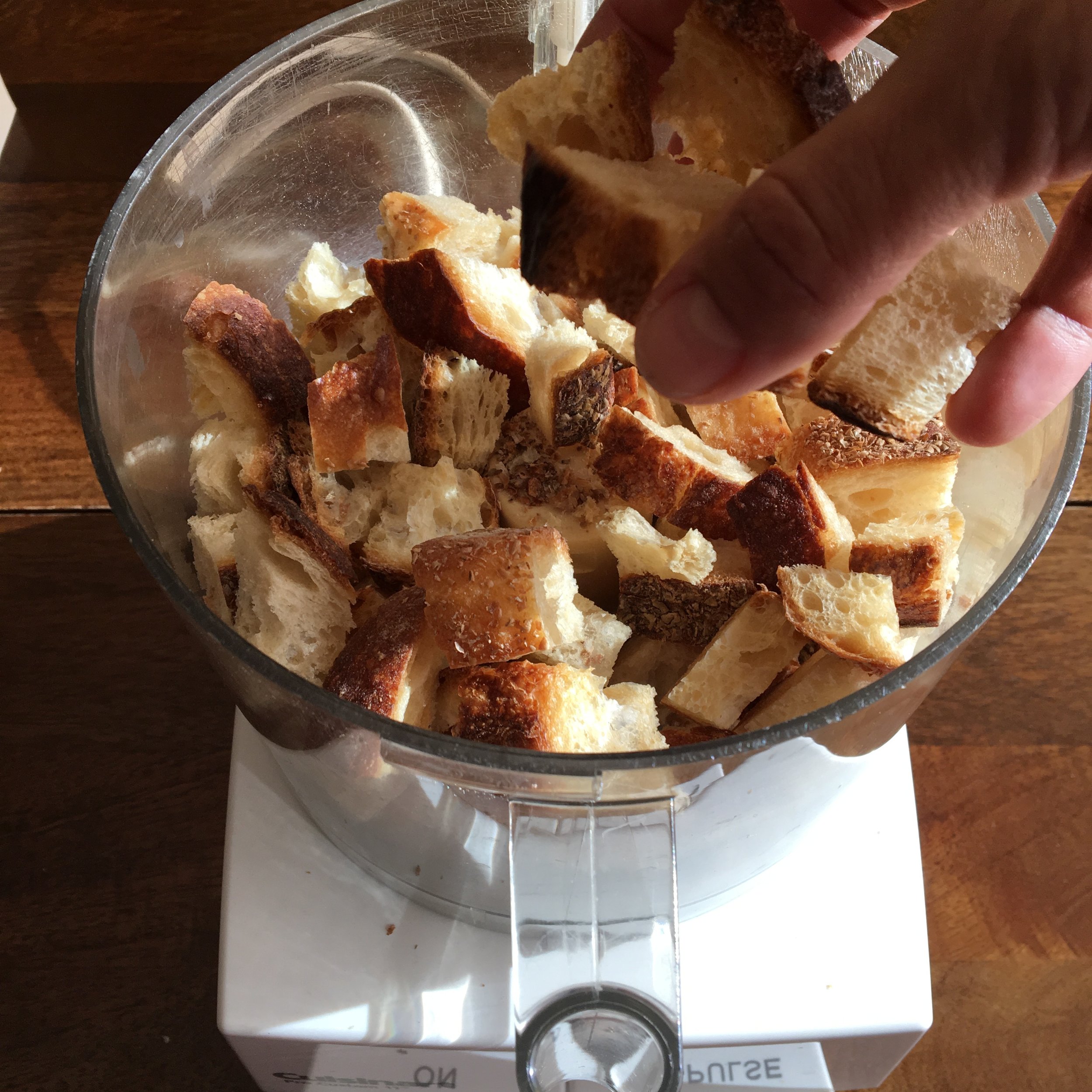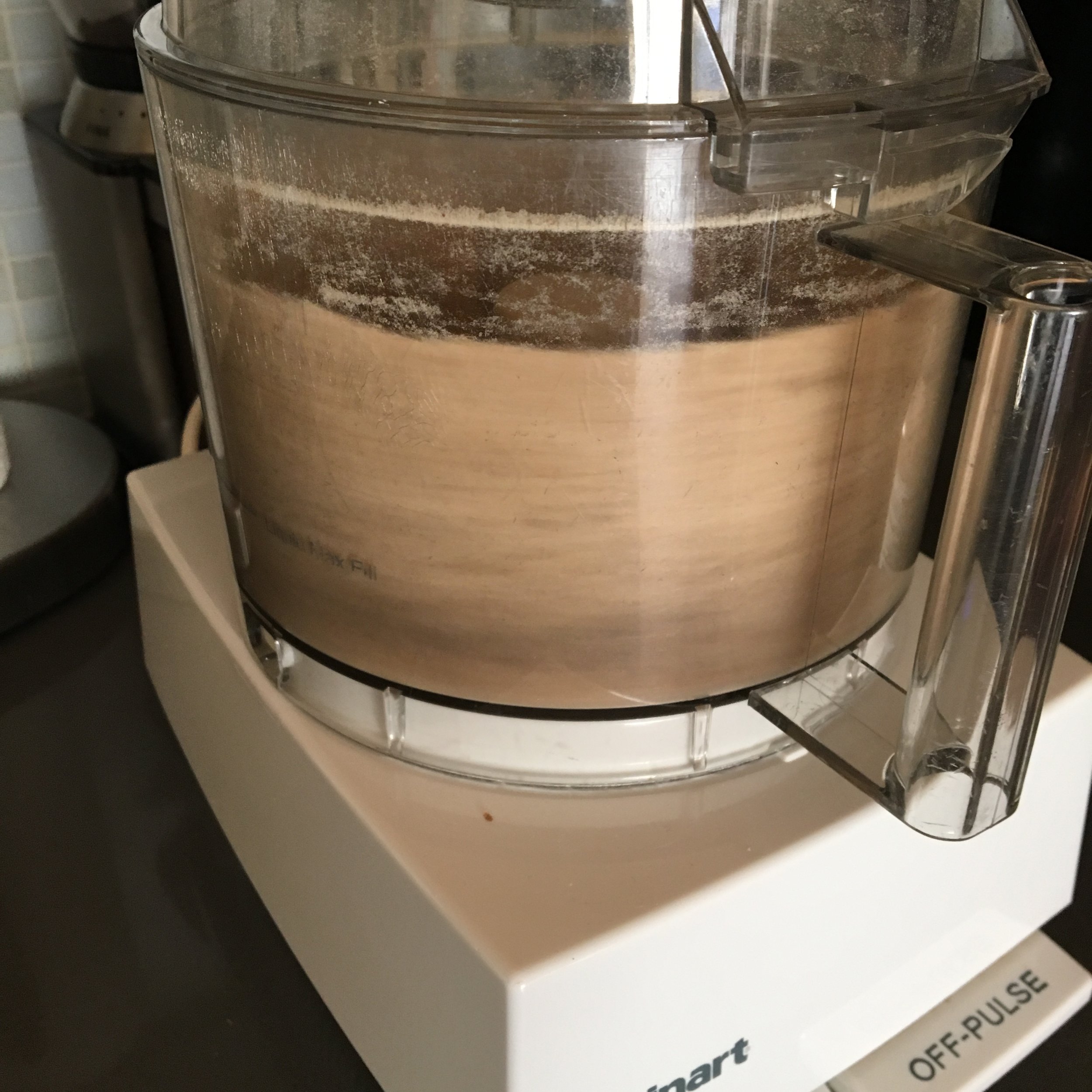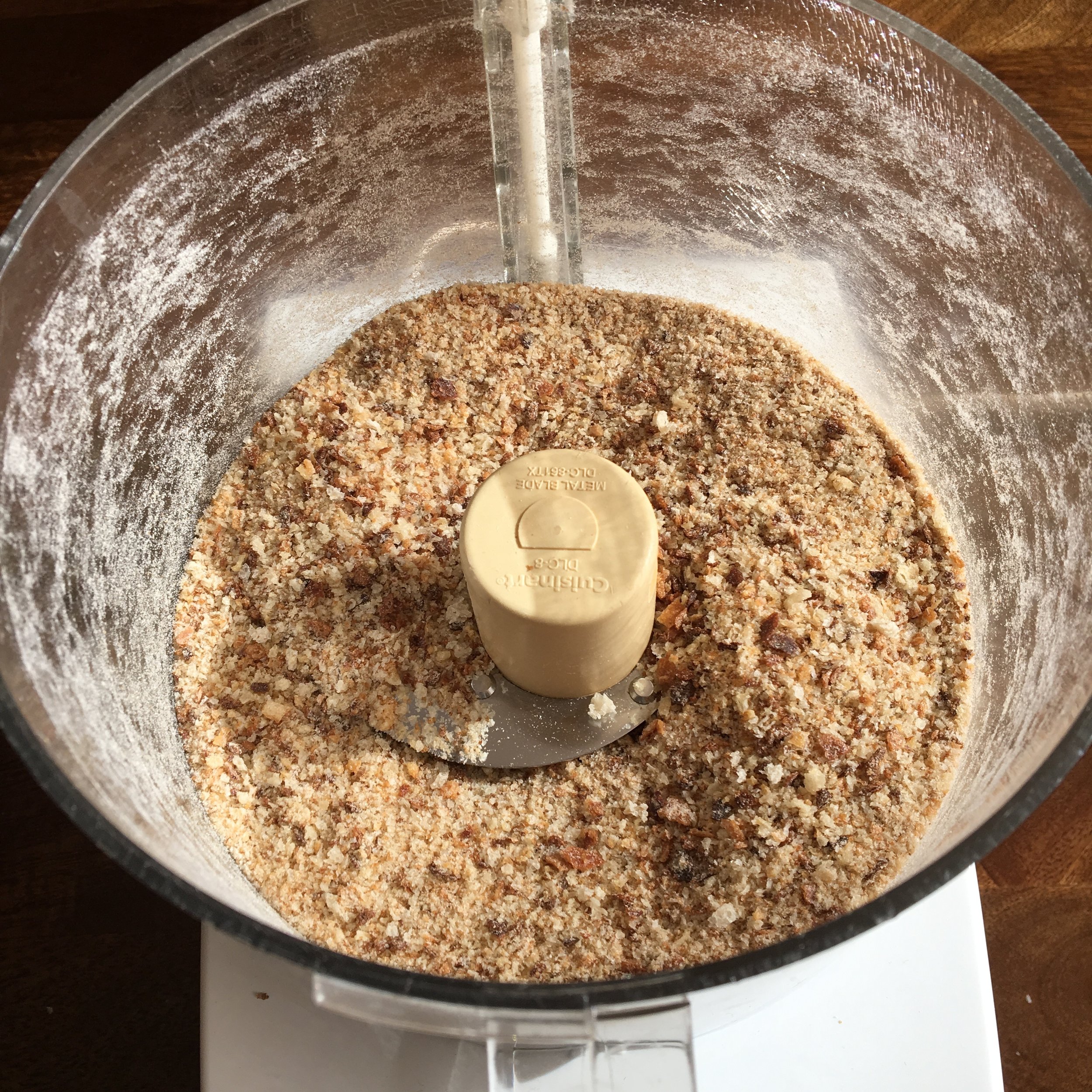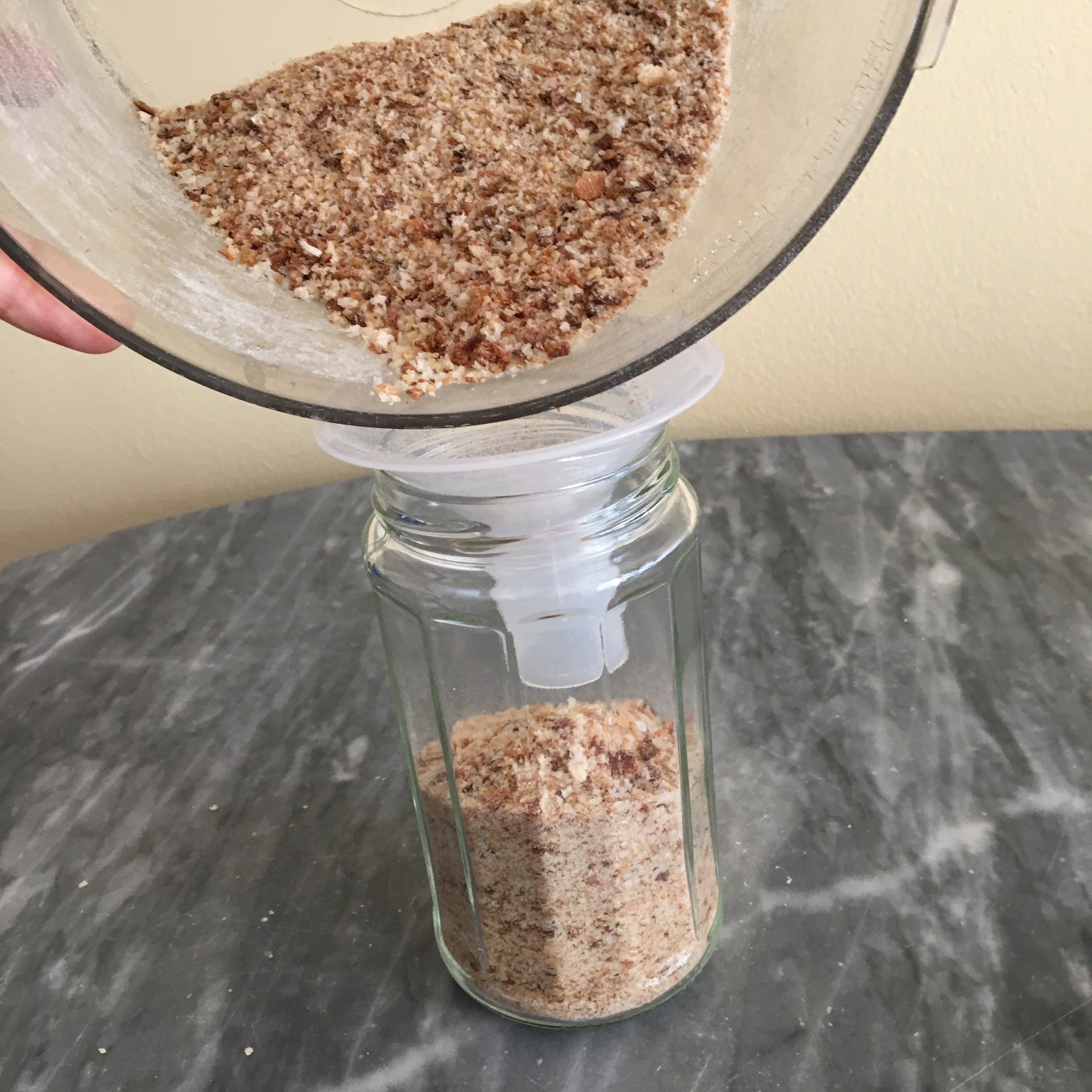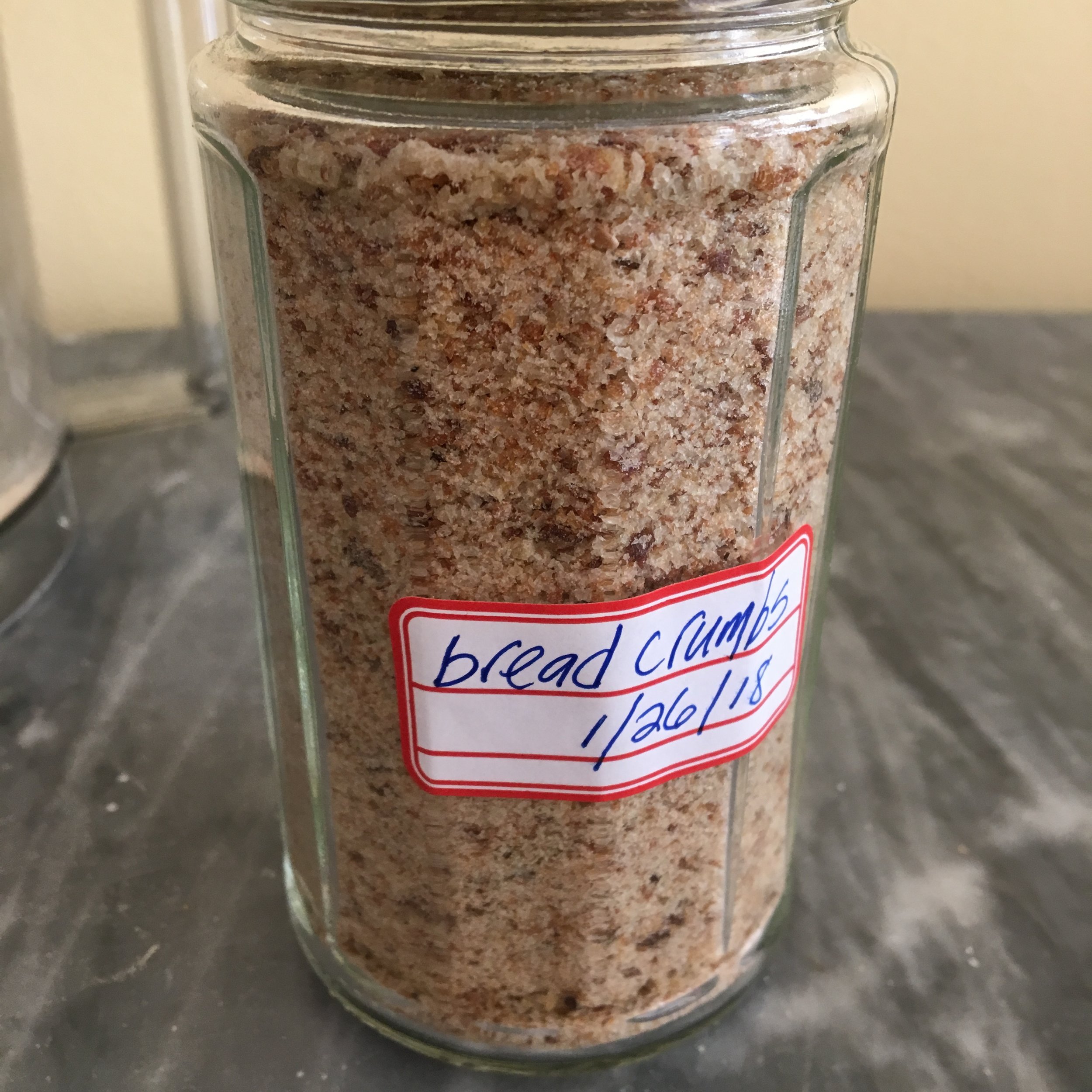Many years ago, before I attended the Natural Gourmet Institute's chef training program focused on health-supportive cooking, my understanding of low-sugar or sugar-free desserts was quite different. Then, I typically substituted Splenda or another artificial sweetener for cane sugar in conventional chocolate chip cookie or cake recipes. However, I have since learned to use naturally sweet, plant-based ingredients and enhance them with effective culinary techniques to create decadent desserts without added sugars or artificial ingredients. As a result, my tolerance for overly sweet desserts has decreased, and I now prefer treats with less sugar overall.
Here are my tips for preparing naturally sweet, low-sugar desserts. And some of my favorite desserts, many of which incorporate more than one of these strategies.
Tip #1 Add Air
Looking for desserts with less sugar? You might be surprised to learn that incorporating airiness can compensate for the reduced sugar content. You can create light and flavorful options like sorbet and mousse by whipping air with a blender or food processor into frozen fruit or melted chocolate. The delightful, cloud-like consistency turns simple frozen fruit into a decadent dessert. Natural emulsifiers and thickeners such as silken tofu, nut butter, bananas, and avocados also contribute to a wonderfully creamy texture. Side note: whipped cream doesn’t need added sugar!
My favorites: 2-Step Seasonal Fruit Sorbet (shown in photo), Banana N’ice Cream, Silken Dark Chocolate Cashew Butter Mousse
Tip #2 Use Dried Fruit
Sweeten desserts naturally by incorporating dried fruits such as dates and raisins. Pulse pitted dates with other dried fruits, nuts, cocoa powder, or spices to create subtly sweet energizing bars or bites. Alternatively, soak the dried fruits in hot water to rehydrate them before blending them into cake batters or custards for added sweetness. Using dried fruit or date sugar also adds the nutritional benefits of vitamins and fiber, which are found in whole fruits. Additionally, it enhances the depth of flavor and interest in your desserts!
My favorites: Pumpkin Seeded Date Nut Balls (shown in photo), Spiced Sweet Potato Custard
Tip #3 Caramelize
When you cook fruit, vegetables, and even grains by toasting, roasting, grilling, or you brulee to get some color, texture and caramelization, you bring out the natural sweetness and deepen flavors that you didn’t even know were there. Try this with apples, peaches, pineapple, mango, and even sweet potatoes or nuts to achieve dessert flavors and complexity with produce alone.
My favorites: Baked Apple Crumbles in their own Juice (shown in photo), Grilled Pineapple
Tip #4 Dark Chocolate
No surprise that chocolate is a delightful sweet treat, and dark chocolate is a great option as it contains less sugar and can also be dairy-free. It offers numerous health benefits, including antioxidants, improving heart health, and providing essential minerals like magnesium, iron, and zinc. Additionally, dark chocolate can help boost your mood—there's a reason J.K. Rowling chose chocolate as the antidote for Dementors!
You can enjoy dark chocolate alone or combine it with fresh or dried fruits, nuts, nut butter, eggs, and coconut. It can also be used to make delicious truffles, pudding, and confections with little to no added sugar.
My favorites: Dark Chocolate Dipped Strawberries or Dried Apricots, Almond Cookie Butter and Jelly Cups in a Dark Chocolate Shell (shown in photo)
Tip #5 Reduce
To create a wonderfully sweet and intensely flavorful dessert, make a reduction. Cooking down fruit intensifies its flavor while reducing juice, wine, and even vinegar enhances the sweetness and highlights dimensions like minerality and acidity. Fruit-based desserts, such as pies, tarts, and cobblers, require less sugar when the fruit is reduced over high heat, allowing liquid to evaporate and natural flavors to intensify into jamminess. Consider dishes like Bananas Foster and Cherries Jubilee, where the caramelization of natural sugars and a reduction eliminate the need for added sugar. Alternatively, you can cook down juices to create a drizzling sauce.
My favorites: Plum Tarte Tatin (shown in photo), Peach Galette, Poached Pears in Apple Cider Reduction
Tip #6 SPICE IT Up
To enhance flavor and compensate for reduced sugar, consider adding warming spices such as cinnamon, cardamom, and ginger. These spices not only bring interest and depth but also offer their own natural sweetness. You can infuse whole spices into custard mixtures or simmering liquids, while ground spices work well in batters and doughs.
My favorites: Spiced Dark Chocolate Pot De Creme, Chai Latte Ice Cream, Spiced Squash and Apple Crumble Bread
Keep in mind that you can reduce sugar in recipes to maintain overall flavor and sweetness, but it's important to proceed with caution. Sugar often contributes to the texture and moisture of baked goods, and it helps batters spread, particularly in cookies. Therefore, don't simply omit or drastically reduce sugar without considering its role in the recipe.

